



































































































































































































































































































































































































































































































































































































































































































































In the current climate and in the period of flux, which we are heading into over the next couple of decades, it is probably a good idea if people in the trucking industry act more like meerkats do in the deserts of Namibia, and less like the hyenas do on the plains of the Serengeti, where it’s dog eat dog.
What on earth do I mean by this? Well, it’s pretty simple, meerkats all have to work together in order to stay alive and avoid their many predators. They all have to eat, but although they will compete for food, they also work cooperatively.
A group will be foraging. somewhere in the bush in Southwest Africa, and one of them will stand up on its hind legs and constantly peer around to see if there is any danger approaching. What they’re doing is keeping an eye on things, seeing how things develop and then after a while they can put the head back down and start to forage for themselves. At the same time, another in the group will stand up and constantly keep an eye on things and see just exactly how things are travelling.
It is a little far-fetched to compare ourselves to this small group of furry animals somewhere in Africa, but we have exactly the same problem. Trucking operators need to work hard to survive, it’s a cut-throat business, margins are extremely tight and you need to keep your eye on the job in hand at all times to ensure that it gets done and gets done efficiently.
Management attention is on keeping
the operation running smoothly. When something else has just appeared on horizon and it would be a good idea for those people running a transport operation to have a good look at what it is, their attention is held by the day to day of the operation.
What is coming is the drive towards zero emissions and what that means is a myriad of technologies, ideas, developments will be coming over the horizon towards the transport industry and we need to keep an eye on them and we need to be prepared for the implications of these changes.
There are many people in transport, who don’t have enough time to have a good look around, examine all the factors and look at all the possible options available to them, or determine how those options compare. They have to keep their attention on the trucking business.
PUBLISHED BY
Prime Creative Media Pty Ltd
ABN 51 127 239 212
379 Docklands Drive, Docklands VIC 3008 Australia
Telephone: 03 9690 8766
Fax: 03 9682 0044
Email: enquiries@primecreative.com.au
Chief Executive Officer: John Murphy
Managing Editor: Geoff Crockett
Editor: Tim Giles
Contributor: Bob Woodward
Correspondent: Will Shiers (UK)
Advertising Manager:
Trevor Herkess: 0411 411 352, trevor.herkess@primecreative.com.au
Client Success Manager: Salma Kennedy, salma.kennedy@primecreative.com.au
Production Manager: Michelle Weston
Circulation & Subscriptions Manager:
Bobby Yung
Head of Design: Blake Storey
Designer: Cat Zappia
Official Media Partners: REGISTERED BY

If the industry works together and acts more like the meerkat, everyone takes it in turns to have a look at this technology and all will end up with some form of group knowledge from which everybody can benefit.
At the end of this process, if the knowledge is shared, everybody has been able to carry on and run their own business and remain profitable. At the same time, a pool of knowledge will have developed which the industry can share, in order to push forward into the new brave new world of zero emissions, without making mistakes which could prove to be extremely costly, or going down the wrong technology route.
Australia Post - ISSN 1445-1158
SUBSCRIPTION
03 9690 8766
subscriptions@primecreative.com.au
PowerTorque Magazine is available by subscription from the publisher.
The right of refusal is reserved by the publisher.
Annual rates: AUS $60.00 (inc GST). For overseas subscriptions, airmail postage should be added to the subscription rate.
DISCLAIMER
PowerTorque Magazine is owned and published by Prime Creative Media.
All material in PowerTorque Magazine is copyright and no part may be reproduced or copied in any form or by any means (graphic, electronic or mechanical including information and retrieval systems) without written permission of the publisher.
The Editor welcomes contributions but reserves the right to accept or reject any material.
While every effort has been made to ensure the accuracy of information, Prime Creative Media will not accept responsibility for errors or omissions or for any consequences arising from reliance on information published.
The opinions expressed in PowerTorque Magazine are not necessarily the opinions of, or endorsed by the publisher unless otherwise stated.


DAF is a versatile all-rounder with the perfect combination of superior comfort and luxury for the driver and maximum vehicle efficiency for the operator.
So, you need a crane truck built to cope with the toughest conditions? There’s a DAF for that!
Whether your needs are distribution, long-distance haulage or construction, the versatility of DAF keeps you moving, and that’s good for business.
DAF.COM.AU
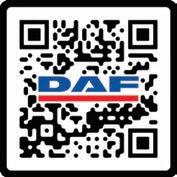
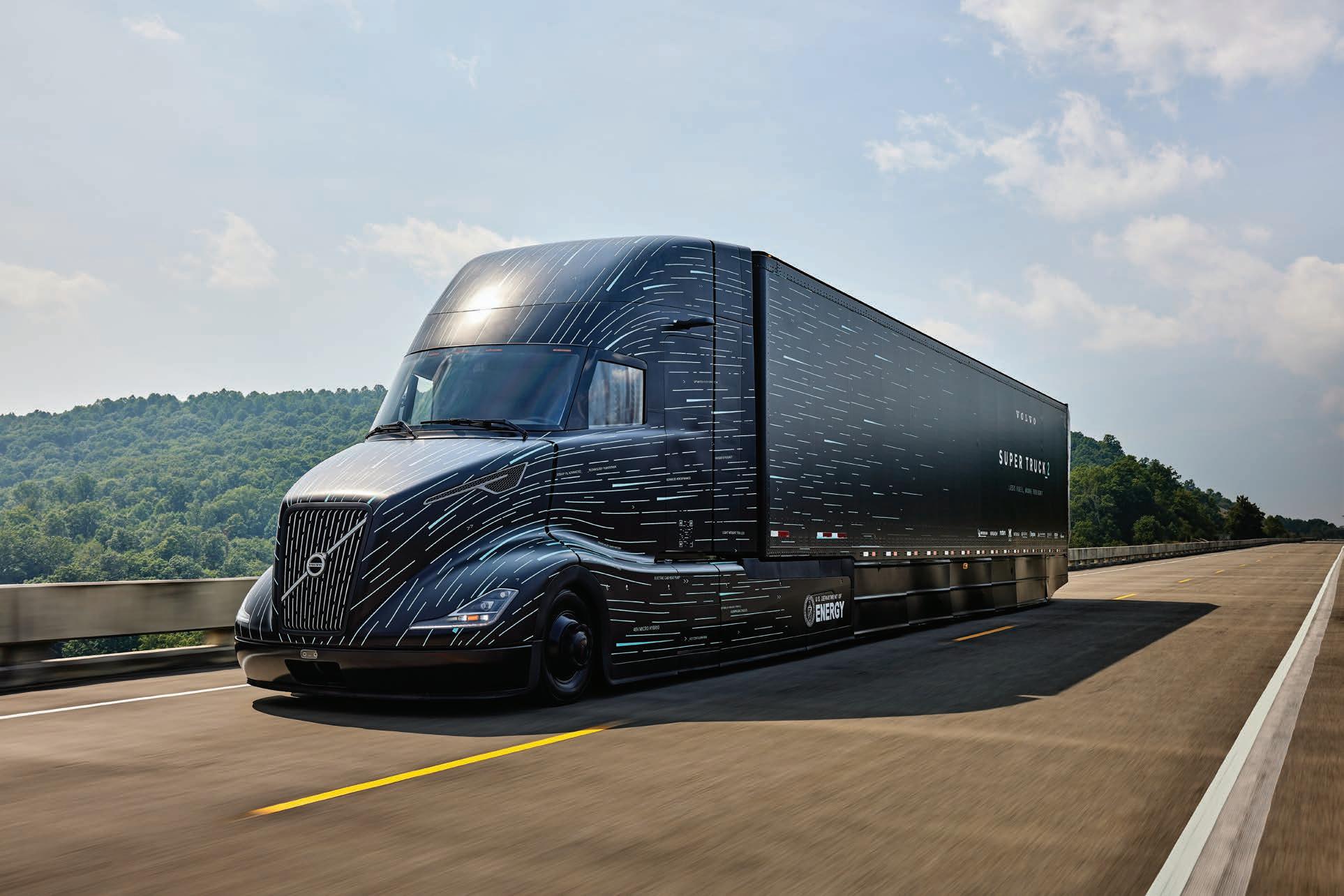
The three contenders for the Truck of the Year Australasia have been announced and the judging process begins on both sides of the ditch.
What the judges for the Truck of the Year Australasia are looking for in these trucks, is their ability to improve the outcomes for the owner, the driver and other road users, and to take the road transport industry forward.
The Volvo heavy duty electric range is now with us and the trucks are in contention for the coveted Truck of the Year Australasia award, to be presented in March in Christchurch New Zealand.
After a period of uncertainty, a reappraisal of the Hino brand and products sees new initiatives taking Hino forward into the next decade.
The entire trucking industry, as well as truck makers are on a steep zero emission learning curve as they grapple with the issues around reducing carbon emissions from trucks towards a zero target.
Developing a hydrogen refuelling station infrastructure is going to be a vital, but challenging task for the Australian economy and the transport industry.
70

PowerTorque’s European Correspondent, Will Shiers, crosses the Atlantic to bring us a glimpse into the future with Volvo’s SuperTruck2
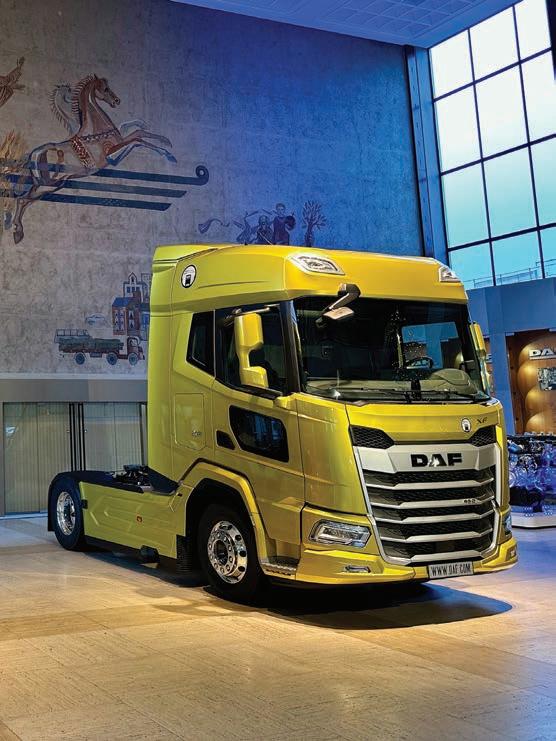
Harald Seidel, DAF Trucks President, speaks to Gianenrico Giffini, President of the International Truck of the Year Jury about the DAF Trucks plans when moving forward towards sustainable transport solutions.
56 USING THE NHVR’S NEW NATIONAL NETWORK MAP
In 2024, the National Heavy Vehicle Regulator (NHVR) is continuing to advance industry standards and improve how truck drivers access routing information on Australian roads.
58 DRIVING A SAFER FREIGHT FUTURE
Looking forward to the new technologies on their way, David Smith, Chair of the Australian Trucking Association, sets out the issues.
60 DAISY’S GARDEN SUPPLIES BLOOMS WITH ISUZU
The continued growth through a difficult period of life for landscaping company Daisy’s Garden Supplies almost defies all odds.
62 NOW IS THE TIME TO GET MOVING ON FUTUREPROOFING YOUR BUSINESS’ TECHNOLOGY
Data and connectivity is vital to the running of a modern trucking operation and on board data on a vehicle can be vital for compliance and/or safety, but some systems can be compromised.
74 LOOKING FOR ‘REAL’ MODULARITY
By the time this edition of PT hits the shelves the memories of 2023 will be dim. 2024 has brought new challenges, reckons Bob Woodward, but the more times change the more things remain the same.
77 TECH KNOW
A 36.5m AB-triple may not disassemble to a legal B-double, the 36.5m reference is too short for general freight. Air naturally contains a certain amount of moisture. If left unchecked, this moisture will cause corrosion and damage to pneumatic components, such as brake components, height control valves.
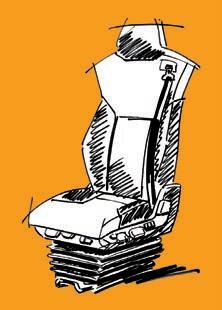
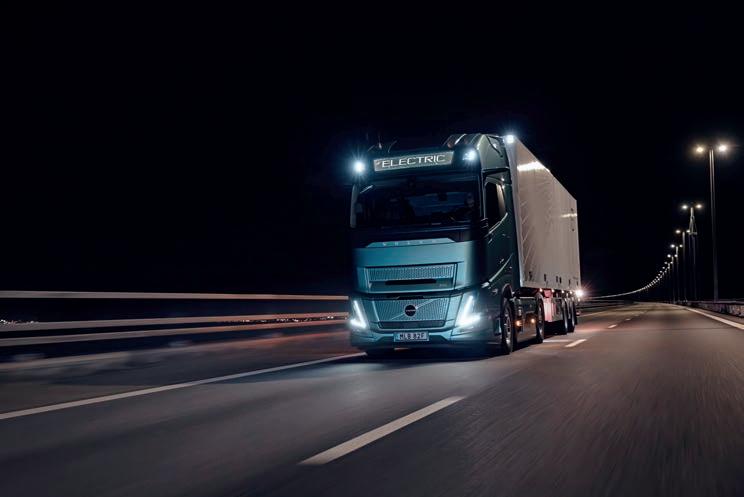
The National Heavy Vehicle Regulator introduced a new National Network Map on December 20, last year to help drivers plot their paths.
CEO Sal Petroccitto says the map aims to give transport operators and drivers greater access to any information they may need about Australia’s roads.
“For the first time, the heavy vehicle industry and road managers will be able to see national road network information in one central location,” he says.
“The new map supports improved heavy vehicle access efficiency and decision making by bringing together the statebased heavy vehicle networks and displaying them in the National Network Map.
“The launch of the new map will provide several key benefits by ensuring there is one single authoritative map to enable the heavy vehicle industry to route their journeys on approved statebased networks and allow for improved cross border access planning.”
Trucks has unveiled its new mighty 780hp FH Aero range, the most powerful offering from the company yet.
Volvo FH16 becomes the most powerful truck in the industry.
Available in diesel, biogas and electric powertrains, the vehicle manufacturer says it is another step forward in efficiency and safety for its
new Volvo FH Aero is our most efficient truck ever as we continue to reduce CO2 from our entire product
range,” says Roger Alm, President Volvo Trucks.
“This is a Volvo truck at its best – a safe, beautifully designed and superior quality truck for tough longhaul tasks, designed for the success of our customers.”
With a suite of new safety features and design changes, the new Aero truck models will be rolled out step by step to markets during 2024-2025 in four versions – the FH Aero, FH Aero Electric, FH Aero gas-powered and FH16 Aero.
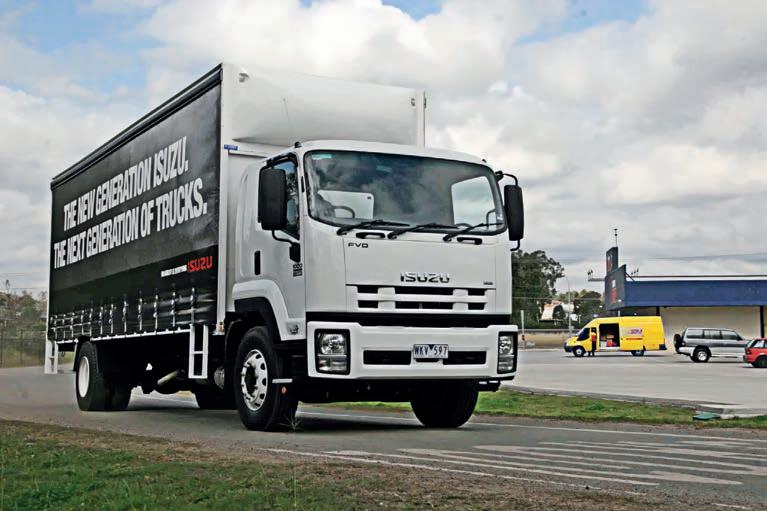
The figures show Isuzu once again topping the truck sales rankings in Australia, breaking the record for the most trucks sold in a year in Australia.
However, due to the rise in overall sale, Isuzu’s overall market share has slipped from over 30 per cent last year to 28.6 per cent in 2023.
The ongoing boom in truck sales in Australia saw yet another record breaking total number of trucks over 4,5 tonnes sold again last year, with 47,757 trucks sold in total. This is 3,378 more trucks sold than in the record breaking
2022 total. Isuzu have now been Australian truck market leaders for 35 years, a period in which the organisation here has grown from strength to strength and continues to set the standard for the other truck makers to follow in the market.
While the sales figures in each segment of the market are up on the previous year overall, it is in the heavy duty sector where the most powerful growth is occurring with the heavy duty market jumping from a record 14,966 in 2022 to an even higher 17,569 in 2023.
After a long and storied career with Hino, Takashi ‘Sam’ Suda has stepped down from the position of President and CEO of Hino Australia as of February 1, 2024.
He will be succeeded by Richard Emery, who brings over three decades of sales, marketing and business development experience in the global automotive and trucking industry, including previously as Vice President of Brand and
Franchise Development for Hino.
“Over the last two years, Richard has demonstrated his excellent leadership and management skills,” Sam says.
“He has built strong connections with our dealer partners and provided important strategic direction to our sales operations through a challenging supply environment.
“I am confident I am leaving Hino Australia in his capable hands.”

Glen Dyer has taken the reins as Iveco’s new head of Australia and New Zealand operations effective immediately, the vehicle manufacturer announced this week.
He has been working with the company since 2021, where he came on board as the head of sales and product.
Glen enters the role with nearly 20 years of transport industry experience, starting first with Mercedes-Benz UK as a regional sales manager.
“I’m looking forward to seeing what the future holds for Iveco and will work hard to build on Michael May’s strong foundations, ensuring that we deliver on every level for our customers,” Glen says.
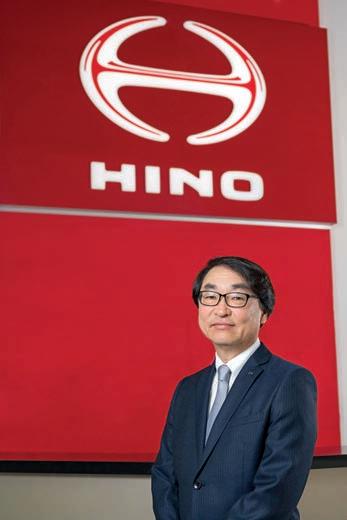
Mitsubishi Fuso has reported a strong sales result for the calendar year for its Daimler Truck brand. It increased its unit sales worldwide in 2023, selling 526,053 vehicles (up one per cent from 2022).
battery-electric range was where they really shone however, increasing sales by 277 per cent on 2022 to 3443
Daimler Truck CEO Martin Daum says he is happy to report a successful year for the brand.
2023 we have again increased our sales despite a
continuously challenging supply situation which prevented even higher sales. We are very confident of achieving our financial ambitions for 2023,” he says.
“Our sales of battery-electric vehicles more than tripled compared to the previous year. We have expanded our product portfolio of battery electric vehicles for our customers in 2023 to ten different models.
“This is the foundation for future growth and underlines our aspiration to lead the transportation of the future.”

Late last year, the federal government announced that fuel quality and noxious emissions standards will result in the transition to Euro 6d vehicles.
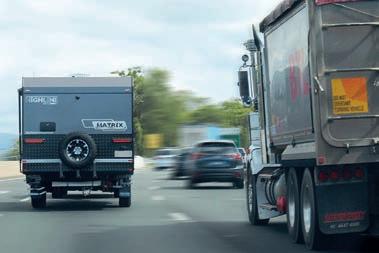
The Australian Trucking Association has issued a warning to caravanners and truck drivers alike about the importance of managing fatigue and the use of rest stops.
A recent NHVR survey revealed that 60 per cent of caravanners have used truckspecific rest areas, with 22 per cent doing so regularly.
ATA CEO Mathew Munro says that these spaces need to be available for drivers when they’re on the road, needing to take crucial fatigue breaks.
“Fatigue is one of the most serious factors affecting safety and vehicle crashes on our roads,” he says.
“Truck drivers meticulously plan routes to ensure they can adhere to rest schedules, facing heavy penalties for noncompliance. Nationwide, there is a chronic shortage of dedicated truck rest areas and this problem is made worse when caravans fill these spaces.
“Caravanners and truck drivers have a shared interest in reducing crash risk. It is in caravanner’s own best interests to avoid practices that increase fatigue risk for truck drivers.
“We need greater awareness among caravanners about the seriousness of this issue.”
Consultation with industry and the community has led to new versions of new cars, including SUVs and light commercial vehicles, sold from December 2025 onwards will need to comply with Euro 6d noxious emissions standards.
The government is also reducing the amount of aromatic hydrocarbons in RON 95 petrol, with all petrol vehicles on Australian roads set to be able
government will align previously announced reductions in sulfur limits for all petrol with new and strengthened aromatics limits.
“The federal government has a laser-like focus on bringing down transport costs and emissions,” Federal Climate Change and Energy Minister Chris Bowen says.
“The former government talked a lot about making these changes but wasted years without action, now we’re getting on with the job of delivering better health and cost-of-living outcomes.
“These updates to our vehicle standards will see almost 18
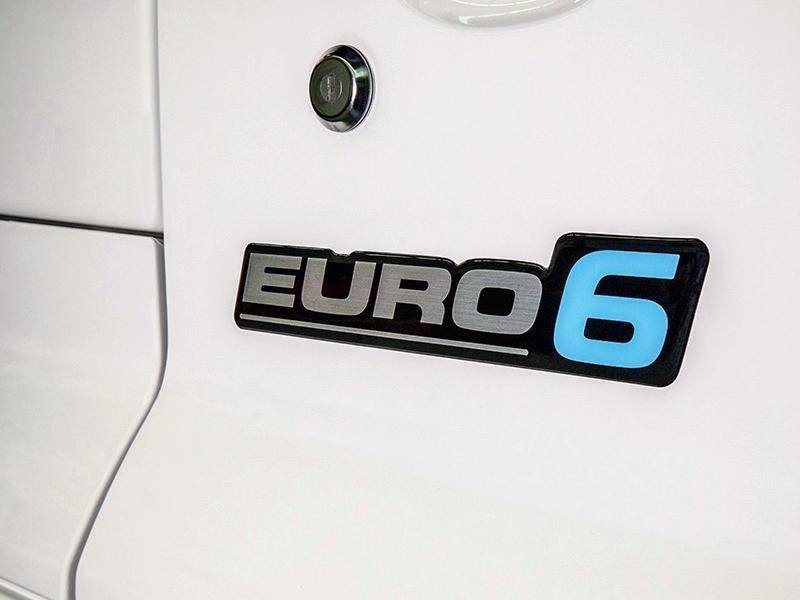
There’s major change at Daimler Truck Australia Pacific coming in 2024, as the company announced sweeping changes to its management structure regarding its truck brands. After keeping its Mercedes-Benz Trucks, Freightliner and Fuso brand lines separate for a number of years, Daimler has removed the positions of individual vice presidents for each truck brand.
Instead, Andrew Assimo, former Mercedes-Benz Trucks Australia
Pacific vice president, will take up the new role of Daimler Truck Australia Pacific vice president, sales and marketing to cover all three brands.
Freightliner Australia Pacific’s former vice president, Stephen Downes will also take up a new role as vice president, service, product, Vehicle Processing Centre (VPC) and elite support, while former Fuso vice president Alex Müller will take on a special projects role.
Heavy Vehicle Industry Australia and NatRoad are forming a key strategic partnership for the upcoming TruckShowX 2024, a major industry decarbonisation event.
HVIA has signed NatRoad as the official industry association partner for the event.
Acting as a spin-off of the Brisbane Truck Show, TruckShowX 2024 will be held at the RACV Cape Schanck Resort in Victoria’s Mornington Peninsula from May 13-14, 2024.
The event aims to explore the future of low and zero-emissions vehicles in the Australia transport industry, as well as technology, equipment, infrastructure and more surrounding the continued move to lower emissions.
There will be an expo showcasing the latest LZEV vehicles, product and services, with the opportunity for on-road driving experiences.
“Partnering with NatRoad for the first TruckShowX in 2024 makes perfect sense,” he says.
“TruckShowX is set to be the
The National Heavy Vehicle Regulator is warning drivers of the risks of wet weather across Australia. CEO Sal Petroccitto stresses the importance of safety and preparedness for truck drivers navigating these conditions.
Drivers can stay ahead of storms by highlighting key measures and equipment they should be taking on their journey.
“First and foremost, heavy vehicle drivers should be ensuring routine vehicle maintenance is

biggest trucking decarbonisation conference held in Australia to date, and NatRoad is undoubtedly the most proactive transport industry association when it comes to leading decarbonisation… their recent industry white paper is a clear testament to that”.
“I believe in the power of
pleasure to welcome NatRoad as a partner.
“Together with our research partner NTRO, we will ensure that this event delivers real value and has an incredibly positive impact for every facet of trucking and heavy freight transport in Australia.”

completed, before travelling to their destination,” Sal says.
“This includes inspecting the vehicle’s tyres, making certain of proper tread depth and inflation, with adequate traction crucial in wet and slippery conditions. Drivers should also be checking
lights, brake lights and turn signals, in addition to testing windshield wipers.
“The NHVR’s number one priority is ensuring the safety of all road users, rain, hail or shine, and these are the safety measures that could save a life.”
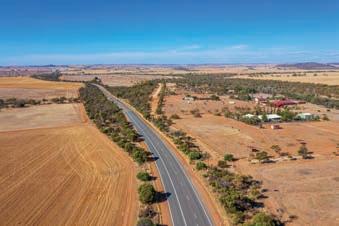
The to see a significant investment in 2024 as the WA government commits to rural funding.
Regional WA will receive an additional $178 million in funding in a move that the government says will deliver a major boost to rural transport in the state.
This funding will include reinvesting into four road projects that recently had funding removed during a recent review of the nation’s infrastructure pipeline, with $132 million being funnelled back into them.
These include $48 million for the Moorine Rock to Mt Holland Road Upgrades, $48 million for the Marble Bar Road Upgrade, $29.6 million to continue planning for the Pinjarra Heavy Haulage Deviation project and $6.4 million for the Great Southern Secondary Freight.
“The government is delivering on its commitment to projects that had funding cut by the federal government as part of its review of the nation’s infrastructure pipeline,” says state transport minister Rita Saffioti.
“The state government will provide an additional $132 million to continue four road projects that had funding cut as part of the Federal IAP review, delivering on our commitment to seeing these projects delivered.
Daimler Truck has reached a $1 billion USD (1.49 billion AUD) deal with Silicon Valley-based firm Aeva Technologies to supply sensors for self-driving trucks.
Aeva is known for producing light detection and ranging (LiDAR) sensors which help vehicles gain a detailed view of the road. The sensor can detect objects faster, further away, and with higher accuracy.
Through the collaboration, Aeva will supply its latest Aeva Atlas automotive grade 4D LiDAR technology to Daimler and also collaborate with Torc Robotics, an independent subsidiary of Daimler Truck, to enable SAE Level 4 autonomous vehicle
capabilities.
Torc will use the sensors to guide its virtual driving software and will sell its technology and supporting services as a subscription to customers.
The sensors will eventually end up on Daimler Truck’s Freightliner Cascadia truck platform, integrated into the production process to forgo the need for after purchase retrofitting.
Daimler and Torc have run extensive and successful on-road test programs as well as first customer pilots.
To maximise the safety of autonomous trucks, Daimler’s trucks are equipped with LiDAR, radar and camera sensors.
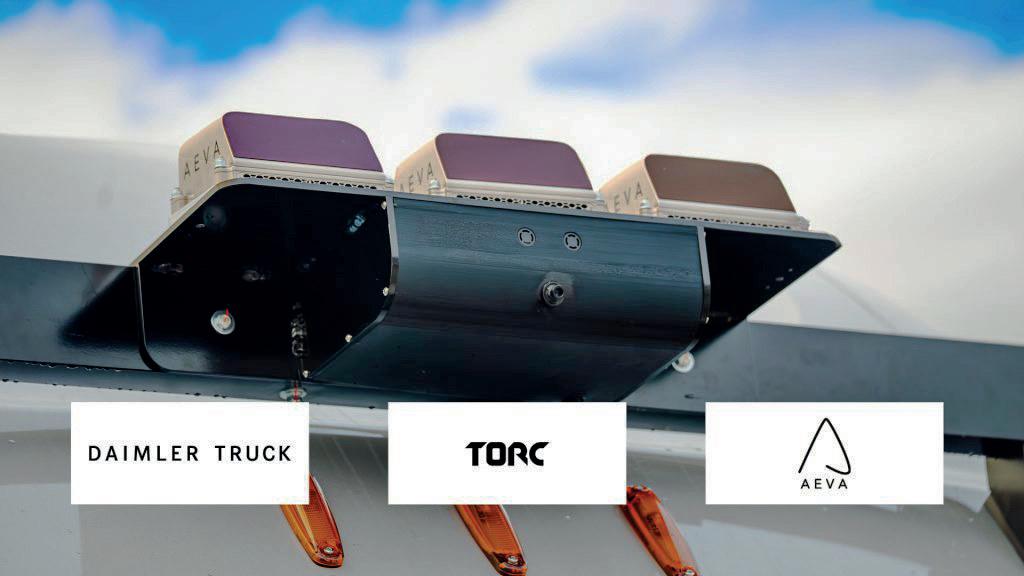
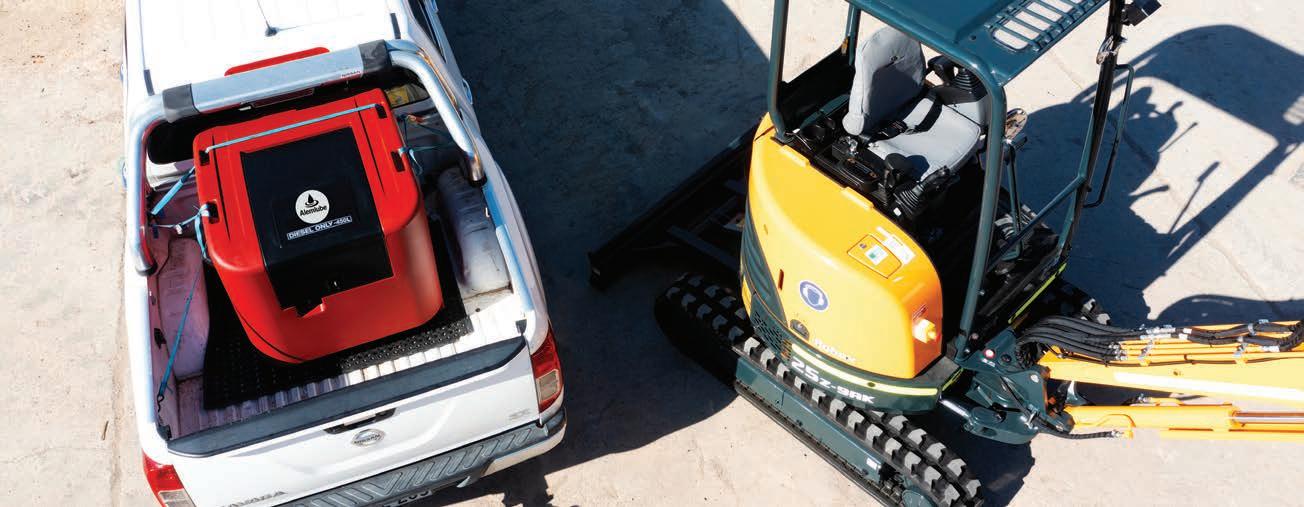
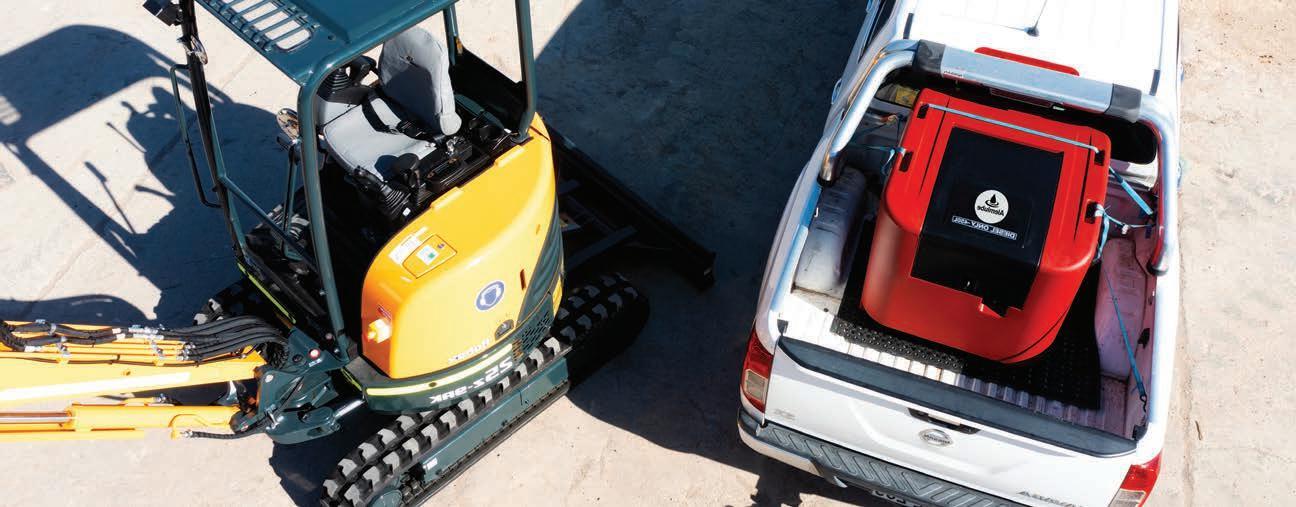
National Tyre and Wheel (NTAW) has opened a new stateof-the-art distribution facility in Logan City, Queensland, it announced earlier in December.
It will act as an epicentre of NTAW’s business, as it looks to consolidate a number of smaller distribution centres into one large facility.
NTAW Managing Director Peter Ludemann says that the opening is a major step forward for the company.
“From little things, big things grow. Many of our NTAW businesses were started by ambitious entrepreneurs with a vision,” he says.
“We are so proud that this facility represents the combined efforts of the NTAW Group which have grown into a major player in the Australian and New Zealand tyre and wheel market.
“We are very excited that this facility marks yet another step toward delivery a high level of customer service and extensive product range to our customers.”
Waste and skip bin transport company North East Bin Hire has taken delivery of a brand new Isuzu FRR 110-240, christened ‘Skip 8’, to their Albury-Wodonga business.
Owner-operators Tom Hogan and Shannon Miles bought the truck from Blacklocks Isuzu in Wodonga, saying it has been perfect for the job.
“Blacklocks Isuzu are a big part of the community in Albury and working with Richard has been really good,” Tom says.
“With the lifting mechanism on the tray and needing to carry skip bins, payload was extremely important for us with the new Isuzu truck.
“We went with manual transmission for the mixed terrain— that first gear is so low you can pull up hills with no worries.
“In terms of size, the FRR is fantastic, and the manoeuvrability was a huge selling point. It’s great to drive, with a better turning circle than my dual-cab ute.”
Brake manufacturer Bendix recommends that drivers stay aware of the stresses being put on their brakes driving in difficult conditions. This grows especially more crucial as the carrying capacity of the trucks grows –operating at near full GVM – the brakes on these trucks are under more stress.
Bendix recommends that truckies should regularly:
• Ensure brake fluid levels are correct and changed at OEM-specified intervals
• Inspect brake pads, rotors and calipers for wear or damage
• Check brake shoes and drums for wear, damage and adjustment
• Check brake lines and air hoses to ensure there are no kinks, perished rubbers or other damage
• Ensure that brake components are properly lubricated to prevent corrosion and to provide free operation
• Clean brake components to remove corrosion and debris build-up as required



The three contenders for the Truck of the Year Australasia have been announced and the judging process begins on both sides of the ditch.
It’s that time of year again and, after the successful first year of the Truck of the Year Australasia last year, it’s time to have a look at the trucks which have been released in the past year and come up with contenders for the prestigious title of Truck of the Year Australasia.
As before, PowerTorque is working with NZ Trucking magazine from New Zealand to hone down the contenders to a final winner of the award, which will be presented at the NZTA TMS event in Auckland in March.
Last year’s trophy was presented at the Brisbane Truck Show when the Kenworth K220 was named as the 2023 Truck of the Year Australasia. Now, in 2024, it’s time to start thinking about Truck of the Year Australasia 2024.
There are three strong contenders for the title all of which have a legitimate claim to be the Truck of the Year Australasia. It is the task of our of our judges to pick one winner to receive the trophy and the accolade of being the Truck of the Year in our part of the world.
To be considered for the Truck of the Year Australasia, a truck has to solve problems and issues which trucks elsewhere in the world do not have to deal with. Trucks coming to Australasia have to cope with a very different trucking environment to many of their home countries and have to be adapted accordingly. Often, the trucks which are most successful in our market are those which have been adapted in the best way to make them useful.
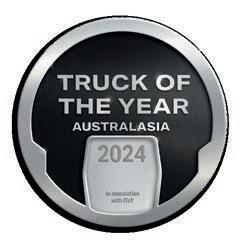
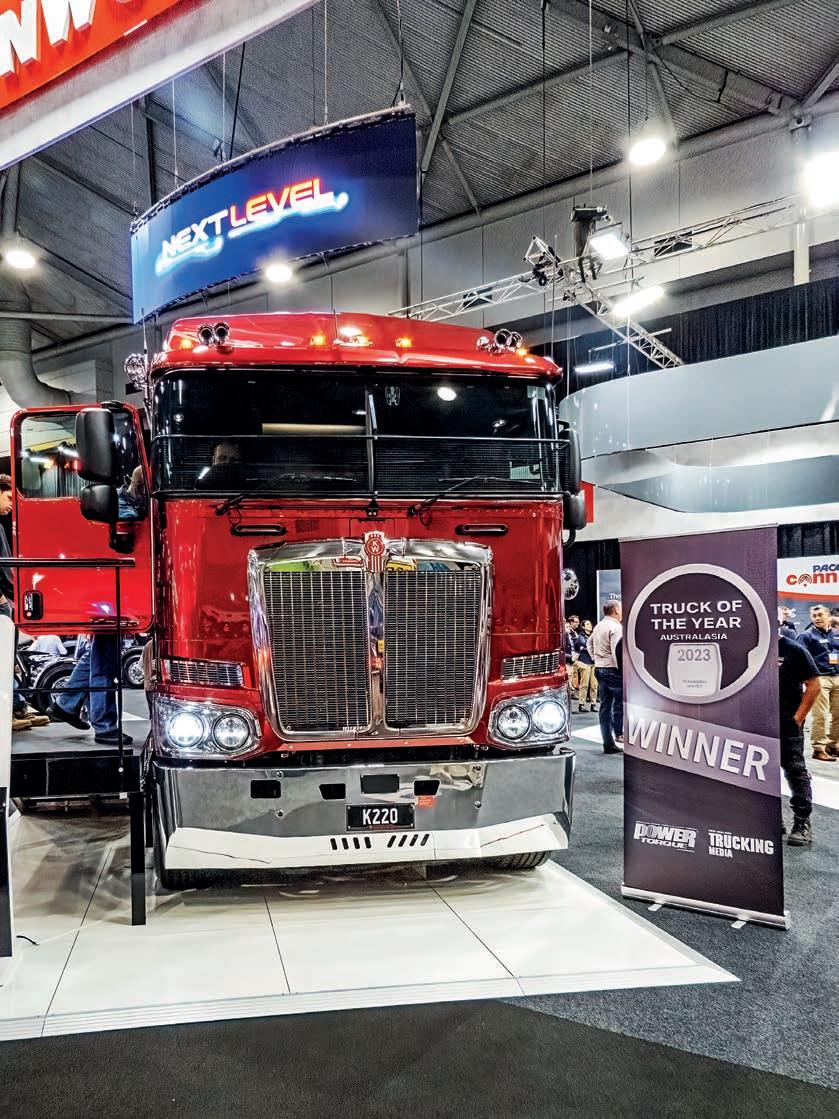
Australasia presents truck makers with challenges unlike those that they face elsewhere in the world, trucks are working in the harshest conditions, extreme heat, subzero temperatures and mountainous topography at weights up to and over 200 tonnes in some cases. At the
When examining the three contenders that we have this year, the judges are looking at a variety of factors. Essentially we need to identify the truck which makes the best contribution to the standards of safety and efficiency of freight transport by road in Australasia.
The five judges use their experience to draw out the overall
Choosing contenders can be difficult one. Quite often a truck may appear in Australia but not arrive in New Zealand until a later date, or vice versa. Therefore the trucks which are in contention for the title of Truck of the Year Australasia have become available for purchase in both Australia and New Zealand before December 31 2023.





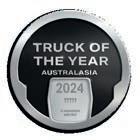
Here are the three contenders for the coveted Truck of the Year Australasia 2024 award, to be presented in Christchurch, New Zealand in March.
It’s not easy picking a winner. There are no bad trucks on the market, any more, and the speed of technology development in the 21st century has been hard to
keep up with. What the judges for the Truck of the Year Australasia are looking for is for in these trucks, is their ability to improve the outcomes for the owner, the driver and other
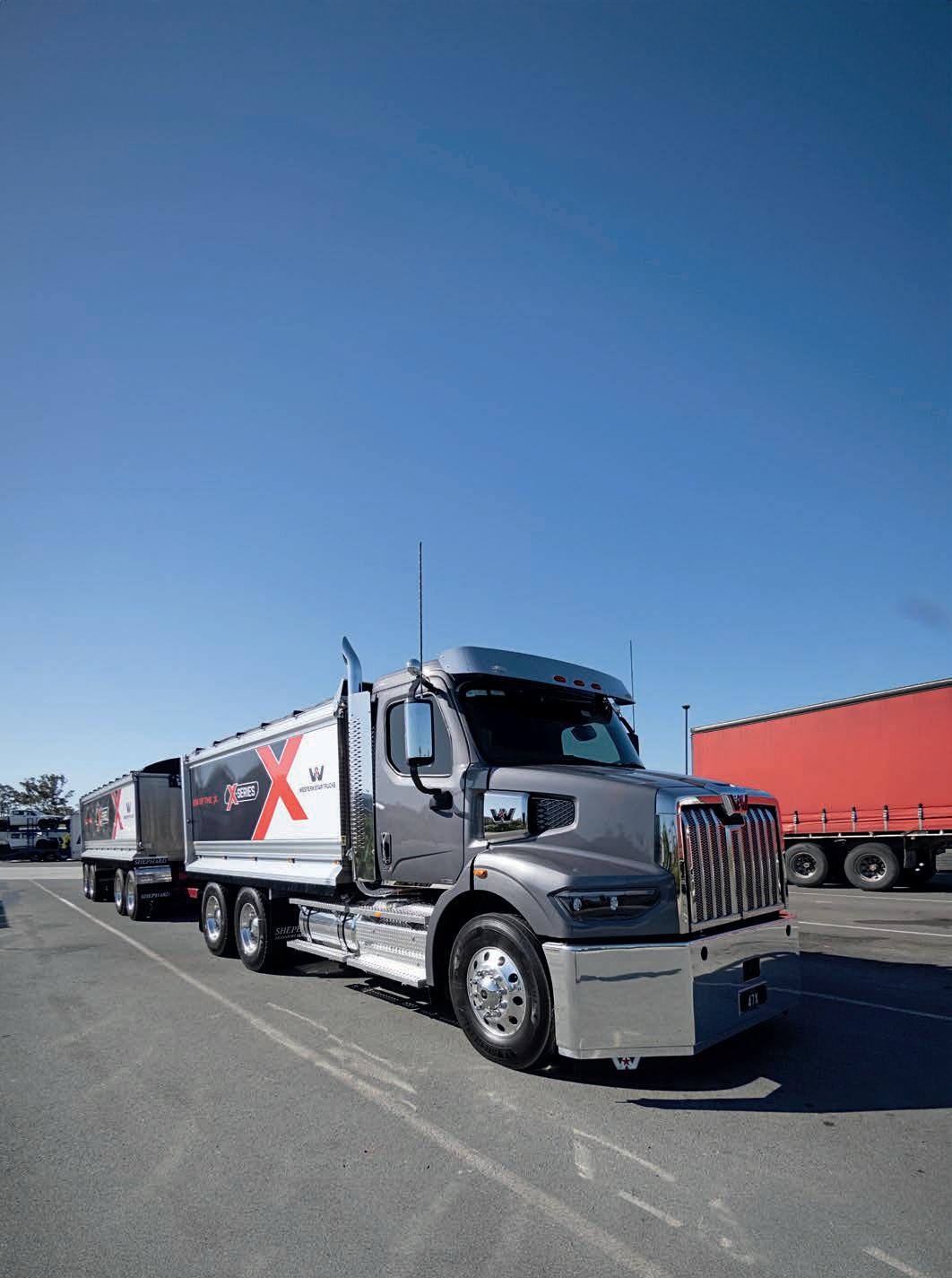
road users, and to take the road transport industry forward.
Each of these trucks is on sale in both Australia and New Zealand and they all represent a major step forward
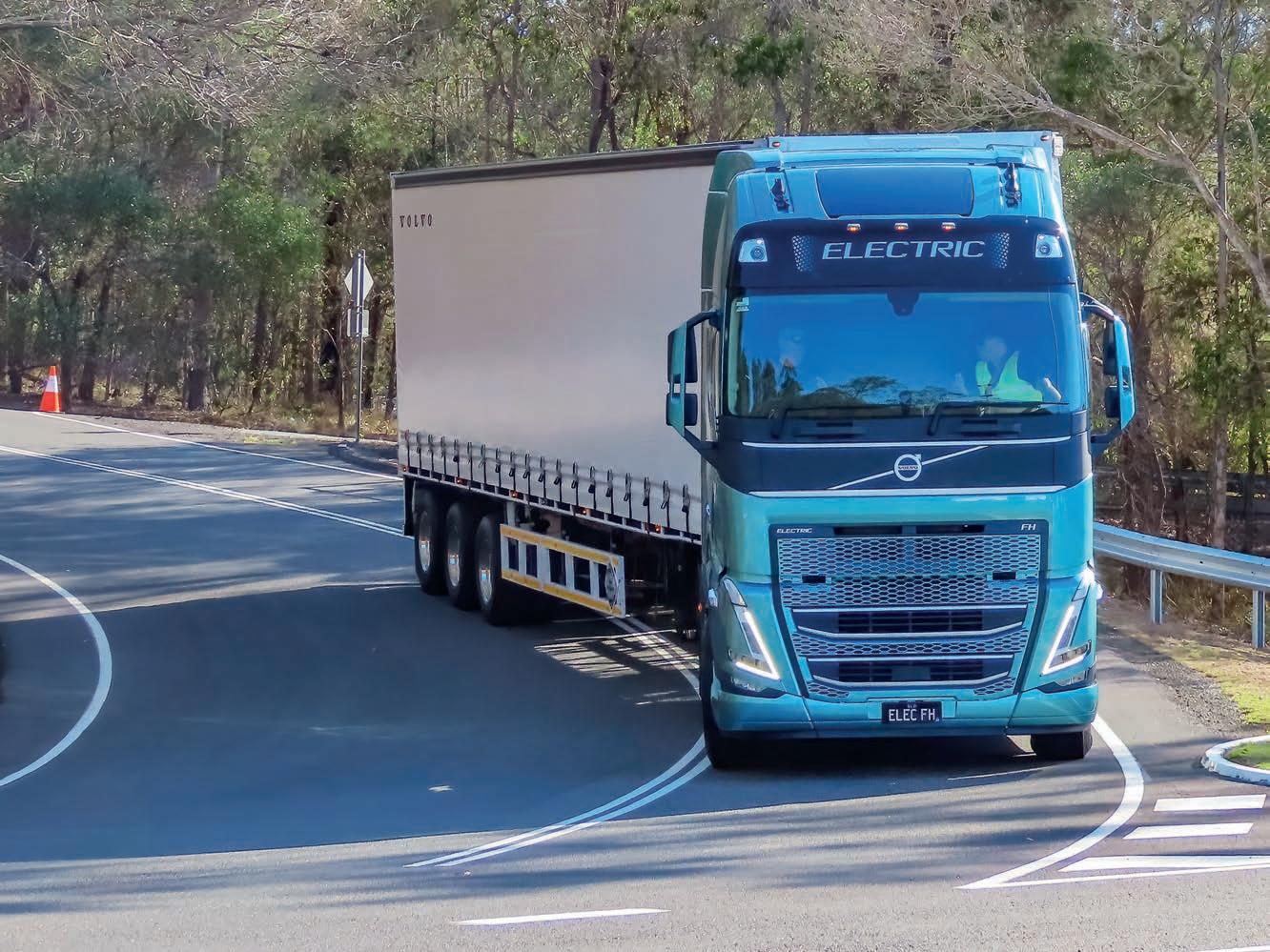

for their respective brands. Each brings considerable innovation to the table and are operating in new territory.
The three trucks chosen by the judging panel of five to be considered for the Truck of the Year Australasia 2024 accolade are, in no specific order: The Volvo Heavy Duty Electric prime mover, the Western Star X Series of models and the Scania Super range.
Each of these contenders brings something new to the table, all are very different from each other and deserve the recognition from the ToYA process for different reasons. The selections also reflect the period of flux we are about to enter, over the next decade or so.
In an industry where the diesel engine was king, we now have a set
of alternative power systems vying to take us into the future. Diesel is not going to be able to deliver on the lower carbon emissions the world is looking for, right now. The electric truck is going to be the first alternative to make an impact, and this has already happened with the heavy duty models from Volvo winning the International Truck of the Year gong in Lyon, France, last November.
This truck is clearly an interim solution for the Swedish brand, but it is an effective one which works well and is part of the first wave of heavy duty electric trucks to arrive on the Australasian truck markets.
We can expect alternatively fuelled trucks to become more important in our truck markets, and therefore, appear more in the ToYA consideration, year-on-year. The market is changing, slowly but surely

and this award will also be changing, as the emphasis shifts away from fossil fuels towards all of the zero carbon solutions which keep popping up around the world.
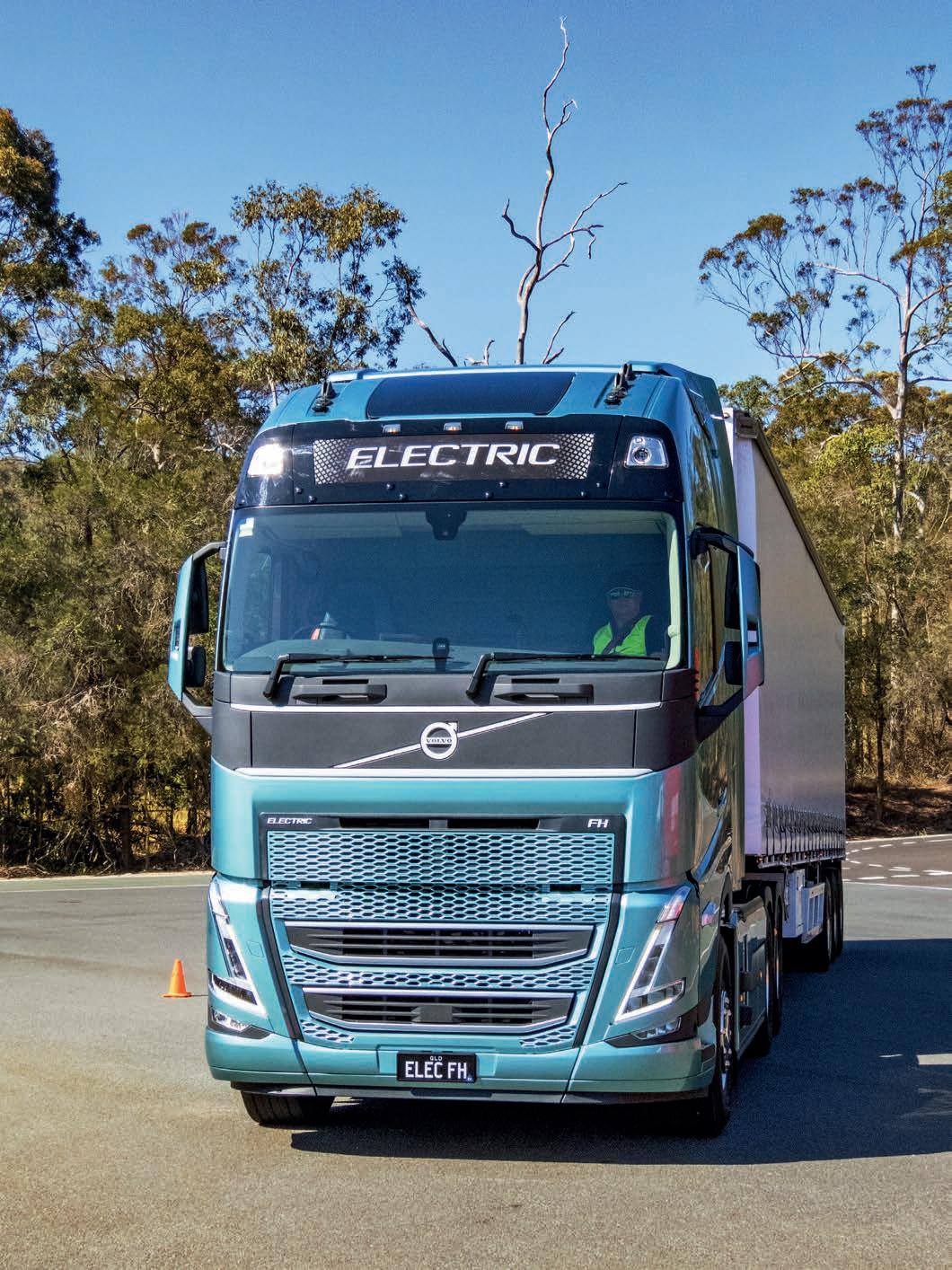
At the same time as zero carbon trucks are appearing, a truck maker like Scania is driving down fuel consumption on its conventionally powered offering, with the Super brand making a reappearance in the range and a whole new driveline appearing in the Swedish truck maker’s offering.
The re-engineering of the driveline is a major coup for the brand and the results are a substantial improvement in fuel consumption numbers and a much quieter driving experience.
Here’s a few highlights from the test drive review, which appeared in the July 2023 edition of PowerTorque:

In a change which took many by surprise Scania have broken with a very long tradition and developed an AMT without any synchros. Opticruise has been though many iterations, always with synchros, but this new box is a revolutionary and not an evolutionary step-up.
The 75kg reduction of in the engine weight is complemented by the move to a basic crash box which means the simplifying of the AMT design, so now it’s also 75kg lighter on the 460R. The higher rated AMT fitted to the 560hp 13 litre engine, and also to the higher horsepower V8 engines from Scania, is 60kg lighter. lighter that the previous gearbox.
“This is a new engine and it has changed from the bottom end to the top,” says Benjamin Nye, Director of Truck Sales at Scania Australia. “With a 23 to one compression ratio, this
reduces inefficiencies in combustion from a gas exchange perspective. An interesting fact about this engine is that it has cracked 50 per cent brake thermal efficiency.
“That’s how far we’ve had to push diesel to get to this level. Double overhead cams is a big departure for Scania. Normally, we have used pushrods in the individual heads in the past. Everything’s had to be strengthened to cope with the new compression ratio. Hence the all new engine.”
Apart from the lifting of the compression ratio, the everconservative Scania designers have stuck with tried and tested technology, There’s no VGT or turbo compounding, the designers have simply put together a stronger design with conventional components which can cope with a higher compression ratio.
There’s no EGR, but a two-stage
SCR, the main dose is injected just after the turbocharger exhaust outlet near the exhaust brake flap where the exhaust gas is hot and turbulent. This better atomises the AdBlue for a more efficient clean up of NOx.
High compression engines tend towards higher ignition temperatures, in cylinder, leading to higher NOx and lower PM in the exhaust flow. Therefore a more efficient SCR system is needed and PM levels are more easily controlled.
PowerTorque July/August 2023
For more on this contender: Scan the QR code.

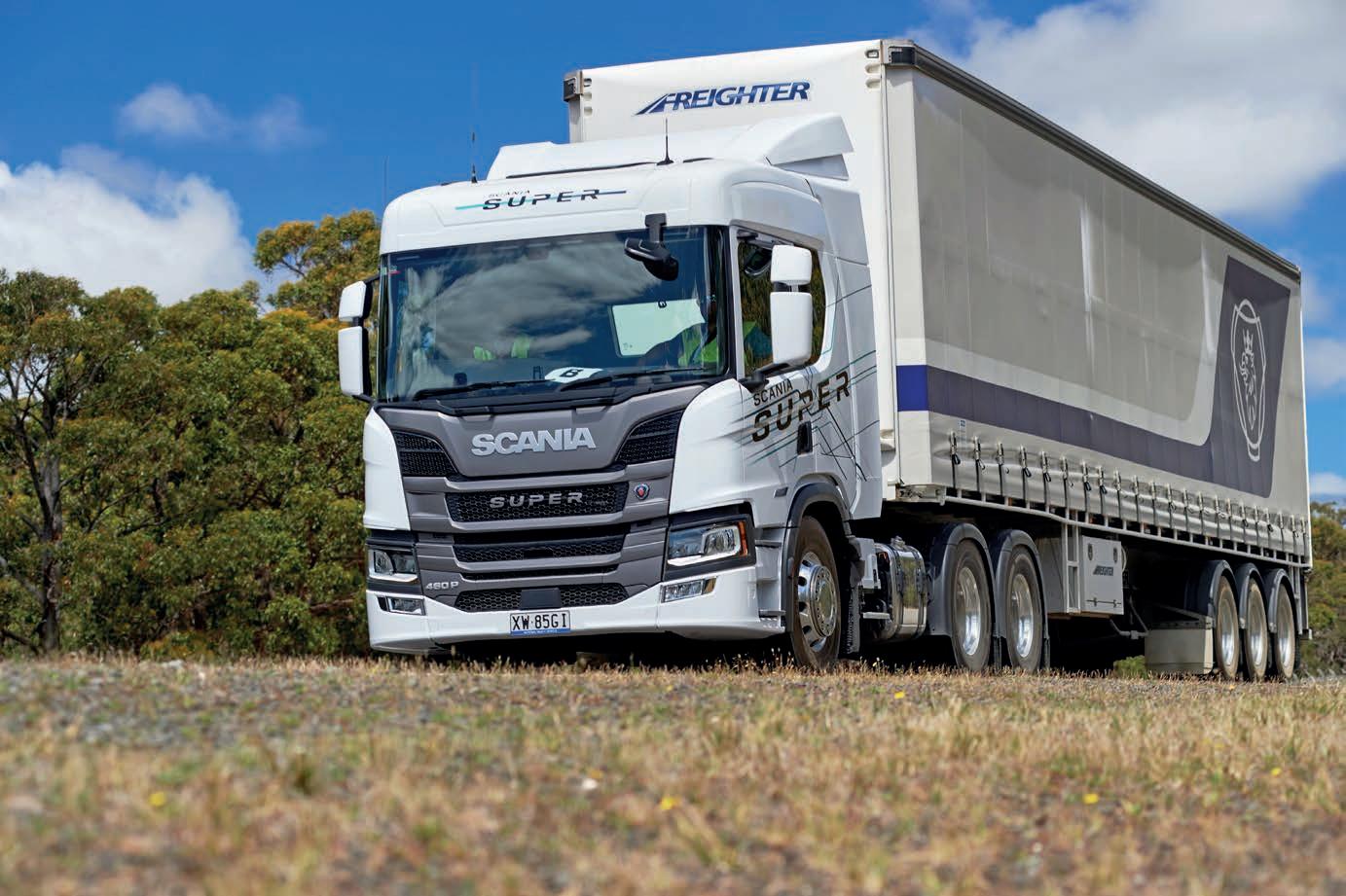
After a long period where its truck offering remained relatively static, the Western Star brand launched a completely new range of trucks bringing all of the latest technologies to its truck offering. The new X Series represents a radical transformation for a traditionally conservative truck brand.
The range change meant a complete redesign from the ground up and a complete renewal of all of the models on offer from Western Star. By moving across to the Daimler North America chassis and a state of the art, electronic system, the trucks are able to offer all of the latest safety systems as well introducing the most up-to-date Detroit engines into Australasia.
The introduction transformed the trucks available from Western Star from a past based on long held traditions, to a set of trucks which could match rivals for technical sophistication and efficiency while still retaining the style and feel of the Western Star models which came before.
Climbing up inside the cabin, The Western Star 4700 tipper and dog is a North American truck and feels, to a certain extent, like its predecessors. There’s enough switches and dials to satisfy the traditionalists and only a relatively small electronic information screen directly in front of the driver, which gives a hint of the arrival of modern technology.
Under the skin, of course, this is a very modern truck. Under the hood is the Gen 5 Detroit DD13 engine putting out 525hp (386kW) and with the classic 1850 ft lb (2508Nm) of torque, when needed. This is the latest iteration of the engine, the state of the art from the Daimler Group.
Axles front and rear come from Meritor and this truck runs with an industry standard 1:3.42 rear axle ratio.
The wiring is multiplexed with the level of sophistication to run the engine, the Detroit DT12 AMT, plus the myriad safety systems which are onboard and mandated from 2025. The DT12 uses the Performance Off-road

package, ideal for this kind of work.
The safety package is the Detroit Assurance Active Brake Assist, which includes active cruise control and automatic emergency braking. The system does have an off switch, and the ACC can bring the truck’s speed down to to zero km/h. It also has ABS, stability control, Safeguard Assist and also the Detroit lane departure warning system with a 15 minute timeout.
This is a thoroughly modern truck, but it is still ‘Western Star enough’ to satisfy those who prefer things a little more old school. Getting that blend of ancient and modern right can be a fine balance, and Western Star seem to have come close to pulling it off.
PowerTorque May/June 2023
For more on this contender: Scan the QR code.

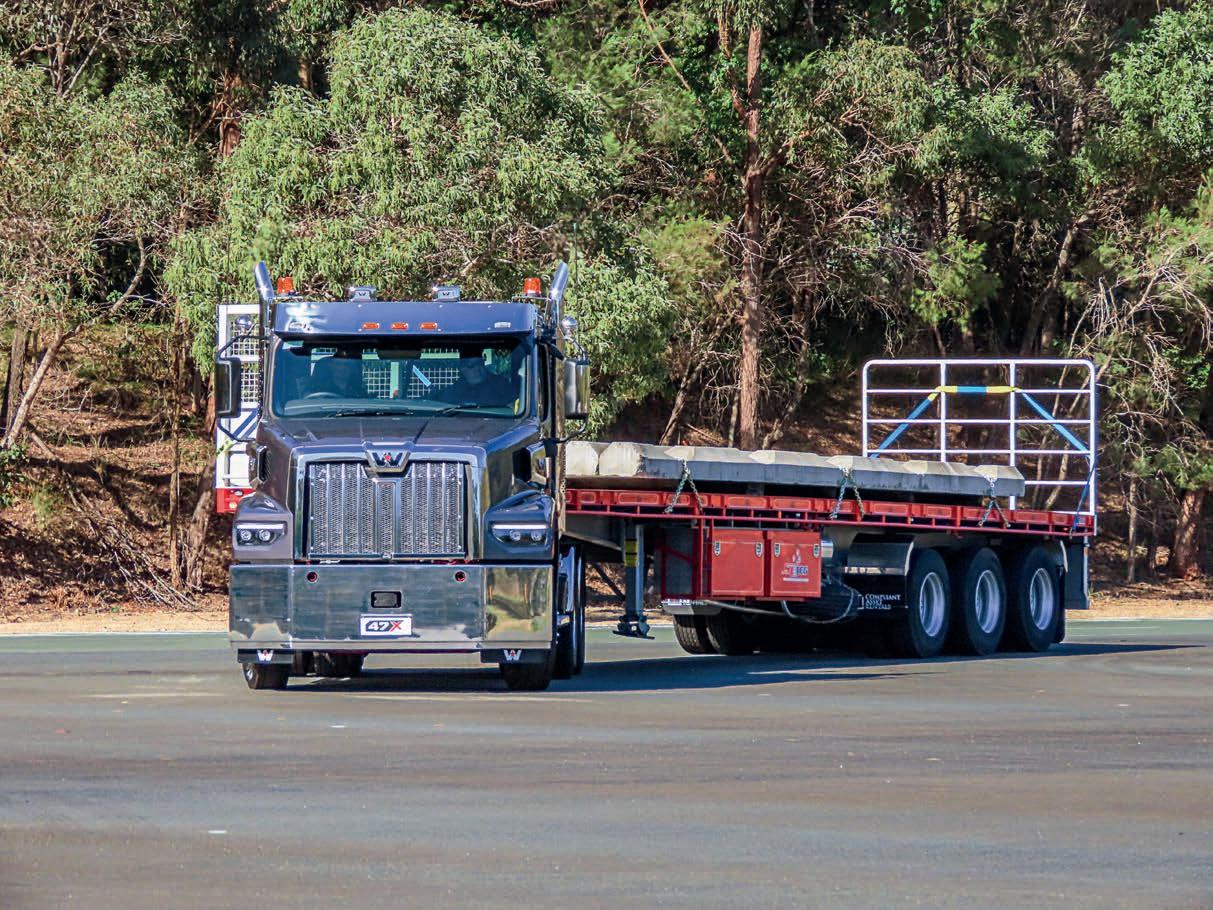

The Volvo heavy duty electric range is now with us and the trucks are in contention for the coveted Truck of the Year Australasia award, to be presented in March in Christchurch New Zealand.
When looking at the contenders for the Truck of the Year Australasia, it was important to look at some of the new technologies coming through and see if there are any, which have reached the point where they look like they are going to be effective and have arrived in the kind of numbers to effect a
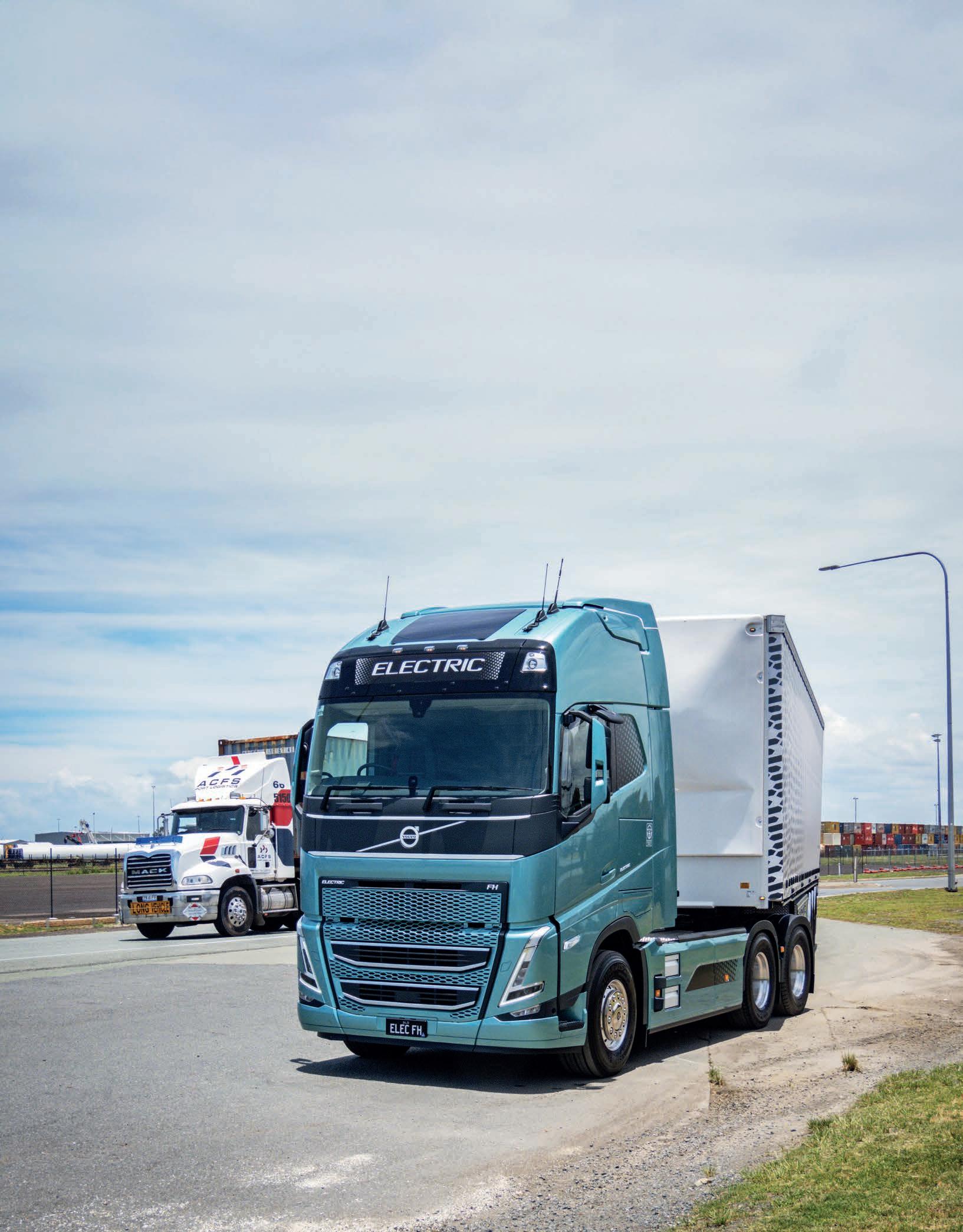
change to Australasian trucking.
With the launch of the Volvo, heavy duty electric truck range late in 2023, the Australasian transport industry can see a viable alternative option on a model which is already one of the top selling trucks. The Volvo heavy duty range has been effective and grown in Australasian markets, now the company is offering a zero carbon
emissions alternative to the current diesel range.
Two members of the ToYA jury got a chance to test drive a Volvo FH Electric at the end of 2023. This is a fully electric truck and one which will effectively change the emissions effect of the freight task, but it is an interim technology. This is not going to be the final product which Volvo will be

offering to the market in the long-term as a zero carbon emissions alternative.
This first iteration of the Volvo heavy duty electric truck is a relatively small change compared to those which may come along down the track. Simply put, the Volvo engineers have looked at the current diesel Volvo FH, and removed the engine and associated accessories, then replaced them with all of the equipment required to create an electric driveline.
Those designers were looking at the large space underneath the cabin where the current engine sits and the outside of the chassis between the front wheels and the rear wheels which is normally home for the diesel tanks and emission control systems.
The electric driveline system needed to be designed so that it fitted into the same cubic space. The resulting design is quite a simple solution. In the engine space is placed all of the control systems, electric power elements, a cooling system, plus three electric motors in a triangular pattern which provide the motive power to drive the transmission
The designers decided to go with the I-Shift transmission which is currently coupled to the diesel engine.
Most of the ratios in this 12-speed AMT will not be needed by this electric truck, but keeping the resilient box, gets the electric truck on the road and working effectively ASAP.
The designers are using a tried and true, trusted transmission, and the only development work needed to be done, was to reprogram the software to transmit the power coming from the electric motors to the rear wheels in a way which uses the performance parameters of the electric motor. The strength of the electric motor is the fact that it provides maximum torque all the way through the rev range.
The I-Shift transmission is imperceptible, it spends a lot of time skip shifting between a few of its 12 gears. It has been programmed to handle the electric driveline with ease. The default setting is for the truck to set off in seventh gear, most of the time.
This is a decision made by the I-Shift after gauging parameters like the data from the inclinometer in the
ToYA Jury members Dave McCoid and Tim Giles

transmission as to whether it is taking of on a slope or flat ground. It also knows how heavy the truck is with data from the air suspension. If it suspects there’s a lot of pudding on board it will drop down into bottom box to take off.
The first trucks to arrive are aimed at single semitrailer work available to run up to 44 tonnes, with the three electric motors providing 666 hp. Volvo will be making these trucks in the Wacol production plant in Brisbane by 2027. The reality of electric trucks, by that time, will have arrived.
The space reserved for the SCR unit and fuel tanks is where the designers have situated as many batteries as
practical. The eternal issue with electric vehicles is range, and the more battery capacity the better.
This FH model has an overall battery capacity of between 450 and 540kWh, depending on whether five or six batteries are fitted. Although plenty of batteries provide range they also also provide a lot of extra mass when compared to the original diesel design. This does create issues for some operations and the option of only five batteries may limit range to a certain extent, but should enable the operator to get better payload capacity
This model is the first cab off the rank, and should be replaced over the next five to nine years with a more mature, layout and design to take Volvo


forward into the brave view world of zero carbon emissions trucking. By that time, Volvo will have developed and finalised the e-axle design which the company displayed at the IAA in Hanover Germany in 2022, but which clearly needs further development before being released onto the market
The e-axle will replace the current differential and rear axle with a larger unit, which will include the differential, electric motor and the transmission all in one piece, at the rear end of the truck. This development will free up space further forward in the vehicle for the electric power system, but it will also free up the space between the chassis members which is currently taken by the driveshaft, where it runs from the rear of the transmission to the differential
Freeing up this space gives Volvo a lot more flexibility, in terms of both the amount of batteries and the distribution of weight across the entire prime mover. This may have the effect of reducing some of the mass on the front axle.
Approaching the truck for this test drive, the vehicle looks very familiar, no different when compared to its diesel predecessor. The giveaway of course is the word electric displayed above the windscreen and a smaller electric badge at the top of grille, on the driver’s side. This message is further amplified by the fact that the
registration number for the truck on test is ELEC FH
Climbing into the driver’s seat feels familiar. We’ve seen all of these all of these controls before in the diesel version, the information screens are also familiar to anybody who has
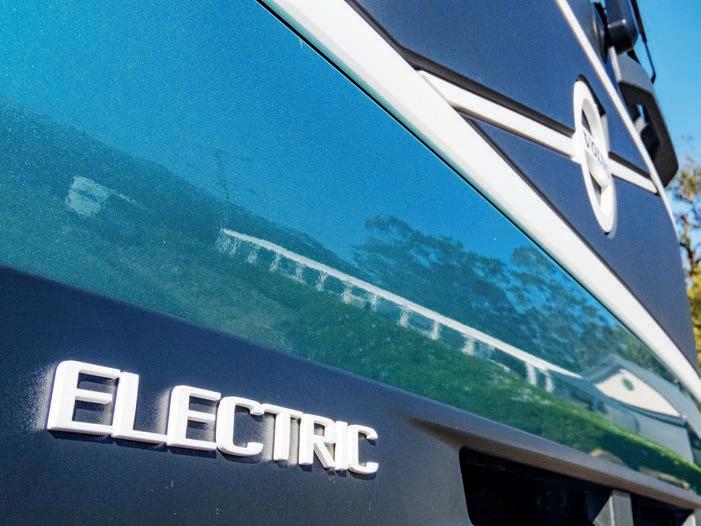
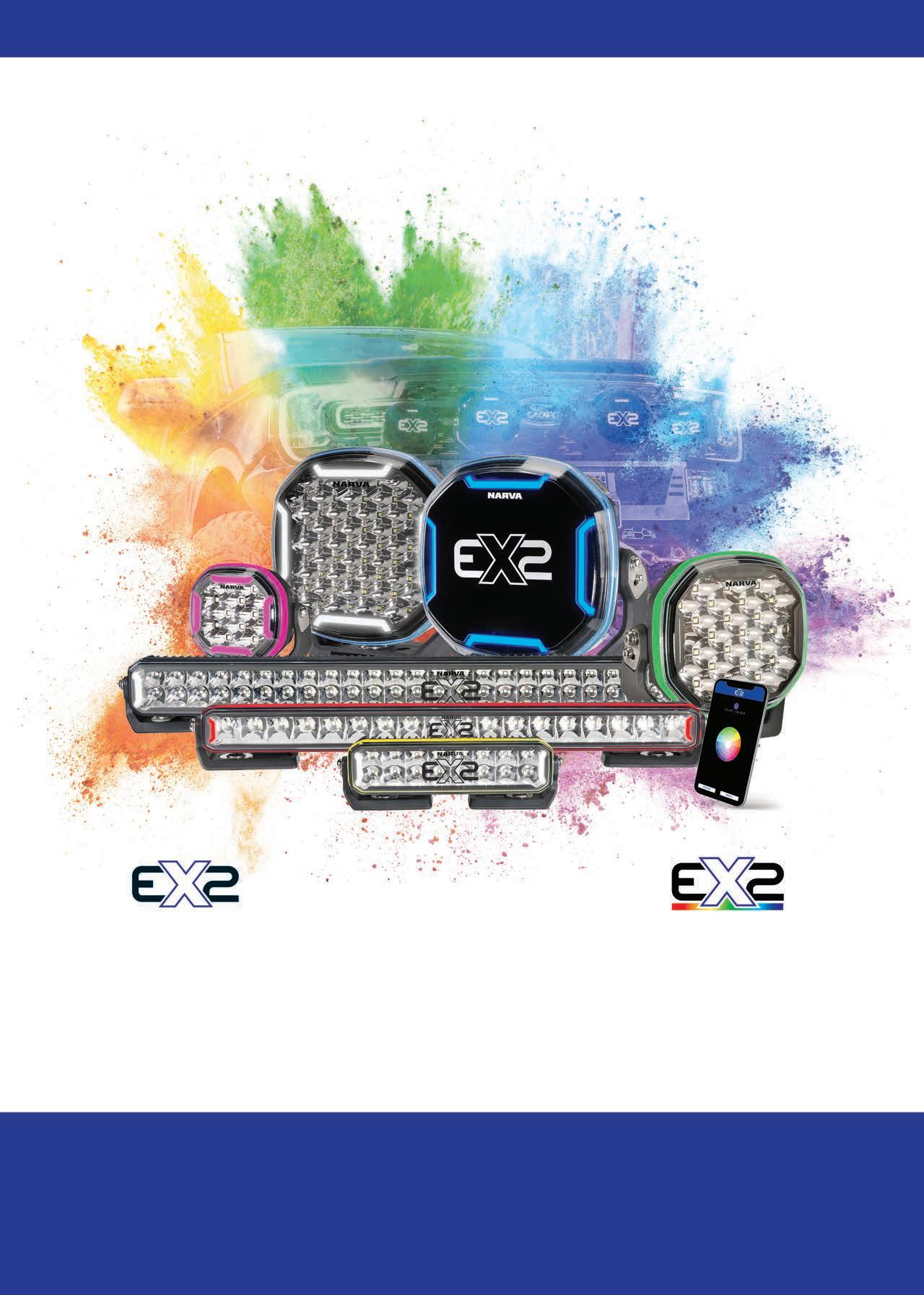



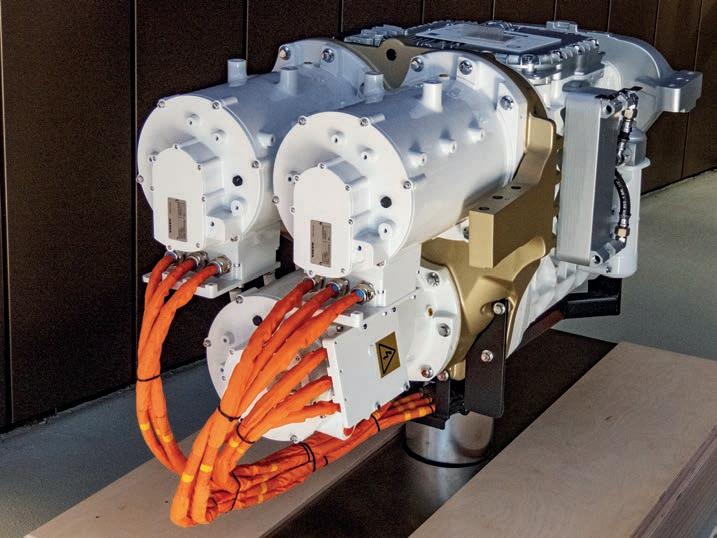
and the truck is ready to go. This can be quite disconcerting to someone brought up with a diesel heritage
Then the process becomes familiar again, select auto on the shift control to the driver’s left, release the electronic handbrake and then press the accelerator. It is at this point that it all becomes very unfamiliar, as there is no discernible noise as the truck takes off, but the landscape starts to move past
at higher speeds. The air-con fan can be heard and there can be a little wind noise which you would normally never notice in a diesel engine vehicle, but because of the virtual silence inside the cabin, it is all discernible.
Something else which is very discernible is the amount of torque available to the driver, from the second they press their foot onto the accelerator. The driver can feel the
Having driven quite a few electric trucks in test drives in the last couple of years, it has become clear that one of the differentiating elements between trucks, is the way that the software and computers on board control the application of power through the driveline. Without this control the acceleration can be too quick and the driver’s head will smack into the headrest of the driver’s seat.
This system shows its quality in the fact that pressing the accelerator, simply enables the vehicle to move off in a controlled manner, gradually picking up speed until reaching the desired velocity. This truck moves with the smoothness and effortlessness we have come to associate with Volvo in recent years..However, the electric version of the FH does take this to another level.
When travelling on the open highway, it’s simply a matter of sitting in the seat and steering on the route chosen. The electric FH models are all fitted with the Volvo dynamic steering system, which should help drivers get a feel for the dynamics of, what is essentially, a prime mover with more mass over the front axle.
The amount of help and aid the
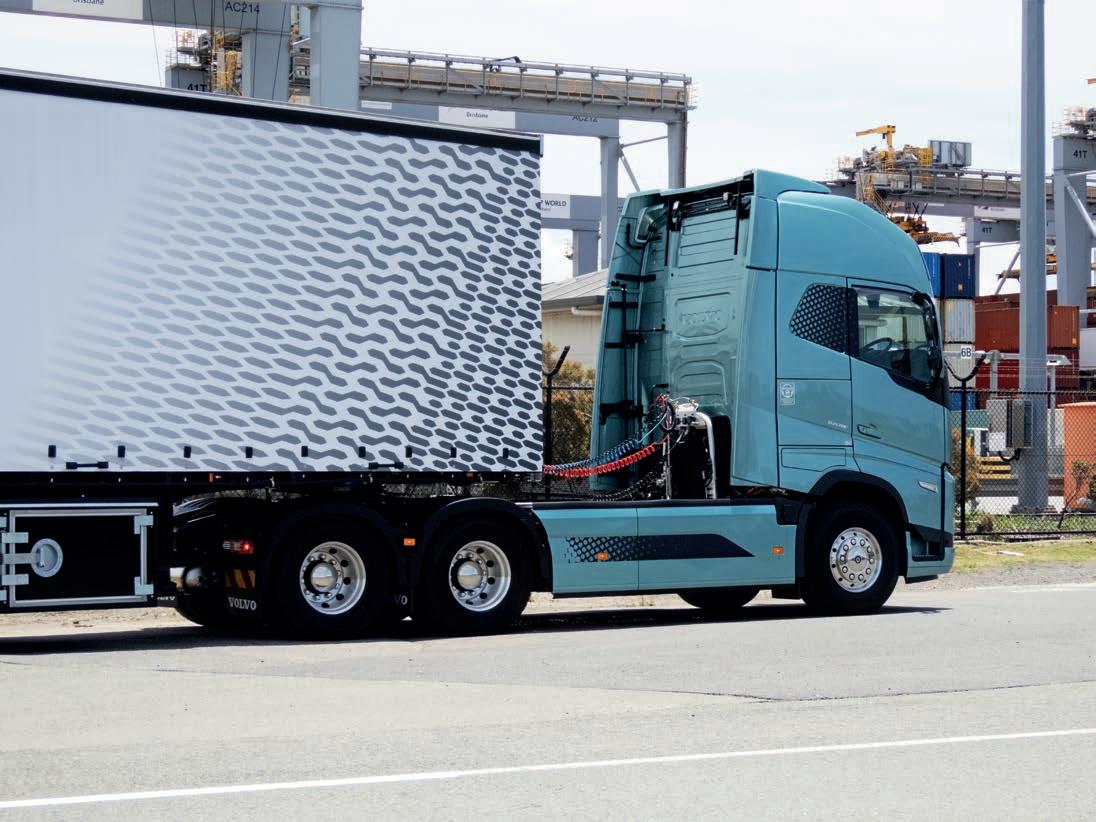










































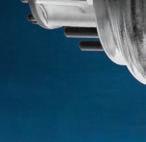
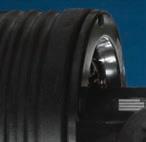
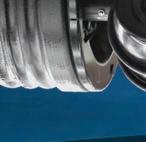















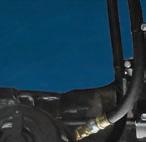
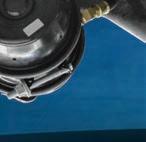



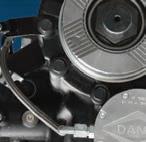
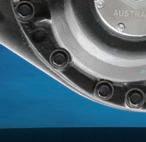











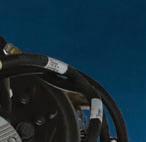





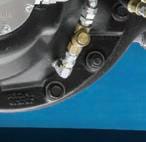





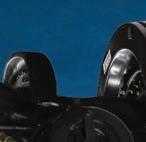
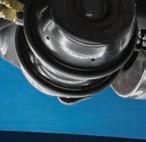









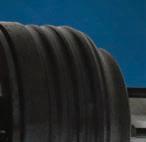
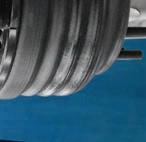























driver chooses they can minimise the system’s input. It is also possible to choose whereabouts on the lane the driver wants the dynamic steering to place the truck.
The system uses the lane keeping video system, which sounds warnings if the truck drifts over white line, and the dynamic steering uses its image data to keep the truck at a particular position in the lane.
The default setting is to sit the truck directly in the middle of the lane. However, most experienced drivers know this is probably not the best place to be in many situations on Australian roads and prefer to shift closer to the fog line and away from the central white line. The driver can sinply adjust the setting and the dynamic steering will endeavour to maintain this position on the road if it can.
Driver tastes differ widely when it comes to steering feel preferences, apart from the three standard settings, it is possible for the driver to customise the setting of the dynamic steering to suit their preferences
There is an app available from Volvo, which would help a driver to make the adjustments necessary and
for them to get to know how to drive this particular truck and make other adjustments. The app is specific to the chassis number of the vehicle being driven and includes tips and tricks, help with settings, including small videos which show how particular controls or components can be adjusted and used.
One of the critical things in the system on the electric truck, and this is particularly important when you move into the higher mass trucks, is effective regenerative braking, putting power back into the battery as the truck slows. If the system works correctly the truck can regain a proportion of the power it used to get up to cruising speed, back into the battery.
Ideally, braking should be minimised because the regenerative effect slows the vehicle down enough to mean the service brake is only used to bring the truck to a halt. The speeding up and slowing down in traffic should be controllable simply using regen to wash off speed.
Where there used to be an engine brake stalk, there is now a regen stalk, with three positions, auto, off and on. The on position gives the driver the control to bring the regen on when
they think it’s needed, while the auto position engages the regen to suit the road conditions and from monitoring the driver’s behaviour. When the foot touches the brake pedal the regen activates and increases until the point at which the system realised the truck needs more retardation and applies the service brakes.
When the topographical active cruise control is activated, the system uses the trucks knowledge of the terrain to more precisely use the regen brake to maximise recharging and travel over the undulations safely.
On this test drive, ToYA judges PowerTorque’s Tim Giles and Dave McCoid from NZ Trucking drove the FH Electric. The technical information, about the FH model, will be the same for the electric FM model which will offer identical driveline and battery packs. The difference is a smaller, but lower cabin, which for many is better suited to urban driving conditions and freight tasks where the driver is constantly in and out of the cab.
These trucks will start appearing in fleets all over Australia in the coming years. Operators will integrate them in where they can. Numbers will grow steadily, but it will be a long time before they predominate in fleets. These trucks can effectively travel too far from home base. At the moment, 150km from home is the general limit, unless they build in recharging options en route, at customer facilities or can find roadside charging. This means the proportion of the fleet able to electrify will be limited.
Volvo reckon 70 per cent of the freight task can be handled by electric trucks now, so these trucks’ introduction can accelerate and substantial changes in the fleet make up should be able to significantly reduce carbon emissions from road transport over the coming years.
This is a model which will make an impact in Australasian trucking and is therefore a contender for the Truck of the Year Australasia award to be presented at the NZ Trucking Association’s Technology Maintenance Safety event in March 2024.

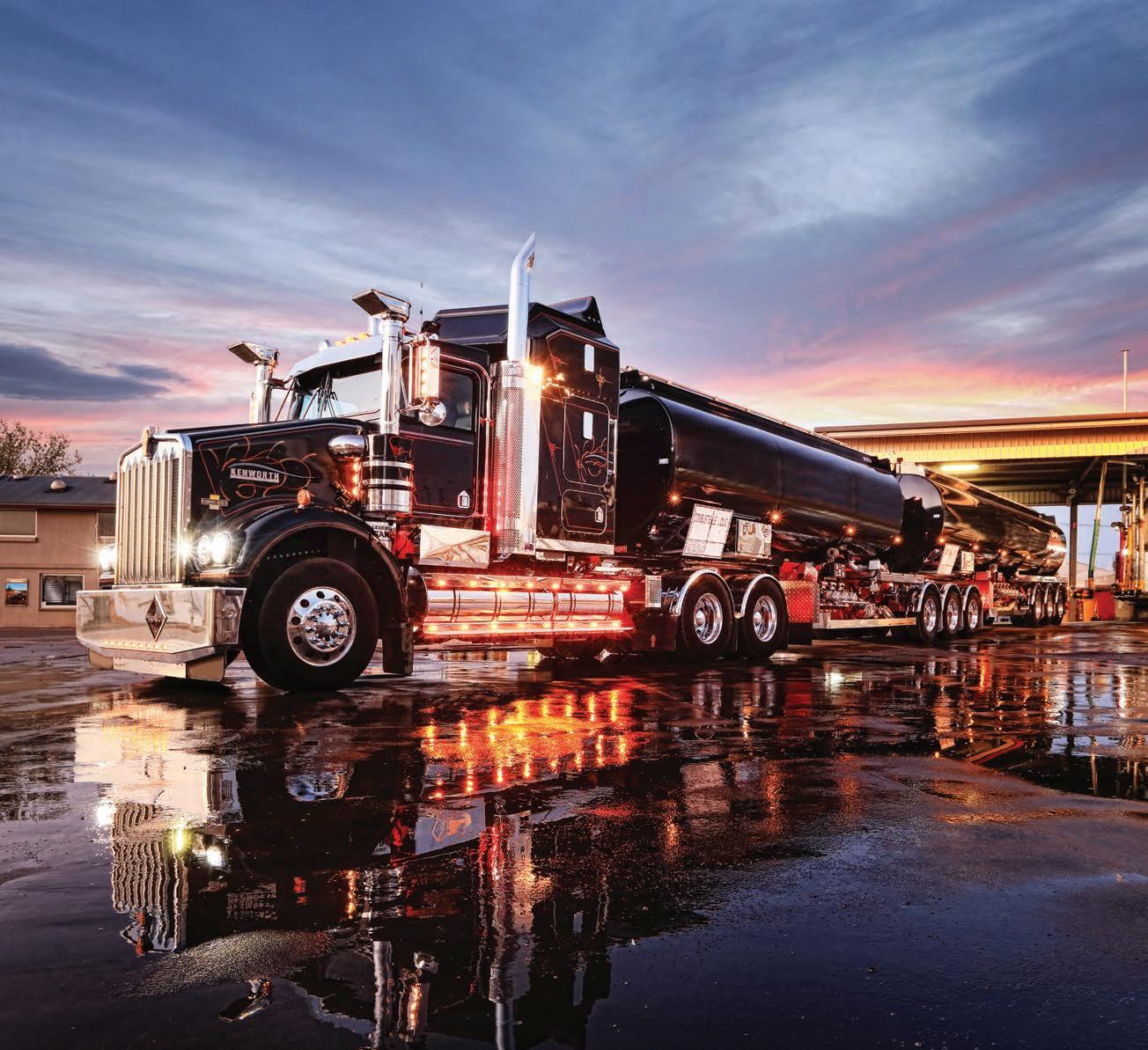



We’re not all made the same and neither is a Kenworth. With a huge range of options, a Kenworth can be customised for the driver and the task at hand. Drive something to be proud of; a truck that’s uniquely yours.

kenworth.com.au
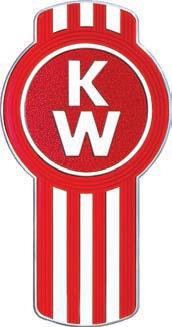
After a period of uncertainty, a reappraisal of the Hino brand and products sees new initiatives taking Hino forward into the next decade.
As the number two selling truck brand in Australia, Hino tend to keep a relatively low profile. The organisation has worked hard to develop a comprehensive range of trucks to suit Australian conditions and a dealership group to support them.
However, after a few set backs around the pandemic and regulatory issues with emission ratification, the company is looking to develop its offering to the transport industry and get back to the task of offering something to handle just about every task.
“We obviously had some issues in 2022 in terms of supply out of Japan, for various reasons out of our control,” says Richard Emery, Hino President and CEO. “There are some things that we have, entrenched in our business philosophy over the
last couple of years, considering the market circumstances. The market circumstances are positive and we’ve certainly had a strong sales performance.
“It got a bit frustrating, because we certainly could have delivered more over the last two years particularly. It was constrained by local bodybuilder capacity, but that seems to be easing up as we lean into 2024. We’ve had some issues in Japan in 2022 with 300 Series and we took the 500 series off the market for four or five months, as we dealt with the emissions paperwork that we needed to deal with.
“Having got through that, we still have some challenges, as we get into 2024 and beyond. Business is in pretty good shape, and we’ve been concentrating on some things that we’ve had some positive outcomes from.”
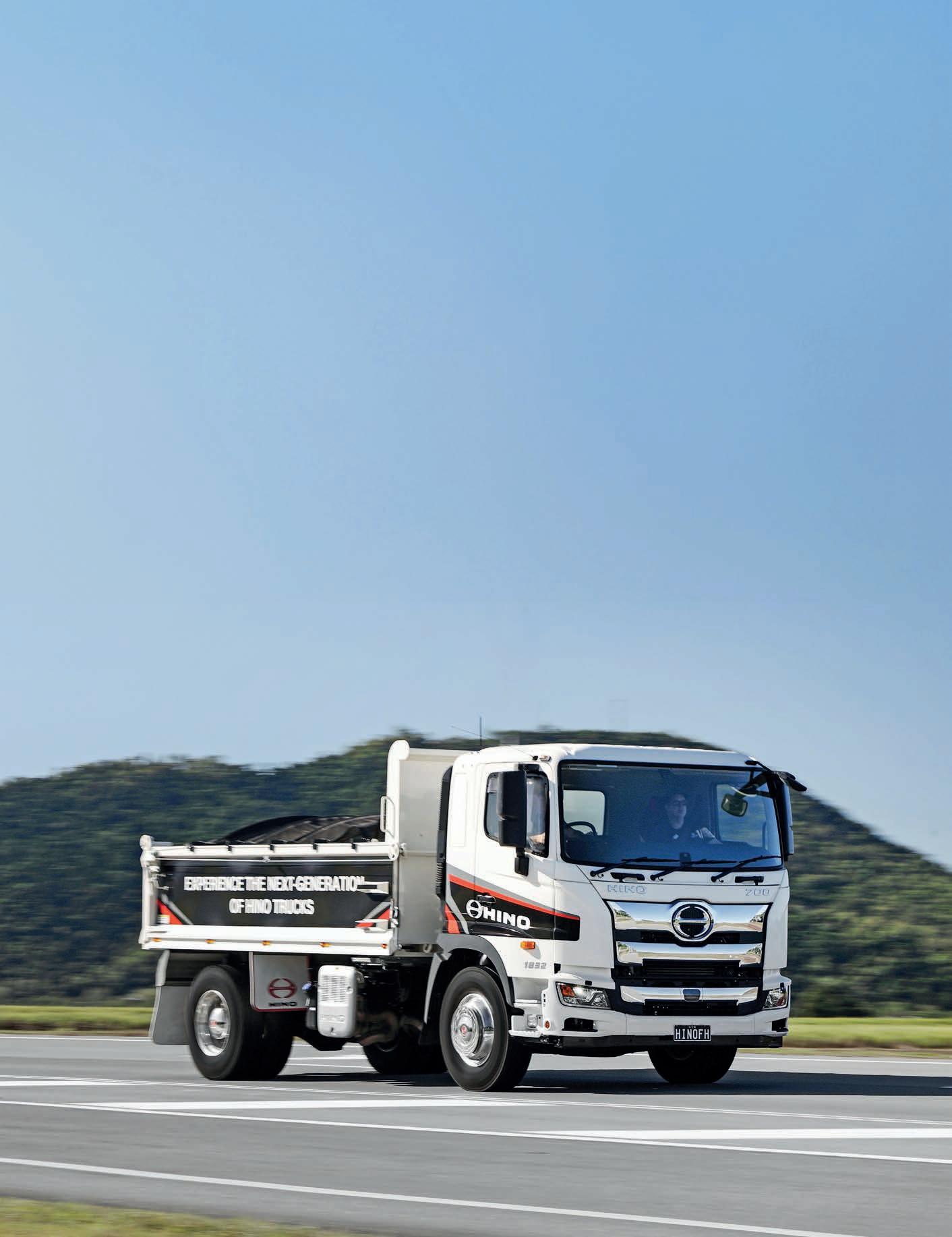
In a strong and rising truck market Hino clearly missed opportunities, both in 2022 and 2023 because of these issues. It is coming back with a stronger model mix, bolstered by the return of the 500 Series, which has really bounced back. This truck has been proven to be a good fit in the medium to heavy duty segment of the market, where Hino traditionally performs well.
The 700 Series has never been a strong performer and the latest model had a difficult launch right in the middle of the worst of the COVID confusion. Orders continue to come in, but the global shipping issues slow the process of getting trucks from factory to customer.
The increasing demand for trucks in the economy means customers’ businesses are expanding, so rather than changing their fleet over they’re

putting new trucks on, at the same spending levels on older trucks’ maintenance is growing to keep them going, with a lot of preventative maintenance.
“We’re starting to now move into training on efficiency in our workshops,” says Richard. “We count their steps, and if we can lessen the load on technicians, we can get longevity and get better efficiencies out of it. The shortage of skilled workers in Australia continues to be a challenge in our industry. It’s eased a little bit in the last six to 12 months. There’s more apprentices coming in for sure. It’s kind of still a problem but nowhere near as bad as it was a year ago.
“We invested in a parts distribution centre during the COVID period. That’s proven to be genius. If we hadn’t invested in that new facility, there’s no way we would have kept up with the current parts business. We have also done lot of training making sure our dealers have got a facility that works efficiently and safely so that they can turn the parts stock over quickly.
“We have a system, it’s not AI, but

it allows them to predict what stock they need based on what sort of work they’ve been doing. This ensures they have the right parts are in the right place at the right time.”
Hybrid electric has been a success story for Hino, as truck buyers have started focus on carbon emissions. There has been a significant shift in leasing companies understanding of resale value for hybrid electric, which means the total cost of ownership calculation over the four or five years has changed. Add in the fuel saving
figures, and the numbers look quite attractive to a business. In 2023 Hino took significant orders for hybrid electric, 400 per cent up on the previous year.
The truck sales mix has changed for Hino in recent years with the proportion of heavier trucks, 500 and 700 Series, growing, when compared to the company’s sales figures in the past.
Interestingly, this is not affected by the fact that Hino restricts its direct large fleet business to around the 10 per cent figure.
“There’s more opportunity in that
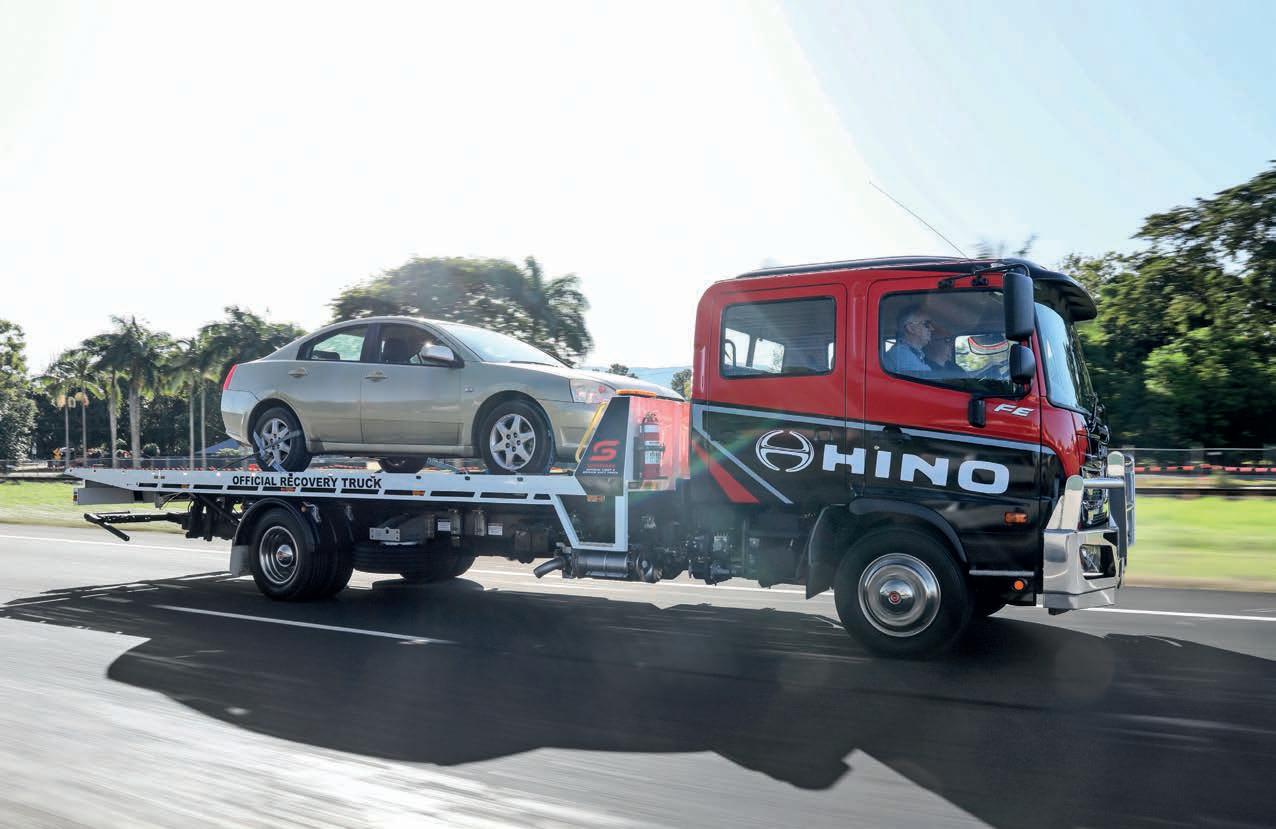
big, multinational fleet business, but it’s not really what we’re into,” says Richard. “We’re going to put as much business through from small to medium enterprises into our network. Why? Because there’s more margin at the smaller end of the market, and there’s the aggressive nature of those big fleet deals. It’s just not somewhere we want to play.
“There’s a time and place for it and we do have a couple of key customers. Even if we had lots and lots of extra production capacity, I’m not sure we would do it, just to keep that nice balance in our business. We have a couple of key clients who have been with us for a long time, but we’re not out chasing other ones.”
However, the electric hybrid is an area of growth for the brand and quite often chosen by the larger clients. The target for electric hybrid sales in 2024 is 500, if Hino can get the supply. Toyota’s hybrid business continues to go gangbusters, so
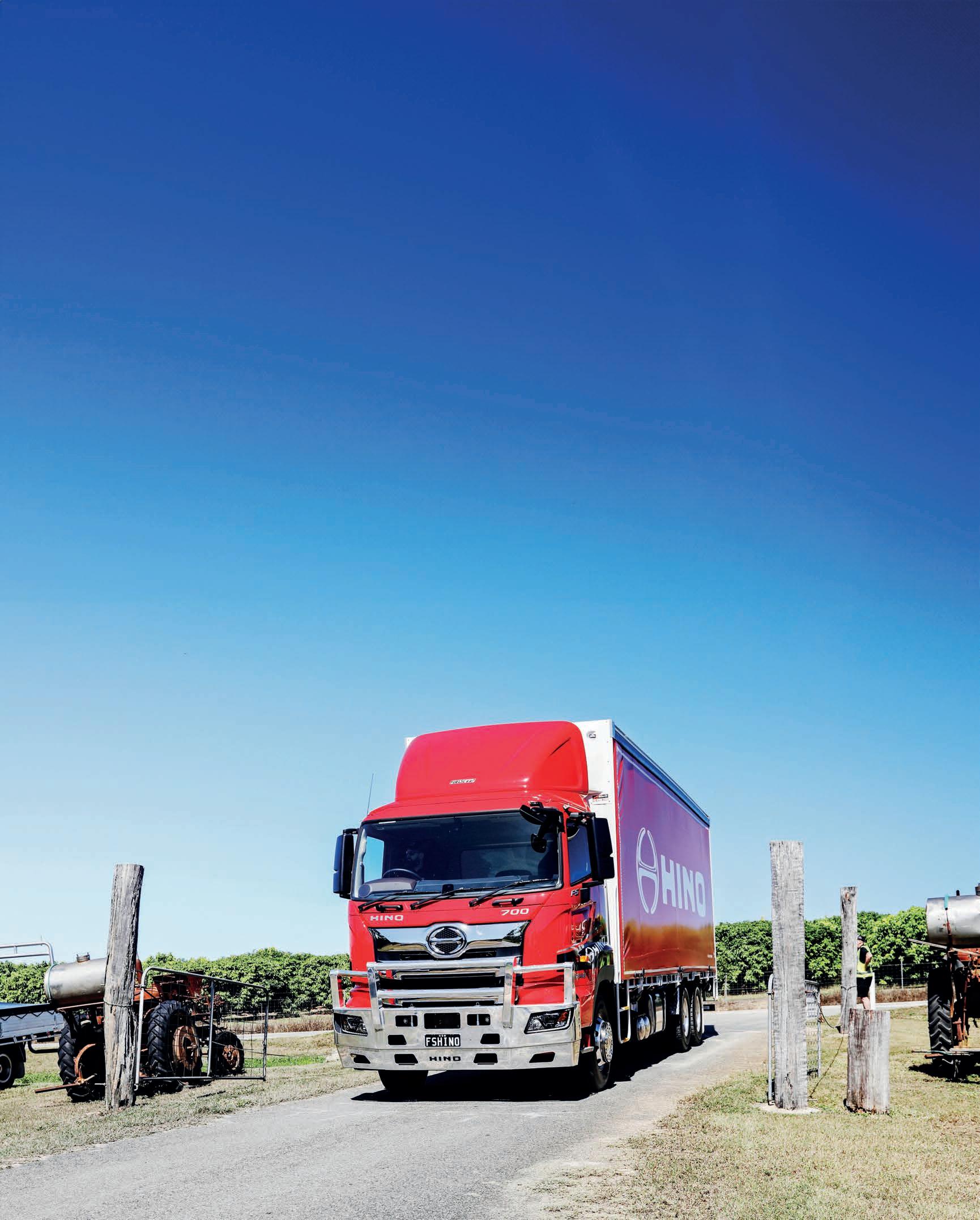
getting hybrid componentry from Toyota’s supply chain can be difficult. Australia is Hino’s second biggest hybrid electric market after Japan.
“We think electric hybrid’s time has come,” says Richard. “We also think its window is four or five years, at least, where we think we can take full advantage because it’s the right product at the right time.
“Everyone gets fixated on percentages, but it’s actually how much fuel are you saving and cutting emissions. The bottom line is you’re saving in whatever situation. Now, I will say it’s still a hard sell to some customers, because of the initial cost, which is fair, it’s a reasonable price.
“There is a tunnel vision in the marketplace at the moment, where it’s either this or that and there’s no nuance in between. We’ve got fleets who are saying no, we’ve got to do battery electric. We are saying you could start tomorrow morning with a 20 per cent saving.
“Fleets who are dabbling in battery electric, are tunnel visioned about not considering other options. The Truck Industry Council finds that the government politicians tend to take the attitude of, it’s battery electric or nothing. It’s the only alternative to solve the problem. However, depending on your application, your weight and distance over the next 10 to 15 years, there’ll be a myriad of different drive trains solutions that will vary depending on what you’re using the truck for.
“We’ve got Japan testing battery electric, hydrogen and our hybrid. So we’re playing, we’re investing in all of those things. Each of these will have their time and place, when the stars align for each of those technologies. That’s one of the advantages we have, being part of the Toyota Technology Group, is that they’re continuing to invest in all sorts of different solutions.”

The entire Hino range is now a mature one, with all the models bedded in. 300 Series hybrid electric sales have been boosted as operators become aware of the need to cut carbon emissions and that hybrid offers an automatic 20 per cent plus reduction in emissions to their business. 500 Series has bounced back after a difficult 2022 and 700 Series continues to grow.
Demand for new trucks remains solid and Hino are playing the long game, working in the background to develop a robust operation with a business model able to handle any business environment, robust enough not be thrown off kilter, when a crisis occurs. This includes moving away
says Richard. “We’ve been working really hard over the last two years on this, and we certainly will going forward. We want to create a sustainable and robust business model, grow our capability and capacity.
“We have to make sure that we’ve got another enough capacity and capability in our network to give the customers the sort of or service levels that they require. We’re doing some simplification in our product lineup. There’s an internal term we use, we want to be everything to some customers, not something to lots of customers. We want to really hone in on our key applications and our customer base. We don’t want to be all things to all people.
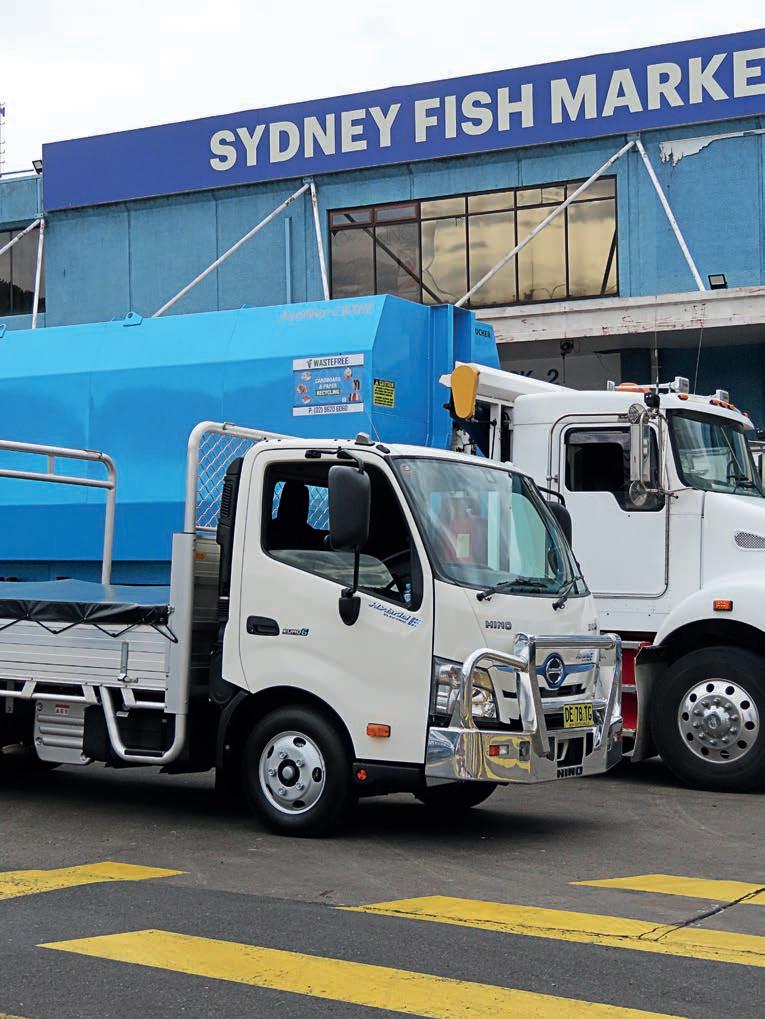
partner relationships, both at dealer investor level, but also with some of our customers.”
From a sales perspective 2023 was a good year for Hino, with the company coming close to 6,000 truck sales for the year, at 5,909 sales, which equates to 12.4 per cent of total truck market. 2,264 of those sales were in the medium duty market, where Hino have been consistently strong. Meanwhile, in the light duty market, the company hit 2,928 sales, or 18.2 per cent market share.
“We will continue to build brand new infrastructure and facilities, dealership outlets, the number of working bays we’ve got. We are increasing the level of capacity in our parts operations and deepening our
“It could have been much stronger if we’d had the supply situation sorted out, particularly on light duty,” says Richard. “We have an order bank around the 6000 figure of customers waiting for their trucks. 12 months is probably too long for comfort, we’d like to drag that back down. Somewhere between six to nine months would be an ideal situation. Having said that, our customers have
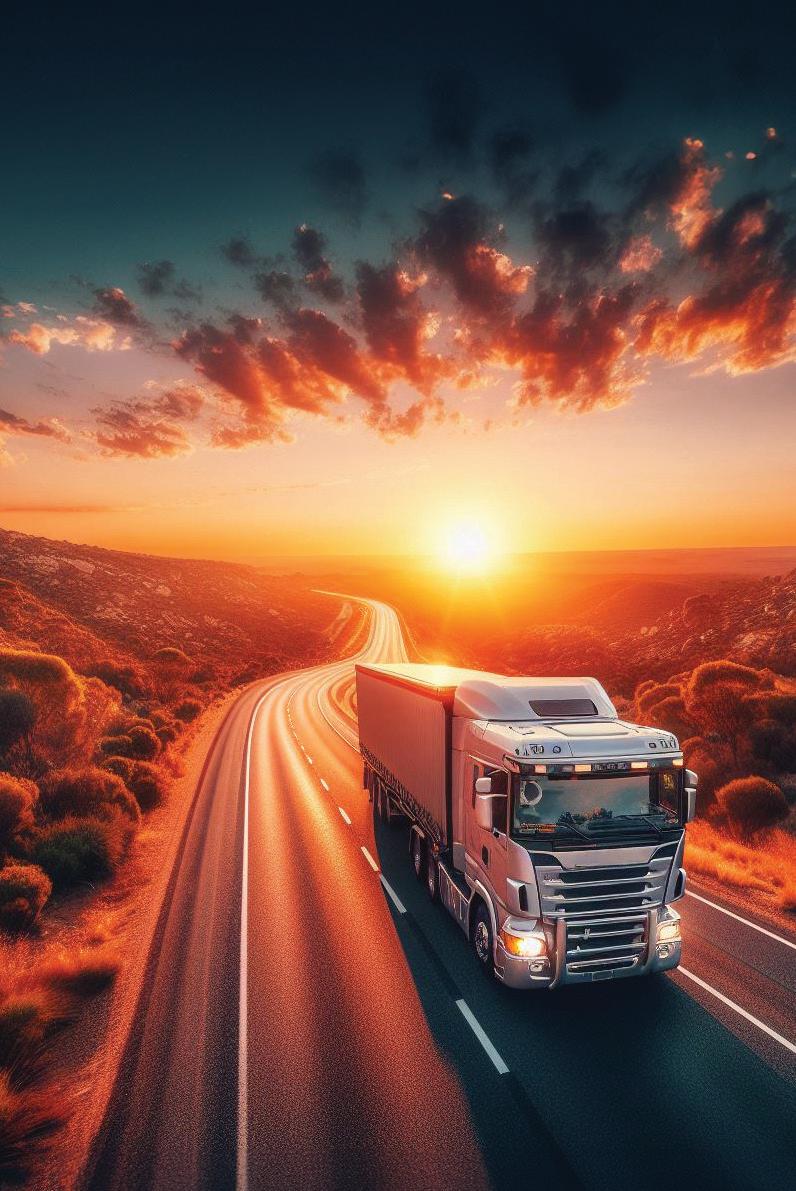

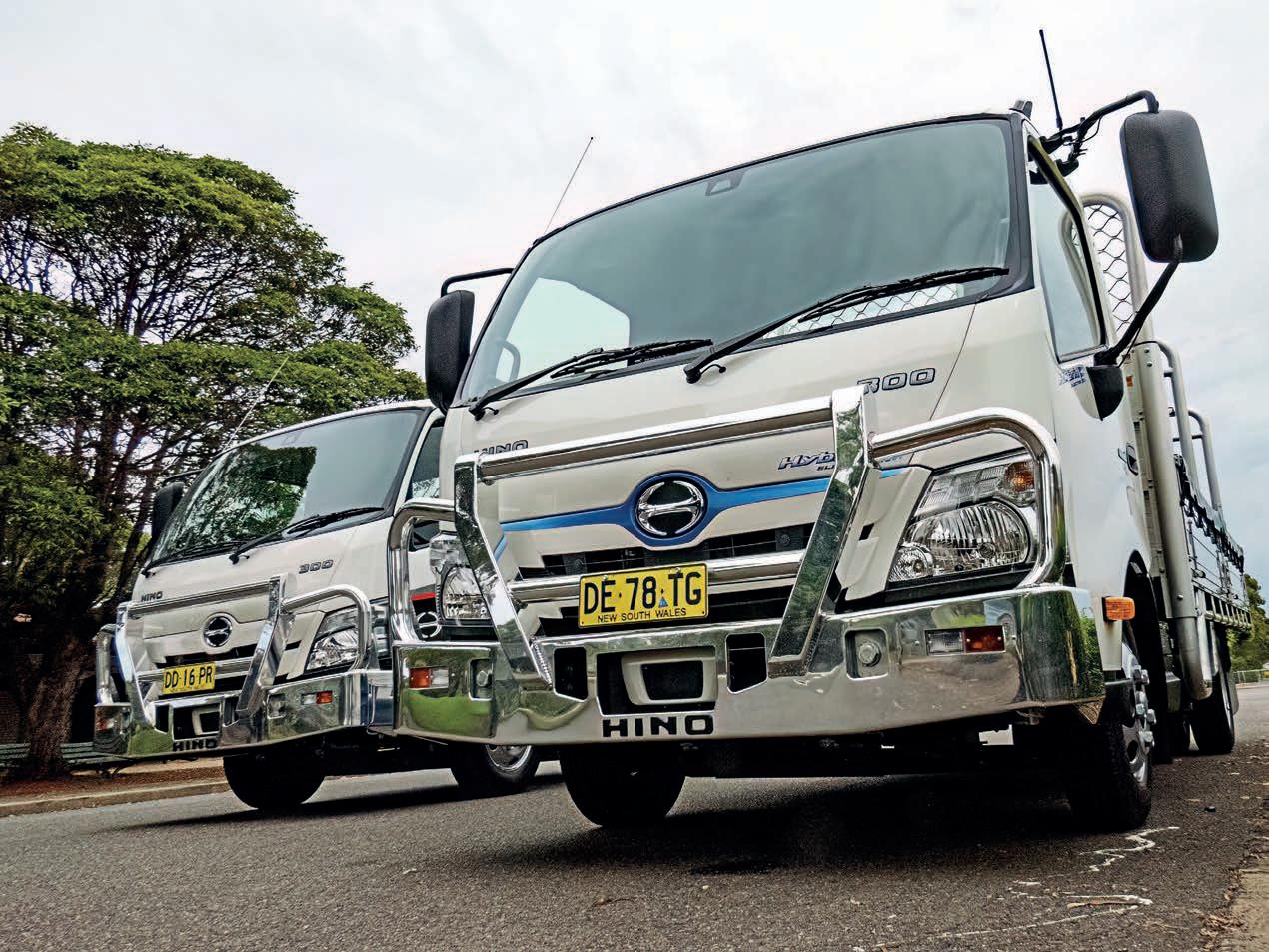
been patient. They’re happy to wait.
“However, we know that it’s stretching the friendship a little, so we need to, during 2024, drag that down a little bit. 12 months ago, many of the brands, not just ourselves were getting to lead out times towards 18 months. There’s some brands that are, on particular models, even further out than that.
“There was a period of time in 2022, when we were delivering 500 or 600 trucks a month but we were taking orders for 800 or 900 which means our order bank was exploding. It’s now evened out, and that’s not suggesting that the business has slowed. I think the growth has slowed, we’ve seen a cooling of the order intake. It’s still at record levels, and customers are

still showing confidence in wanting more supply to meet the contracts and demand for their business.”
Data from the government and from the Truck Industry Council is still suggesting that between now and 2030 the amount of freight tonnage being moved by road in Australia will continue to grow, which will continue to drive demand for more trucks.
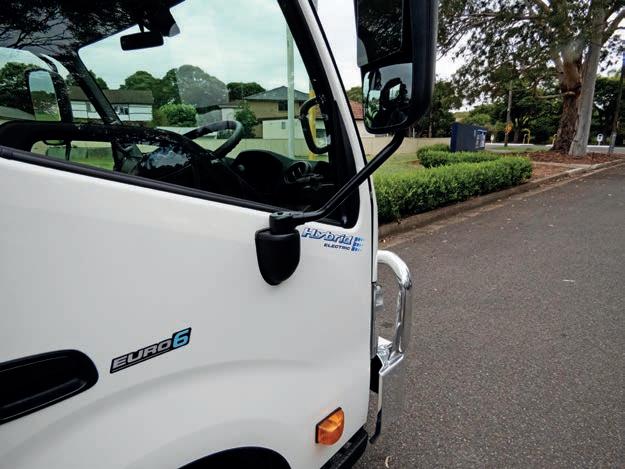
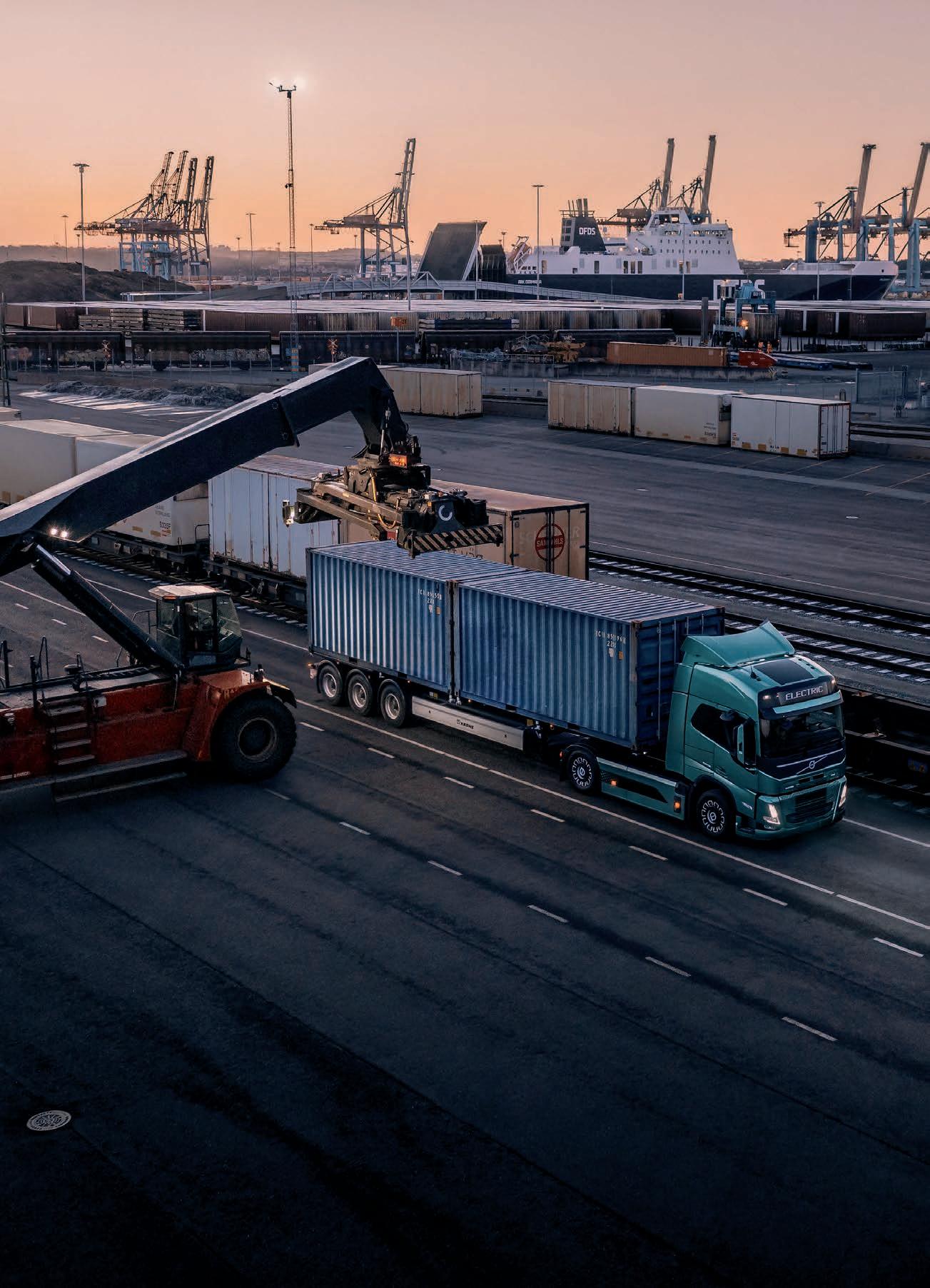


The flexible and agile Volvo FM Electric. Lower sound and emissions. Excellent ergonomics and visibility. Designed for high-capacity grocery deliveries, container transports, refuse pickups and more within metropolitan areas. To simplify the transition to electromobility, the truck is offered together with solutions for charging, route and range planning and energy status.
The entire trucking industry, as well as truck makers, are on a steep zero emission learning curve as they grapple with the issues around reducing carbon emissions from trucks towards a zero target.
In the last few years, the entire trucking industry has become increasingly aware of the implications of the drive towards zero carbon emissions from road transport. As happens anytime there are major technological changes coming through in the truck industry various manufacturers will head off

down different technological solution routes.
The trucking industry saw this in the process between 2000 and 2012, when regulations came in to reduce the amount of particulate matter and nitrogen oxides being emitted from truck exhausts, As the truck manufacturers moved quickly from
Euro 2, through 3, 4 and 5, before the current change to Euro 6.
This period saw many different technological options become available and trucking operators were offered different technologies in different combinations across a range of different brands. Since that period of flux and over time, the technical

knowledge has become more mature, to the point there there seems to be a consensus which has settled in the area of lower emission diesel engines, which now tend to use a SCR unit to reduce nitrogen oxides, and a DPF for the particulate matter
These after treatment units have become more sophisticated and more effective over the last 20 or so years. Now, we are embarking on a similar process with the drive towards zero carbon emissions from trucks.
However, this is unlikely to work its way work its way through the system over the next 20 years and come down to one single solution which suits everybody. The chances are that because of the different tasks and the different advantages of each of the technologies, that we are going to end up with a mix of different technologies within the road and transport industry in Australia.
We will be likely to see options all the way across the range of transport tasks. The solutions will probably be in its simplest form, basic battery electric vehicles running around cities and recharging, either overnight or when the opportunity allows, to enable them to fulfil their road transport task.
Over longer distances the jury’s still out but there are a number of different technologies which are likely to be effective. The more futuristic option is the is the hydrogen fuel cell which uses hydrogen through the fuel cell to create electricity to charge the battery, which then drives the truck.
Then we have also the possibility of hydrogen being used in an internal combustion engine (ICE) which can also reduce drastically reduce carbon emissions.
There are also some new fuels, sustainable fuels being developed which may be able to replace diesel in conventional diesel engines.
Plus, we still have other fuel saving technologies like hybridisation, which has proved to prove to be an effective way of reducing overall carbon emissions by at least 20 per cent.
In most cases, when a situation like this developed for an industry like the trucking industry, the most important element required at this point in the process is good information. We are
talking about technologies with which the transport industry is not familiar and has not experienced in the past and it does not fully comprehend how it will behave, working day to day in the industry.
This is also an opportunity for disruptors to come into the vehicle manufacturing industry with new ideas and different options, which may or may not develop into mature practical options, within the industry, down the track.
At the same time the big truck makers are investing multiple billions of dollars into all sorts of technologies all over the world to try and come up with the best most effective solution for the trucking industry in all conditions and areas.
It is into this environment which the Truck Industry Council, which represents the truck manufacturers in Australia, has decided it will need to make an ongoing input to inform truck buyers and those developing technology around trucks, to inform them about the realities of developing these technologies and how it may affect industry performance.
Questions about how this new technology can be integrated into transport businesses and how it can be best utilised, will need to be answered. The industry will also need to know how it can be used to best serve the interests of the transport industry’s customers
The first report has been published
years. As the technology developed, the TIC has decided it will present the reality of historical and current trends in the zero and low carbon technology.
It will also present sales data in the low and zero carbon emissions sector, and this update will become a regular feature in the reporting of heavy vehicle sales in the Australian market, complementing current monthly whole of market sales data.
The trucking industry has been made seriously aware of the need to move toward zero emissions, in many cases by its major customers, who, as large corporates have been tasked with ensuring that their businesses are moving towards carbon zero. The operations which provide services to those businesses are also expected them in the move towards zero carbon emissions.
“Never before has there been such a coordinated effort to transition your Australian truck fleet as there is now from national and state governments and big business down through suppliers, academia and society in general,” says the Low and Zero Emission Truck Market Update. “The momentum is building with the publication of this market update and regular sales reporting going forward.
“The aim is to inform all parties including government and regulators, as well as truck operators with information that assists them to make sound decisions regarding policy and regulations and the adoption and

of Australia. From 2008 to 2021 only 0.1 per cent of all new trucks sold in Australia were low or zero emission trucks.
The real issue before us all in road freight transport at the moment is to strive to ensure ambition meets reality.”
which will be developed in places like China, and Europe will, in fact, work perfectly well in the Australian environment, within our urban areas.
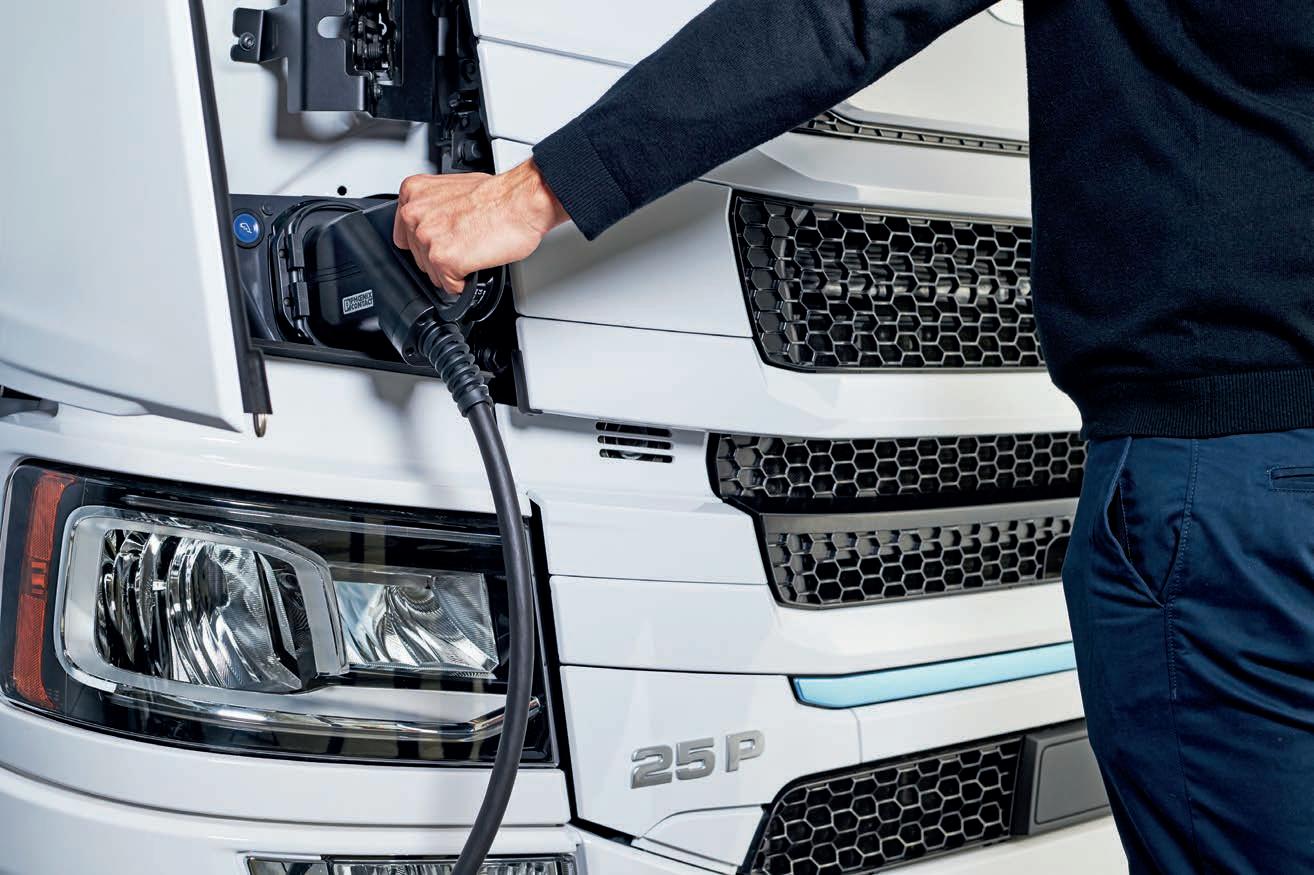
99.9 per cent of those sales were, of course, powered by diesel. 2022 saw the first glimmers of genuine interest in low and zero emission trucks. At the end of June 2023 0.5 per cent of new truck sales were classified as low or zero emission trucks.
The industry can expect this rise to accelerate in the coming years as interest in zero emission vehicles increases and the ability, and the capacity, of the truck manufacturers to supply these vehicles also comes online.
There are particular issues for the Australian truck and trucking industry and this is the fact that the average age of a truck in Australia is 15 years and there are almost 750,000 diesel trucks on our roads.
“There is no option to replace these trucks overnight,” points out the TIC. “There will not be a light switch moment. The starting point in Australia is for all stakeholders to acknowledge the need for a realistic transition plan.
“The role of TIC, as Australia’s peak industry association for truck manufacturers and importers, is to advocate on issues relating to the nation’s heavy vehicle truck fleet on behalf of its members and communicate to stakeholders a realistic pathway to achieving reduced carbon dioxide emissions.
As is mentioned regularly, the Australian trucking industry is very different from most trucking industries around the world, with major differences when compared with elsewhere in the world.
Some solutions are going to be more effective here than they will be elsewhere, just because of the extremely long distances and heavy axle masses at which our trucks currently run. The introduction of low emission technology is very unlikely to actually change the need or the ability of operators to run like vehicles like quad road trains.
These kinds of trucks and trailers are still going to be necessary into the future and the truck and trailer manufacturers are going to need to be able to develop solutions which will work in very hot, dusty, high mass high speed conditions over long distances.
The trucking needs in remote areas are a unique, but, in fact, most of our population live in large cities and there are five times more rigid trucks than articulated trucks on our roads. 70 per cent,(by some estimates 80 per cent) of these trucks operate in urban areas. Even for semis and B-doubles, 30 per cent of all kilometres traveled are in urban environments.
This suggests that the solutions
This will mean that trucks designed for those markets will need to be imported into Australia to solve our issues. However, Australia does have barriers which mean some of these solutions may not be able to run on our roads.
The issue of vehicle width looks like it may become easier to overcome. Currently the ADRs specify a maximum width of 2.5m, as compared to 2.55m in Europe and 2.6m in North America. A campaign by TIC has gained concessions and zero emission trucks are going to be allowed, under some caveats, to run on Australian roads.
This is very important because the Australian truck market is too small for the truck manufacturers of the world to pay for the research and development and to design specific vehicles for our market. It is simply not economically viable, especially when you consider the massive dollars which are already being spent on development of these new technologies. These changes will flow through, but will take time to make any real difference.
“Australian trucks tend to stay on the road for nearly 30 years longer than in comparable markets,” says the TIC report. “The average age of rigid trucks in Australia is 16 years while articulated trucks are typically around 12 years old. This higher age profile
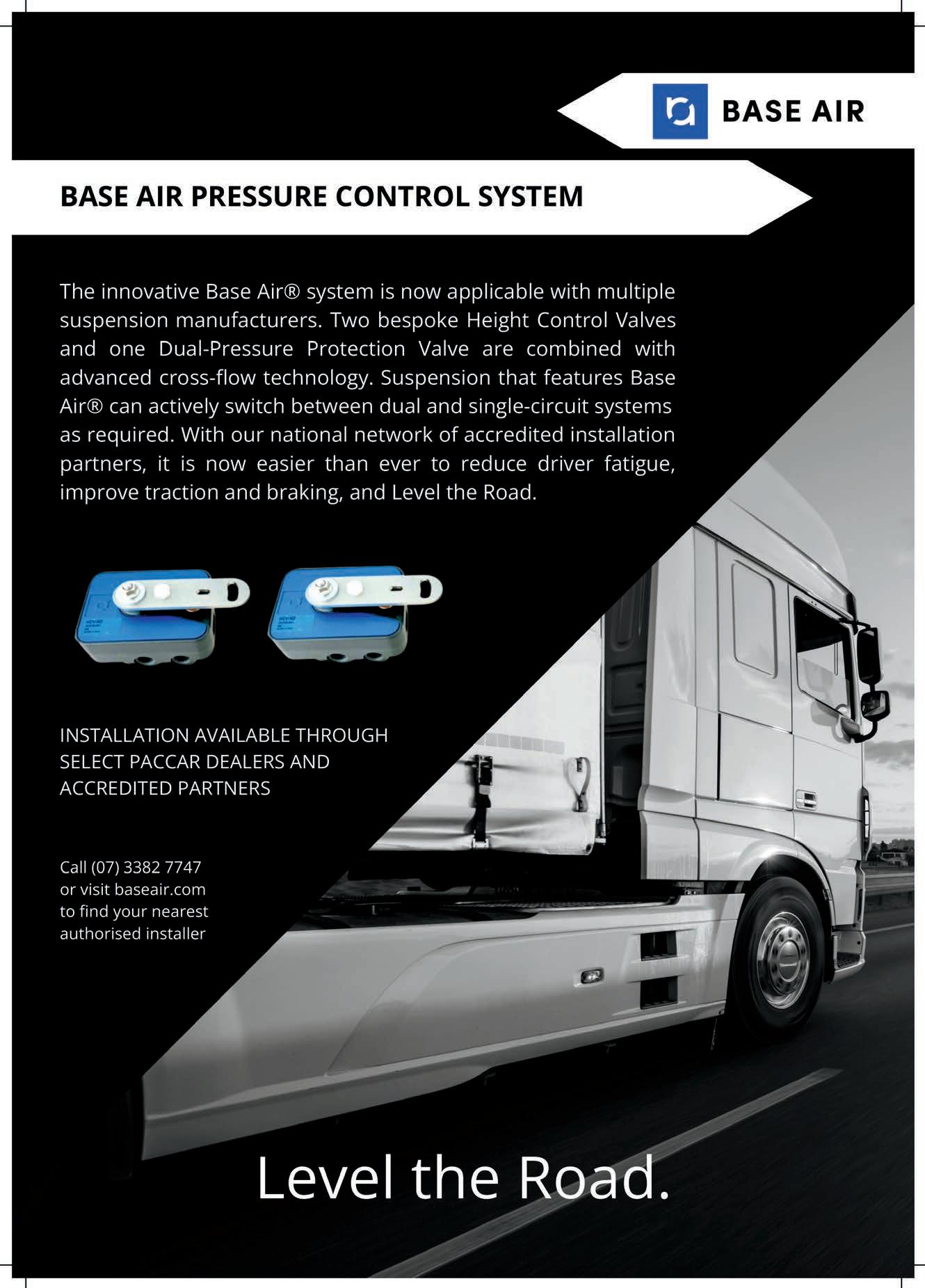



contributes to a slower turnover of the national fleet.
“Approximately 56 per cent of trucks on the road today were manufactured before 2008, with rigid trucks over represented in this aged trucks category. Turnover rates are also also influenced by the composition of Australia’s trucking industry, which is skewed towards small fleets with localised operations, 92 per cent of road transport operators have fewer than five staff and 93 per cent have an annual turnover below $2 million. Just 0.5 per cent of Australia’s truck operators have more than 100 vehicles and around 70 per cent operate only one truck.”
This is the scope of this problem, small operators tend to keep their vehicles longer and are less able to keep up with all the latest modern technology. Whereas the large fleets will be able to make those changes, experiment with and develop their fleets at a faster rate than many of the smaller fleets.
Looking at the different segments into which zero emission trucks are going to be sold, the obvious first cab off the rank is going to be the urban delivery segment which represents the largest share of new truck sales in Australia.
These trucks go all the way from the four and a half tonne small pantech delivering goods around the city centres to the heavier trucks involved in the distribution of supplies for supermarkets, service stations and the rest of the urban economy. Plus there are large construction fleets involved in building projects and large infrastructure projects ,which are happening all across our major cities.
All of these vehicles tend to work on back to base working models. Often they will go out in the morning, do their work all day, come back to a depot at night, this is where the battery electric truck (BET) comes into its own.
If the vehicle is spending a daily period where it’s at back at base, where it can be charged completely,
then this is the this is where a BET will work most effectively.
The next segment to look at is what’s commonly called intrastate. This is basically medium distance transport, which will be hauling freight across cities, but also from cities out into regional areas and between regional areas across Australia.
These trucks will on average, travel greater distances each day than the city trucks. Theymay or may not be able to return back to base every day in order to charge up. In this segment of the market BETs can be effective, but may not be able to be able to provide a solution for all of those freight tasks in this segment of the market.
Then there’s the long distance, long haul trucking environment where vehicles are running freight from capital to capital as well as distributing along rural routes, to regional towns. Then there are the trucks hauling between capital cities and distributing freight interstate capital.
These different segments do not cover the entire trucking industry, but due to cover a very large part of it. Other, more specialist, segments include all of the resources industries which work in remote areas, with high masses, but often on strictly limited routes from mine sites to port, or from ports to industrial areas.
In the coming years, the typical road transport operator in Australia will be having to look at their operation and start to develop a plan for the transition of their operation across to low/zero carbon operation.
There will be a need to fully analyse the way that the operation works and the various different components within that operation. Armed with that data they can then look at the different technology mixes available, concentrating on those which may be required in order to fulfil the needs of the operation.
With simple tasks, the options may be relatively limited and simple. In urban areas, it will be about variations on a theme. BETs are going to be the most likely solution, but for others the decision may be more difficult and getting this technology mix right is

going to be an important requirement for those involved in the trucking industry.
The investment in the technology to move towards zero emissions is expensive and a lot of the technologies are not fully proven in the situations which can arise in the Australian freight task
This means there are going to be some businesses which will dive in and try one one technology or another, in order to see if it will work for their operation. Then there will be others who might just sit back and wait to see how the technology mix which suits them plays out over the next few years.
However, even if the operator has chosen to be one of those who waits and sees, it is important for them to be up to speed on all of the technology options now, to understand how they may or may not develop over time.
As the zero carbon knowledge base increases, it will be important to make preparations in order to make that transition across to zero carbon as it develops.
The industry does need to be prepared, not only understanding the options, but also monitoring how those options play out in the real world. For many there is often more than one option available.
The TIC report gives us a comprehensive guide as to what the options are going to be, or are likely to be, down the track for trucking operators. Some of these options are genuine zero carbon, others are low carbon options which may be a step on the way to zero emissions, or may turn out to be the solution which works in particular operations.
Natural gas has been used in the Australian trucking industry in the past with mixed results.
“More recently biomethane or renewable natural gas, or a processed form of biogas has emerged as a more sustainable variant source from biomass or waste feedstocks, but is entirely compatible with existing CNG infrastructure,” says the TIC report.
“Natural gas requires major vehicle modifications to accommodate a dedicated spark ignited engine or a dual fuel system with diesel. Natural gas in trucks has been available for many years in Australia, but enthusiasm peaked over a decade ago.”
This is a technology which has come and gone for many fleets in Australia, but the technology still exists.
Another development in the move towards zero emissions could be the use to use alternative fuel replacements instead of the current diesel.
“These fuels are referred to as low or zero carbon fuels,” says the TIC. “Despite differences in refining technology, renewable fuels all have one thing in common. They are derived from biomass feedstocks, such as agricultural inputs, canola, corn, soya palm oil, animal fats (tallow) or waste (eg used cooking oil)
“Renewable fuels can typically be ‘dropped in’ to the existing diesel system, at different concentration

rates for different renewable fuels.
Biodiesel can be blended up to 5 per cent under existing Australian fuel quality standards, while some truck OEMs allow up to 20 per cent biodiesel (B20) without modification, or minor modification, to the engine.”
Some truck OEMs allow up to 20 per cent biodiesel without modification. In Australia, biodiesel was widely used in the early 2000s But many facilities have closed.
However, this is this fuel is not the same as renewable diesel, which is also made from biomass that has been more significantly refined and is chemically identical to diesel, making it 100 per cent compatible with diesel drive trains, without engine modification or blending.
For renewable diesel the fact that it can be dropped into the current diesel system means no special refuelling infrastructure is required. These fuels like hydrogenated vegetable oils, HVO, have already appeared on the market and many will be waiting until the price goes down before venturing into the use of these fuels.
“Production of renewable fuels in Australia remains constrained as it tends to result in a more expensive fuel than diesel and therefore doesn’t provide a payback,” says the TIC.
“Variability in lifecycle emissions of biodiesel production has also
led to some criticism of its specific decarbonising outcomes. These two issues have been addressed overseas with accreditation standards national/regional usage targets and carbon credits or similar. Australian governments have failed to implement any of these policy/regulatory measures.
“Bio and renewable diesel fuel use can’t be tracked as a proportion of new truck sales, as any truck, old or new, is a candidate for bio and/ or renewable diesel use. A different measurement metric is required for the usage of these fuels. For example, tracking/accounting of these fuels supply/use to the road transport sector, much in the way mineral diesel fuel use is accounted for in Australia.”
These renewable fuel solutions are ones which can be, quite literally, dropped into the trucking industry and could provide a solution which would certainly take the trucking industry on the road to zero carbon, but may not be able to take us all the way.
On this topic the TIC view is that governments, both federal and state, need to amend regulations and legislate to help these alternatives grow in this market, stating, “These fuels MUST form part of government’s transition strategy for the road freight sector.’
On of the new technologies available, which promised to take trucking the trucking industry to the zero carbon emissions got a lot of attention and has been talked about in industry circles after making an appearance at the Brisbane Truck Show last year.
There was a lot of interest on the Cummins stand, where the engine maker was displaying a fuel agnostic engine which was capable of being used with biogas, diesel or hydrogen. Over the longer term, this may well be one of the routes which the trucking industry can go down on the way towards zero emissions.
“Hydrogen ICE requires modifications to the engine and ultimately achieves lower overall efficiencies in both diesel combustion and fuel cell drive times.,” reports TIC. “While H-ICE does not produce carbon emissions at the tailpipe, it does still produce NOx emissions as a result of the combustion process. These NOx emissions will be capped at the emission standard that is applied when the truck is sold, typically Euro 6, or equivalent.”
Hydrogen is not what could be termed a ‘drop in’ solution. Hydrogen can be used either as a gas or as a liquid, but it can be difficult to manage on a vehicle. There are no H-ICE vehicles yet on sale in Australia.
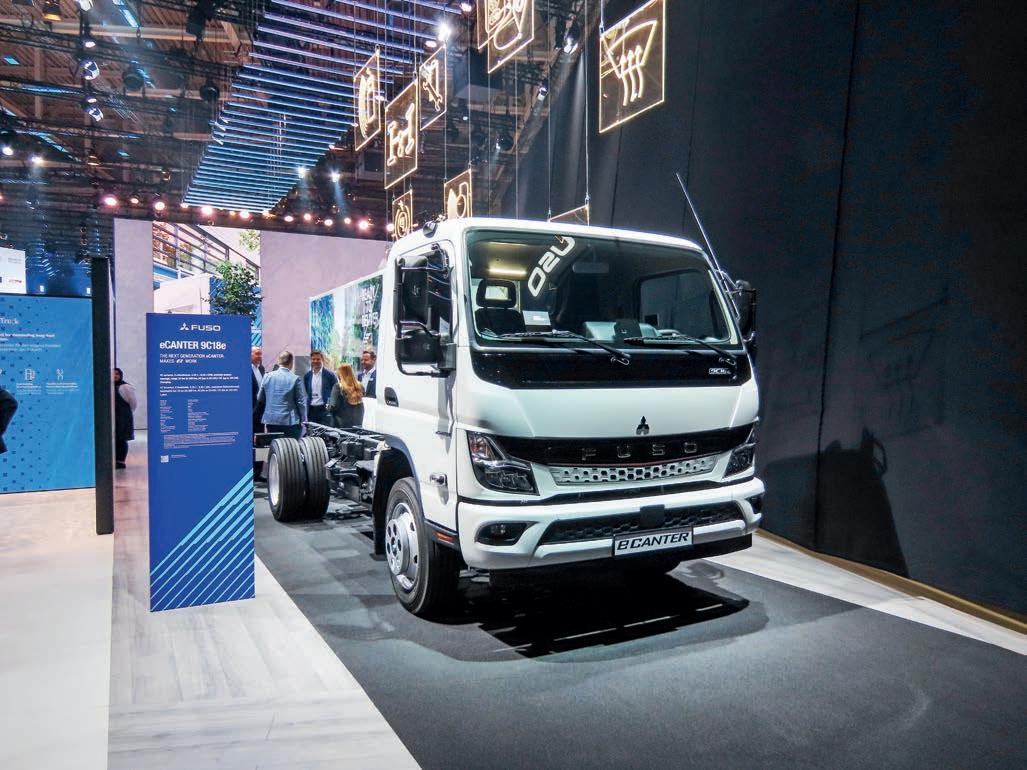
Hydrogen is available on the market here in Australia but it is not green hydrogen, ie carbon emissions have been produced in its production. Whether it be from it manufacture from natural in the petrochemical industry.
Some small service stations have opened in major cities to supply hydrogen but these are at a very low level, currently. The distribution of hydrogen, especially green hydrogen is expected to take some time to ramp up.
It’s not going to be a solution, in the short term, for anybody running a major fleet in the trucking industry.
Hybrid electric trucks have been on the roads of Australia for quite a few years with the Hino hybrid trucks first appearing15 years ago. This technology is designed to use a
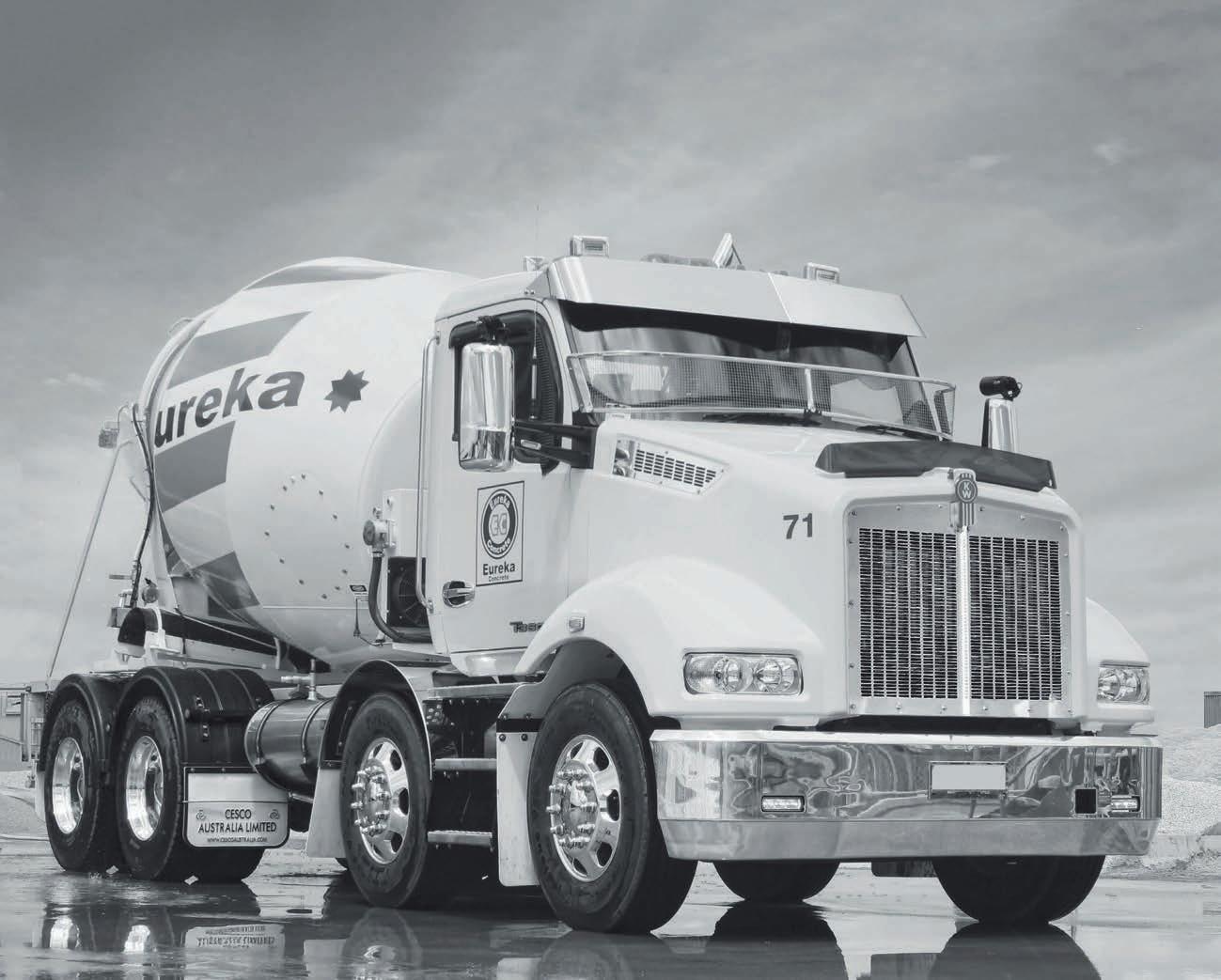

• Twenty percent larger inter-axle differential (IAD) with high torque (2,780 Nm) capability
• Most complete range of ratios (2.64-7.17) in the industry
• Oil pump provides lubrication to the the inter-axle differential in both forward and reverse
• Driver-controlled differential lock (DCDL) maximises traction
• Built in Australia to suit Australian vocational applications

basic diesel engine, but also include a battery and a electric motor in the drive line.
They have been able to reduce fuel use, and therefore represent a carbon emissions reduction of at least 20 per cent in most operations. These do not require to be plugged in, as all of the charging of the battery is done either by the diesel engine itself or through regenerative braking when the truck is in motion.
The next stage up from this is the plug in hybrid, none of which are on sale in Australia at the moment. This technology gives operators the option to plug the truck into the power supply, charge the batteries for use on the road but also have a diesel engine as a range extender on the vehicle.

As the battery depletes, the diesel engine can be used to top up the charge in the battery, to allow the vehicle to travel longer distances than would be available on a single charge of the battery.
“Fuel cell electric trucks are best thought of as an electric truck as they mainly rely on an electric motor and small battery to drive the wheels, but unlike a typical battery electric or plug in hybrid, most of the energy is stored on board as hydrogen, either as a compressed gas or or liquid,” states the TIC. “The hydrogen is converted to electricity in an onboard fuel cell and used to both charge a battery and power the motor. The only tailpipe emission from this process is water, making it a very clean alternative technology.”
The issues with this technology are around refuelling and onboard storage. The jury is out whether onboard storage should be as a gas or as a liquid, which has been cryogenically liquefied. Over time, it may develop that both options become available to the trucking industry in certain situations. There are hydrogen refuelling developments around the country but at its moment, they are relatively limited.
Finally we come to the option which is probably going to be the mainstay
for many road transport fleets. around Australia and that’s the battery electric truck.
“BET designs increasingly distribute the battery packs across front and rear axles to better distribute the significant mass of the battery packs,” says TIC. “BETs typically rely on plug-in recharging but ‘swappable’ systems (where batteries are physically removed from the vehicle and replaced with fully charged ones) are gaining currency, particularly in China. Like hybrid electric and plug-in hybrids, BETs also benefit from regenerative braking to recharge the battery while driving, thereby reducing brake wear and energy consumption. BETs do not emit any tailpipe emissions.
“While electricity itself is ubiquitous, the rate of energy flow (current) varies considerably and could be constrained by on-site electrical systems (e.g. depot wiring, switchboard capacity, etc.) or by the broader electricity distribution network. Enabling civil and electrical upgrade works can more than double the cost of a charger, depending on the site and existing connections. To date, public recharging infrastructure has been almost entirely focused on the rapidly expanding network for passenger EVs; there are few dedicated heavy vehicle chargers publicly accessible in Australia.”
Replacing the one-fuel-fits-all solution
of diesel with this myriad of answers to the global warming problems caused by road transport, is going to introduce an increasing amount of complexity into the act of running trucks on Australian roads.
Solutions range from simple BETs to high tech fuel cells or hydrogen ICE solutions. None is ideal but all are expected to play a role in taking the trucking industry of Australia into its latest challenge.
We are only seeing the tip of a very large iceberg as the first example of electric trucks start to appear on our highways and the sales of hybrids rise. The dramatic transformation of a diesel powered industry into one which emits zero carbon is going to be long and hard.
This is a fast-moving technology set and new options are going to be popping their heads above the parapet in the rapidly approaching decades of change. All the truck operator in Australia can do is keep themselves fully informed about the technological developments and lobby their local, state and federal politicians to help the industry cope with such a massive transformation.
FOR THE FULL REPORT SCAN
THIS QR CODE:

• Large inter-axle differential with high torque (2,780 Nm) capability for durability and longer life.
• Oil pump lubricates the inter-axle differential to prevent damage during loss of traction.
• Driver controlled differential lock maximises traction in and around construction sites.
• Built in Australia and proven to perform in heavy-duty vocational applications.

Developing a hydrogen refuelling station infrastructure is going to be a vital, but challenging task for the Australian economy and the transport industry.
You can be forgiven for not knowing who Lochard Energy is, because we are a silent achiever,” said Bart Simes, General Manager Energy Development at Lochard Energy, at the Victorian Transport Association Alternative Fuel Summit. “Lochard Energy is a very important player in the energy space in Australia, particularly in Victoria. Our major asset is the Iona underground gas storage and processing facility down in Port Campbell (200km SW of Melbourne) and plays a very important role in our market.
“What it essentially does is smooth out the gas market for gas participants in the natural gas space. Without Iona, the volatility of the wholesale gas market would be extreme and the implications for our customers and consumers would be very extreme. So this asset is very very important in hedging the wholesale markets in Victoria, in South Australia and New South Wales as well.”
When gas demand is low in summer the facility is filled with gas, which then is released during ther high demand season as the weather gets colder and houses turn to gas for heating. The storage facility also supplies the gas fired power generation in Victoria, when electricity supply from other sources is unable to meet demand.
“What we’re doing now is taking those skills that are associated with natural gas and starting to think about how we redeploy them into the brave new world that is decarbonisation,” said Bart. “That’s how we got into the hydrogen refuelling business, we’re transposing our skills. We are also about reducing volatility, as this is fundamentally important.
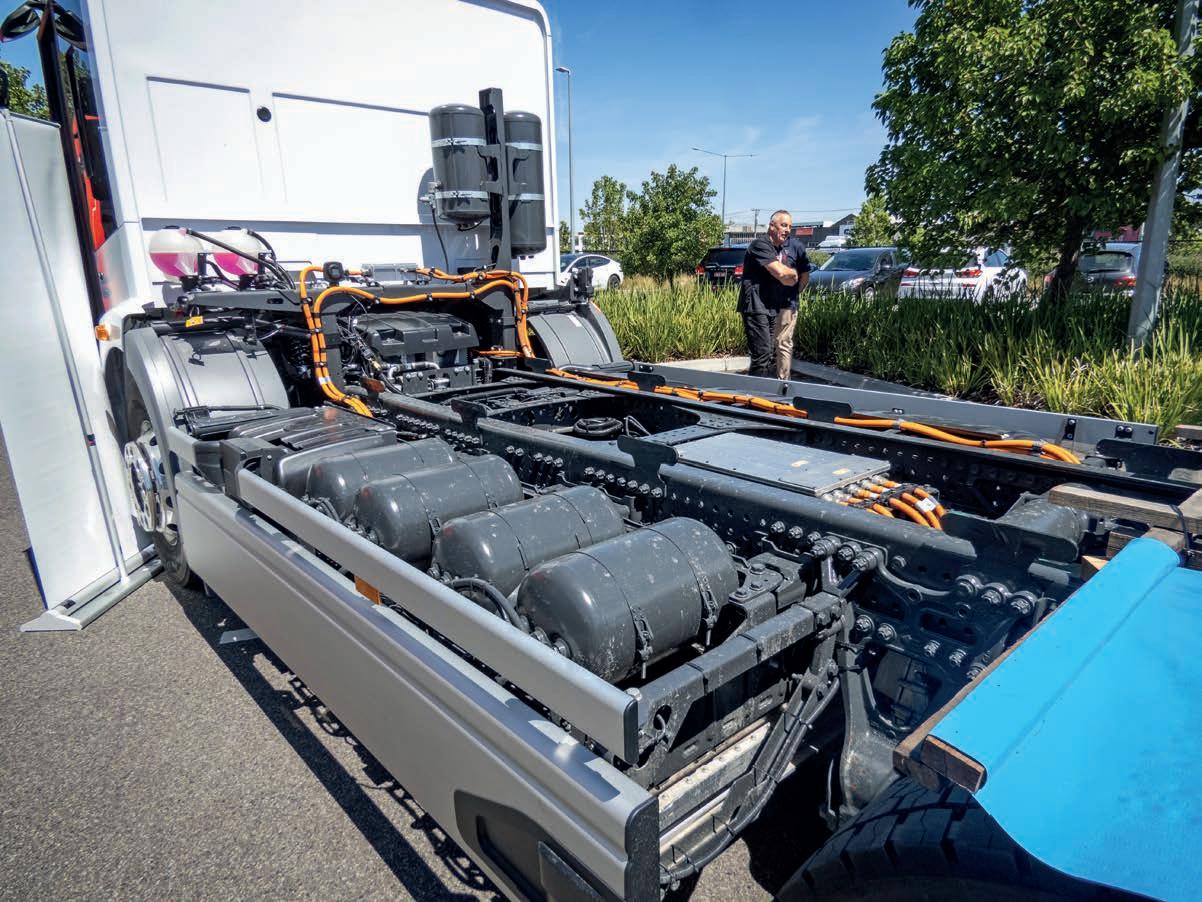
away from liquid fuel and its associated infrastructure, the more it moves towards the electricity market, and the electricity market is extraordinarily volatile, way more than the natural gas market, which is more volatile than the diesel market.
“It’s going to become increasingly important in the sector as time goes on, because the more people move
“So you need to come up with analysis and business models that hedge that risk effectively for the customer, at Iona our customers tend
to be blue chip customers like AGL, Origin and Snowy Hydro, incumbents that have very significant energy loads and need to manage that risk accordingly.”
Lochard taking the current business models and starting to think about how the operation can help new customers as they move towards decarbonisation. Bart’s team comes largely from the power generation sector, across solar,
energy storage and gas fired power generation. The plan is to create a new infrastructure for the transport sector.
Hydrogen can come from various sources. Grey hydrogen and blue hydrogen both derive from natural gas, and do nothing to decarbonise the environment. It is still a fuel that is coming from a fossil fuel.
“Given the urgency of climate change and the urgency to start adopting new ways and new technologies, Lochard is focusing on renewable hydrogen,” said Bart.”This is using renewable electricity, whether that be wind or solar, and then processing water to get the hydrogen. I willtalk you through the sequence of how the project works.
“We start off with renewable energy, renewable electricity, the project has an on-site solar farm, but that’s insufficient for its needs. It also takes power from the electricity grid, and that we hedge with renewable energy contracts. So the the entire electricity draw is green. You also need a water supply and you want to do something that’s sustainable. So, we’re talking to the local water authority about using their recycled water. It’s a problem for them, and we’re taking that problem off their hands, and then splitting their water with our electricity in the process of electrolysis.
“We now have the hydrogen, we can vent the oxygen into the atmosphere with no problems whatsoever. We now have the hydrogen The question is what to do with it, what pressuring do we want, do we want to liquid? The hydrogen has to be in some form or another to be available for vehicles and available at the site itself, so you’re effectively buying wholesale, or it can be transported to another location.”
The H2 Refuelling project is a kind of test bed for what is going to happen in the 2030s. It is a long process to develop this sort of infrastructure. Building the initial project will be a good learning curve for Lochard, going forward. Having gone through the process, the company can then plan for a roll out of hydrogen infrastructure in the 2030s.
The end game is to be able to build
a facility providing bulk renewable hydrogen, that can either be purchased directly from the site to minimise its handling and, therefore, costs. It can also be loaded onto a truck, in either gaseous or liquid form and delivered down the road.
The initial project on the shoulder of the Hume Highway, near the Winton Raceway, 230km north of Melbourne and 230km south of the Tarcutta trailer exchange. It’s location is not an accident. When researching possible sites, Lochard were triangulating a multitude of important KPIs, in finding a site and that has good access to renewable energy, keeping the costs as low as possible. It also needs access to sustainable water and access for trucks.
The company is currently going through the planning process, firstly
application will be a significant learning curve, as the team looks forward to later projects.
It is projected to be able to create 12 tonnes of hydrogen a day and store an extra amount, as well. It will be permitted for either liquid hydrogen, gaseous hydrogen, or both. It will need to offer flexibility to the market, because at the moment it is difficult to know exactly what technology will be needed when the demand for hydrogen ramps up.
“We’ve seen, over the last few years, the volatility of the diesel market and the pain that it has inflicted on transport operators,” said Bart. “But, I have to emphasise how much more significant it will be when we start to move into the electricity market. Most
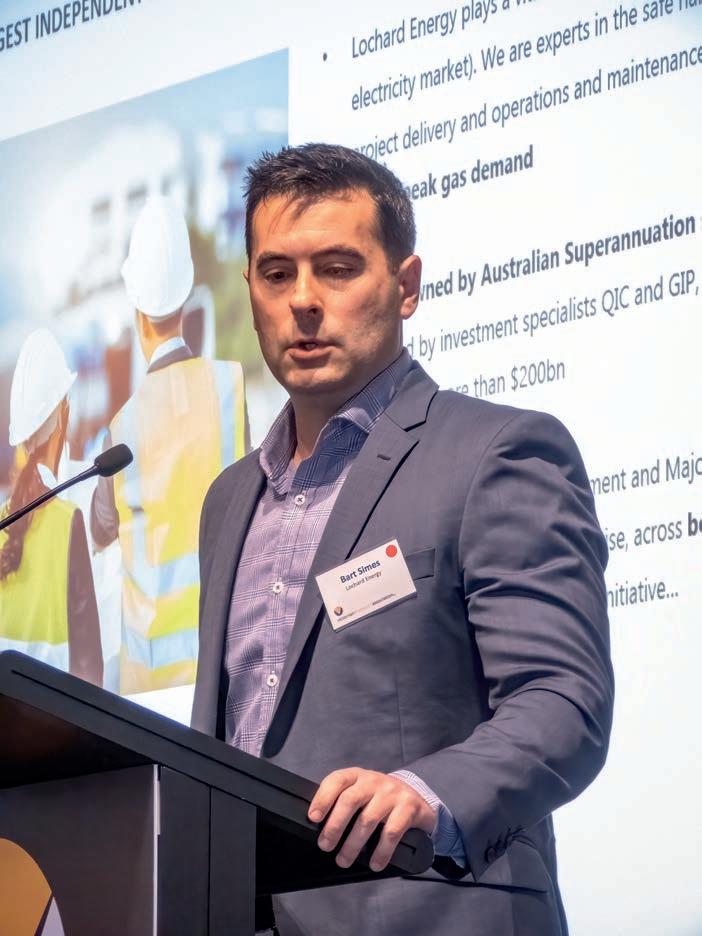
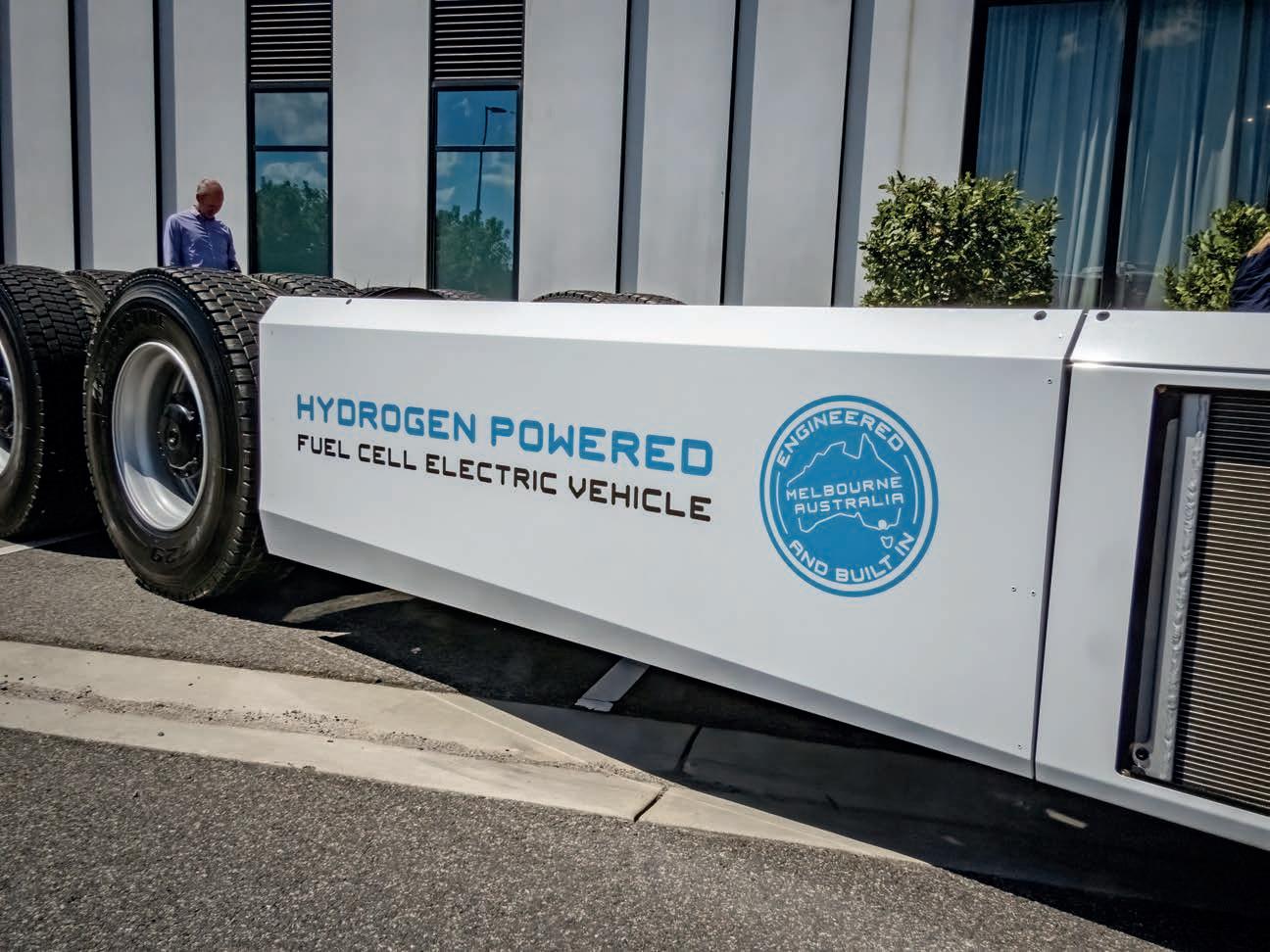
around between about $50 a megawatt hour $150 depending on how the markets behaving.
“We’re trying to design facilities here, like the Iona facility, that offer a hedge to the customers and offer them something that they can get involved in. Get involved in and partner with Lochard Energy to get safe reliable and cost effective access to hydrogen moving forward.
“We need to emphasise the importance of having a partner and for our customers to come on the journey with us, because it is very expensive. It is very time consuming and ultimately we are trying to design a product to meet people’s needs, if we get that wrong, then we all fail.
“We started looking for this site back in 2020, it takes a long time to negotiate with landholders and find the sort of sites that necessary to close those deals. You then move on to immediate community and stakeholder engagement, and that process never ends.”
The project is sited on 430 acres mind you, because most of it is a solar farm. If all goes well the process
of planning and building takes 18 months, however getting approvals through can be fraught with delays and issues.
This initial project well enable Lochard to scope out the issues involved and the viability of future developments. Bart expects the final investment decision on this sort of infrastructure to be made by 2027.
“You can see how long it takes to go from concept to final investment decision on a piece of infrastructure in the modern world that only satisfies 150 articulated trucks,” said Bart. “It is a monumental challenge that we will face. It then takes you about a year and a half to build it. So that means that roughly by 2028 or thereabouts, this sort of facility will be commercially operated.
“The timing of this aligns very nicely. If you speak to the large vehicle manufacturers, the OEMs recognise that a 2028 commercial operation aligns with scores of these zero emission trucks coming into the country.
“When you think about trying to take this project and start to apply it to
a more meaningful scale, our investors and most other investors who’ve got their head screwed on, will not embark on deeper tranches of spending until they have de-risked their own understanding of things and started to move forward with initial planning.”
As knowledge about engineering and procurement increases and there are trucks on order which will need to refuel, confidence should increase and developers can start to think about a much larger scale facility. The next stage would be to go to a 500 trucks a day facility, designers will need to start talking wind farms and solar farms, major hydrogen production refuelling stations.
“The problem is significant, because that 500 trucks a day is still a drop in the ocean,” said Bart. “If you look at the pollution caused by the heavy transport sector as of today it’s about four per cent of Australia’s emissions, but in order to address this with a combination of battery electric and alternative fuels, we need to install as much renewable energy as we’ve done in the last 25 years in Australia, this is a serious, serious challenge.”
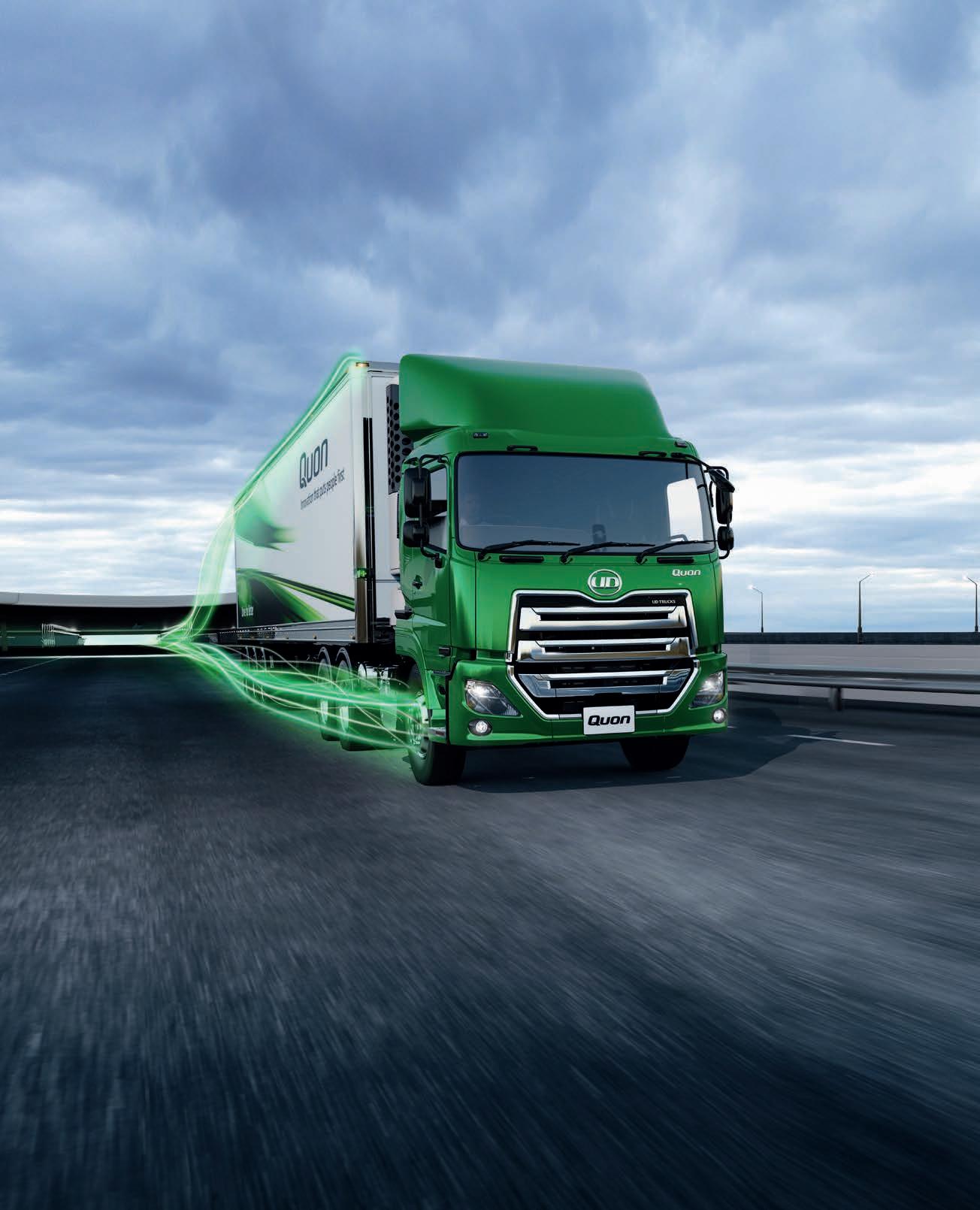



To find out more, contact your UD Trucks dealer on 1300 BUY A UD or visit udtrucks.com/australia
Our latest Quon range offers enhanced performance, driveability, innovation and a raft of new and improved safety features. Intelligently designed and precision crafted in Japan, the UD Quon is purpose built for tough Australian conditions. With their proven strength, strong pulling power, superior turning circle, and smooth driveline, UD Trucks deliver like no other. Plus, for complete peace of mind, it’s all backed up by Australia’s best service network.
Our enhanced Quon not only delivers the very best, but puts people and their safety first.
For over 85 years, UD Trucks have delivered the ultimate in dependability. No wonder this is the truck Australia trusts.
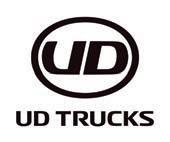
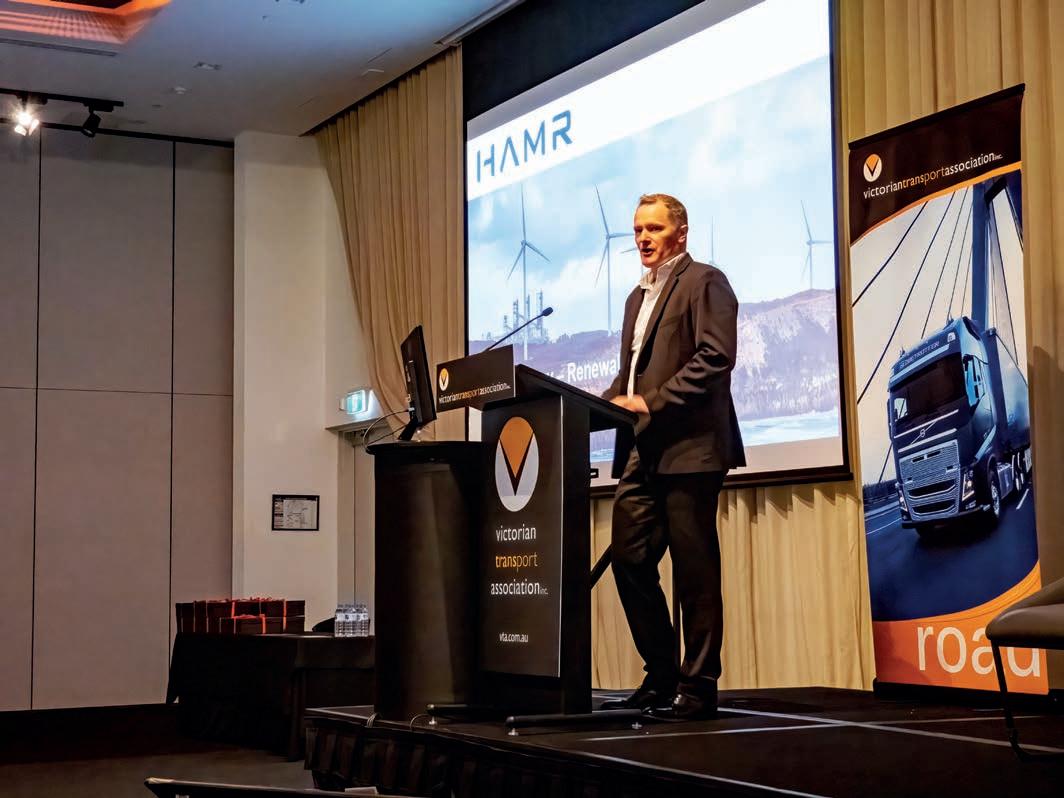
a clean and eco-friendly liquid fuel made from sustainable sources like biomass, or by using captured carbon dioxide and hydrogen produced from renewable electricity. It’s often called bio-methanol or e-methanol and is a great alternative to traditional fossil fuels.’
Alex opened his presentation at the Victorian Transport Association’s Alternative Fuel Summit with an overview of the way methanol could fit into the decarbonisation toolkit.
Looking at the options that are available for decarbonisation of different transportation sectors, there are a number of factors the road transport industry needs to think about, and one of the most important is the relative distance between either refuelling or charging points and the power required by each of the transport tasks.
and suburban areas. However, once those distances, and weight carried,
“How many people have heard about renewable methanol as a
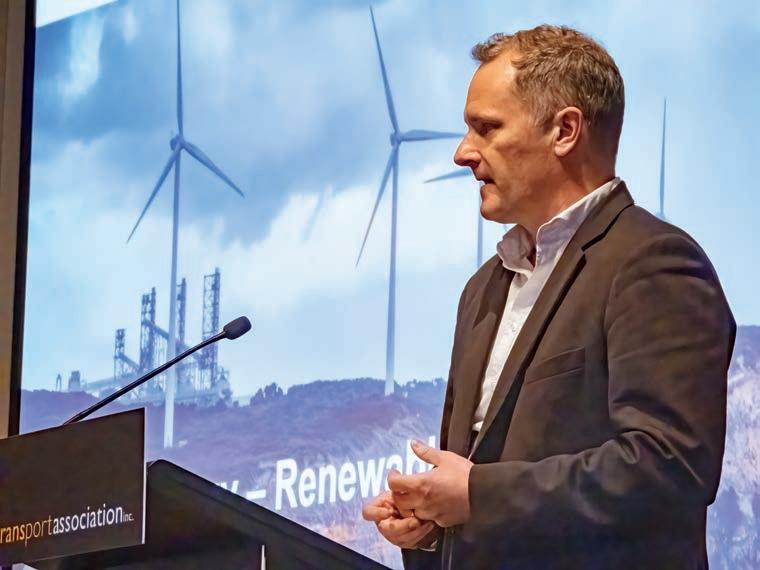
decarbonisation tool in transport?” asked Alex, and a show of hands showed it was way less than half of the audience. “Renewable methanol is very similar to a lot of things you have in your shed at home like methylated spirit or something like that. It’s a hydrocarbon. It’s got about half the energy density of petrol. It’s normally produced from either natural gas or coal. So it is a fossil fuel, and it’s used in all sorts of different things, like as a chemical feedstock and in a number of other ways, like pharmaceuticals.
“The colour doesn’t matter whether it’s grey or green, whatever colour, the actual molecule is the same regardless. Methanol in the traditional sense, is made from natural gas or coal and that’s got a fairly high carbon intensity using fossil fuels.”
The green methanol which HAMR is developing can be made in in two ways, one is using biomass as a feedstock, from plantation forestry, for example, as a sustainable feedstock. The other pathway is taking carbon dioxide and combining it with renewable hydrogen to create the fuel.
There is already a growing demand for renewable methanol in the shipping industry. There are more than 200 ships currently at sea, that can run on both heavy fuel oil, that’s traditionally used, and also renewable methanol, they are dual fuel operations.
HAMR has been helped by the Victorian Government, with funding, to develop a renewable methanol project in Portland in the west of Victoria. Portland, is a trucking hub, with 2,300 truck movements a day around the ring road. Portland is also the home for the sustainable forestry industry, which can harvest the biomass as a feedstock for a renewable methanol plant.
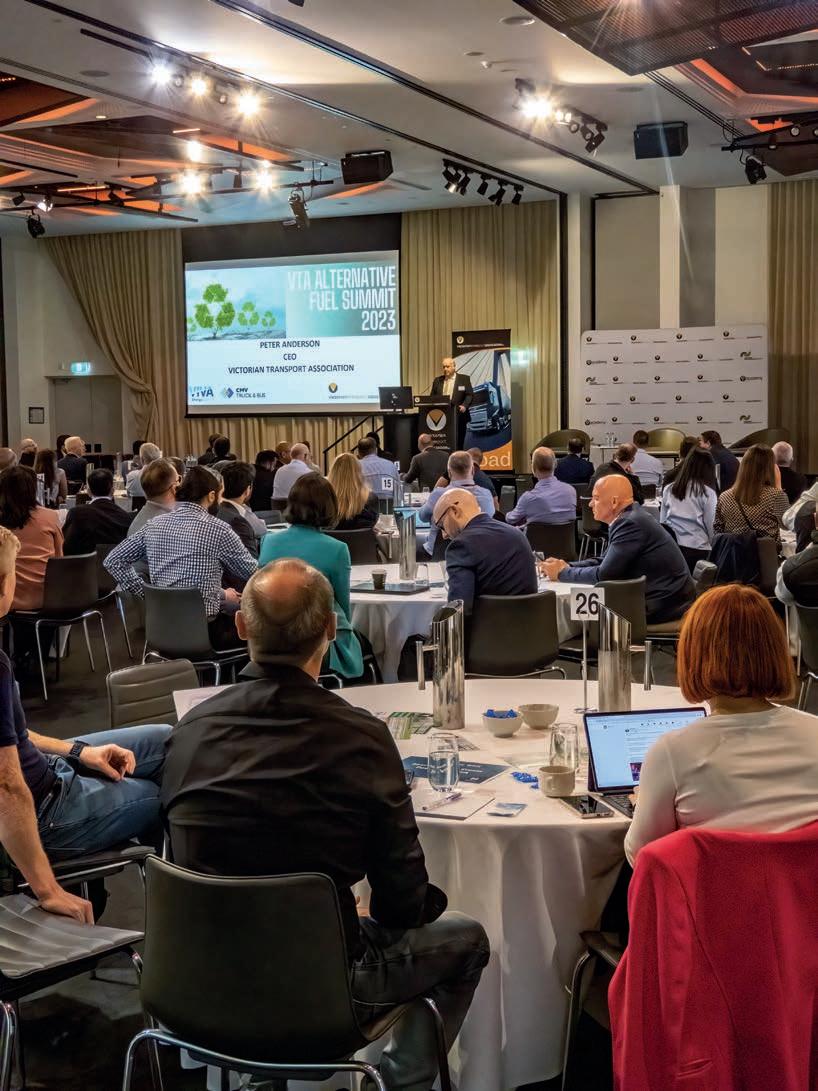
when we’re getting to that stage.
The company has been in receipt of a grant from the Victorian Government to bring forward a feasibility project on the production of green methanol in the area and is in the process of developing its first facility there.
“Portland has very good power connections,” said Alex. “It’s ideal for manufacturing hydrogen at scale. It’s also well situated in terms of being able to potentially export methanol,
“HAMR Energy has signed a memorandum of understanding with a range of different groups including ship operators, and fuel suppliers. We’re looking at having a green methanol bunkering hub in Portland and at the Port of Melbourne, to supply major shipping customers.
“We have ambitious plans for a small company just starting off. Our background is in the oil and gas space and we’re keen to take that expertise into developing a renewable fuels
market in Victoria and beyond, with a very ambitious target to have a million tonnes available from projects under development by 2030.”
The Portland project is the first of several in an ambitious plan to develop sustainable forestry biomass and use it to manufacture a future zero emission fuel. Methanol is also, potentially, a pathway to sustainable aviation fuel. Methanol can also be used to make a product product called dimethyl ether (DME) which has been explored as a diesel replacement over the years.
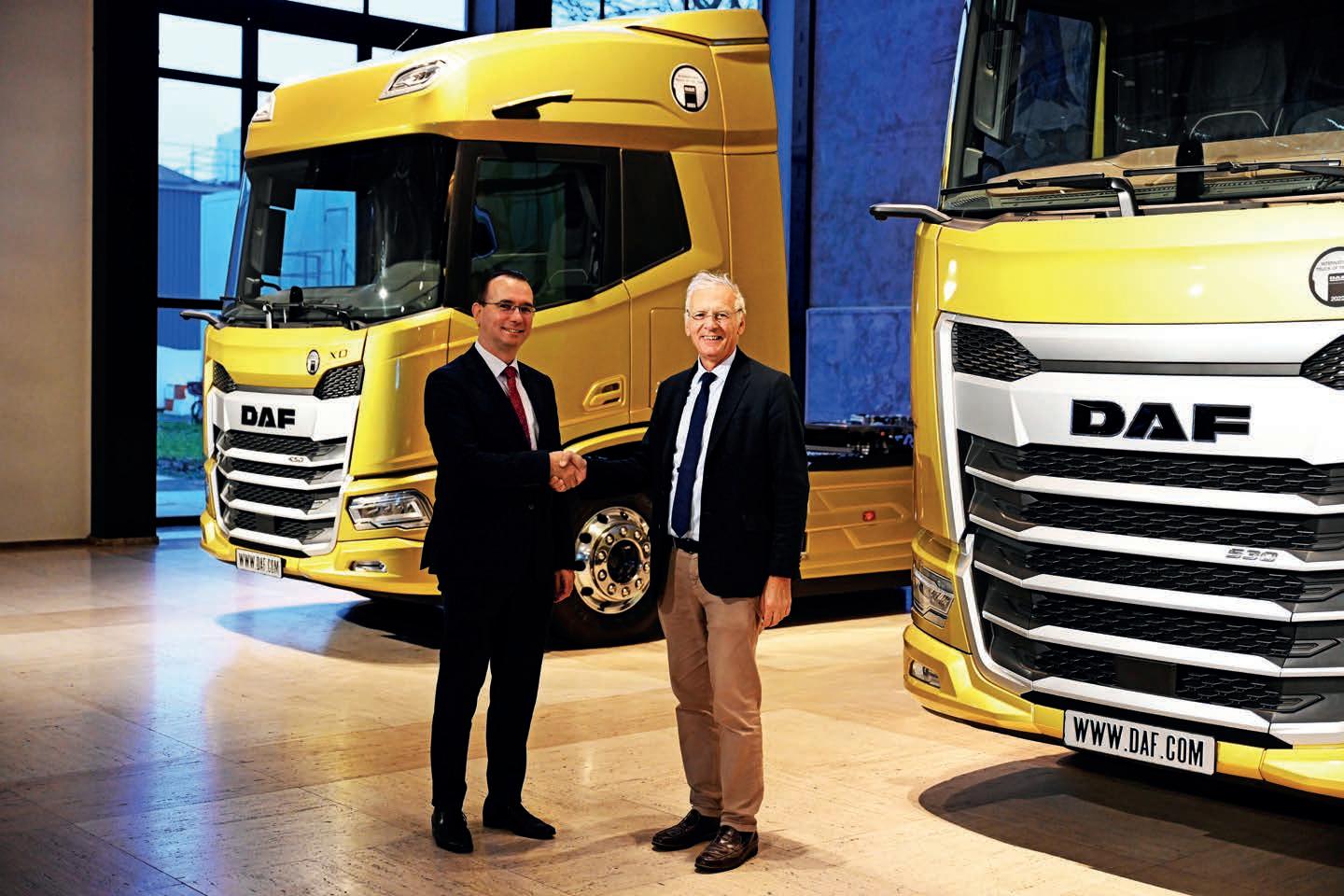
Harald Seidel, DAF Trucks President, speaks to Gianenrico Giffini, President of the International Truck of the Year Jury about the DAF Trucks plans when moving forward towards sustainable transport solutions.
In summing up his view of the future development of technology to reduce carbon emissions to zero, Harals Seidel says, “We need all the horses in the race.” DAF has a clear-cut vision when it comes to sustainable transport solutions, “There is no one-size-fits-all technology that meets all demands.”
The interview with DAF’s President took place in the historical boardroom at the DAF head office in Eindhoven. The wooden panelling, the decorative chandeliers, complete with modern LED lightbulbs, and the beautifully finished ceiling, all illustrate the company’s rich heritage.
“If these walls could speak,” Harald Seidel begins, ‘We would learn a lot
about board decisions taken over the past few decades, going back to the 1950s when the company was still headed by its founders Hub and Wim van Doorne. And look where we are today. DAF has developed into a leading European truck manufacturer. Last year we built over 70,000 medium and heavy-duty commercial vehicles, a record in our 95-year history.”
Harald Seidel says that DAF’s vision and mission have been redefined to include technology leadership, customer success and sustainable transport solutions.
“The latter goes further than just
achieving the lowest CO2 emissions with our New Generation DAF trucks,” says Harald. “We are committed to contribute to a more sustainable world by providing even cleaner transport solutions to our customers. Therefore, developing and marketing alternative drivelines is a key priority.
“Yes, new Euro 7 legislation has been announced, but that would mean a very big investment for a relatively small environmental gain. It is far more effective to replace the Euro 3, Euro 4 and Euro 5 vehicles on the road, instead of pushing the industry towards the Euro 7 norm by the end of the decade, when electrification will also come into play. We have bigger fish to fry.”

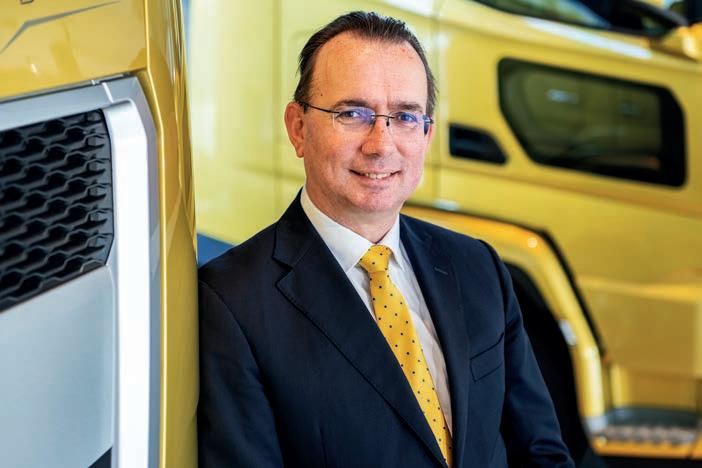
“DAF has always been a frontrunner in sustainable transport solutions,” stresses DAF’s president. “In 2010 we were really ahead of our time with the first hybrid vehicle. In fact, we were even way too early. However, we obtained extensive experience with electrification, which benefited the development of our New Generation DAF electric vehicles for which a brand new assembly plant has been commissioned. This year we will start delivery of the first of these new electric vehicles to customers, with production ramping up to thousands of vehicles per year.”
Despite growing interest from transport operators in electric trucks, and availability of battery electric vehicles (BEVs) by OEMs, there are still major challenges for its high-volume adoption.
“Having BEV trucks available is only one part of the story,” says Harald. “Availability of charging infrastructure and cost parity will be the key factors for success. If I’m driving a long haul route, where can I charge? If I’m willing to invest in electric chargers at my depot, when can I get my connection to the grid?
“These are the questions that transport operators are asking. We need massive investments in green
energy infrastructure, and that requires a masterplan at the European level. To give you an indication of what’s required: in order to meet the 2030 CO2 reduction goals set by the EU for the truck industry, we would need the same amount of green electricity as 17 million households.
“Three years later we would need double that amount. And that’s only for the transport industry. Seven years from now we are going to need 280,000 chargers of which will be 50,000 public charging stations. The adoption curve of battery electric trucks by
transport companies will depend on the speed of these infrastructure investments. DAF is committed and ready for zero emission trucks. To solve the chicken-and-egg scenario, we need a concerted effort with local governments and the energy sector to make it happen.”
‘A range of technologies for a range of applications’ is DAF’s credo when it comes to sustainable road transport.
“Apart from battery electric trucks, DAF is investing in hydrogen as a promising zero emission technology,” says Harald. “Hybrid technology is also interesting, to de-risk the infrastructure challenges, when combined with HVO and e-Fuels.
“HVO is a biodiesel that is made from waste products such as vegetable oil and waste fat. It is ready to use in existing trucks, it supports a circular economy and brings an immediate 90 per cent CO2 reduction benefit.
“The fact is, we are going to need all available technologies to decarbonise road transport: HVO, hybrid, electric and hydrogen. The sustainability challenge is too big to bet on one horse, we need all the horses in the race.”
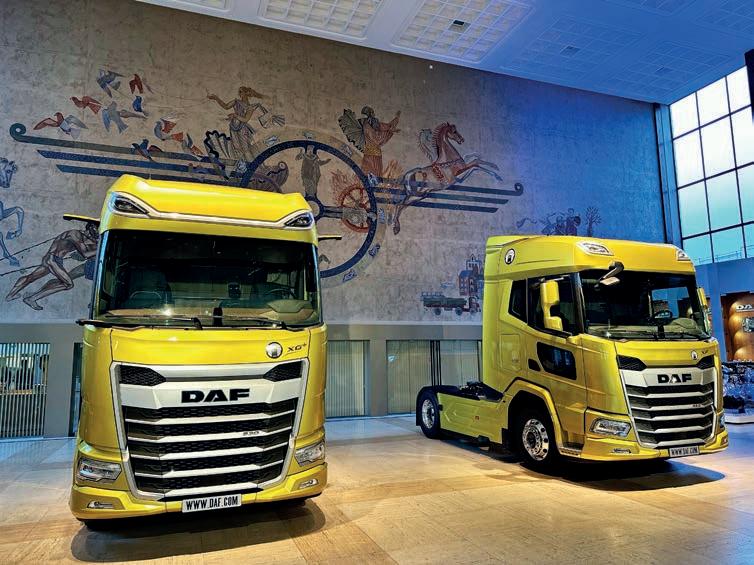
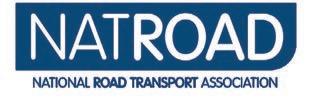
It’s that time of year when every industry is seeking an audience with politicians. Warren Clark is CEO of the National Road Transport Association (NatRoad) and proposed the associations recommended action.
Most roads lead to Canberra, and Federal Budget submissions are thicker on the ground than potholes on a regional highway.
The National Road Transport Association (NatRoad) has joined the Budget submission procession by asking the Albanese Government to put downward pressure on future increases to the road user and registration charges.
We think it’s the least they can do.
Our industry is enduring the most difficult economic and regulatory operating environment in living memory.
Most of the industry are small businesses working on incredibly tight margins. They have limited ability to pass on costs.
That’s why we have used our fiscal wish list to ask the Government to create a budget specifically for Commonwealth-State infrastructure projects.
Rises in the Road User Charge would be pegged against it, based on annual reviews of the effectiveness of government infrastructure spending.
The existing heavy vehicle road user charging system is broken. It’s going to look even more so when revenue from fuel excise inevitably falls away as the country decarbonises.
Increases in the Road User Charge are currently driven by rises in infrastructure funding.
There’s no accounting for the effectiveness of how the states are spending our money, the ability of industry to pay, or ensuring that the right priorities are being funded.
If a state or territory doesn’t
effectively manage its infrastructure spending, it shouldn’t be rewarded.
last year when it welcomed the Government’s National Infrastructure Statement. It was an attempt to repair the infrastructure pipeline.

We took the view that there is a tipping point where too much spending results in increased contract competition and costs. Basically, the value for money spent reduces drastically and governments need to co-ordinate better.
There would still be scope for the Commonwealth to give extra funds to states for issues like natural disasters.
The cap on Infrastructure spending would be subject to reviews ensuring that inadequate road quality is maintained.
What we do need to get included in spending decisions are National Road Service Level Standards so funding goes to where it is needed most.
The wheels of government decisionmaking take time to move.
The idea may not make it into the 2024-25 Budget speech when the Treasurer rises to his feet on the floor
freight industry transition to net zero.
We first proposed this in our Decarbonisation White Paper late last year.
Additionally, we are calling for a reduction in red tape to fast-track investment in better heavy vehicle road access mechanisms like the planned National Automated Access System.
It’s also time to roll out rapid economic appraisals for the opening up as-of-right access and to extend the Strategic Local Government Asset Assessment Project to improve access decision making.

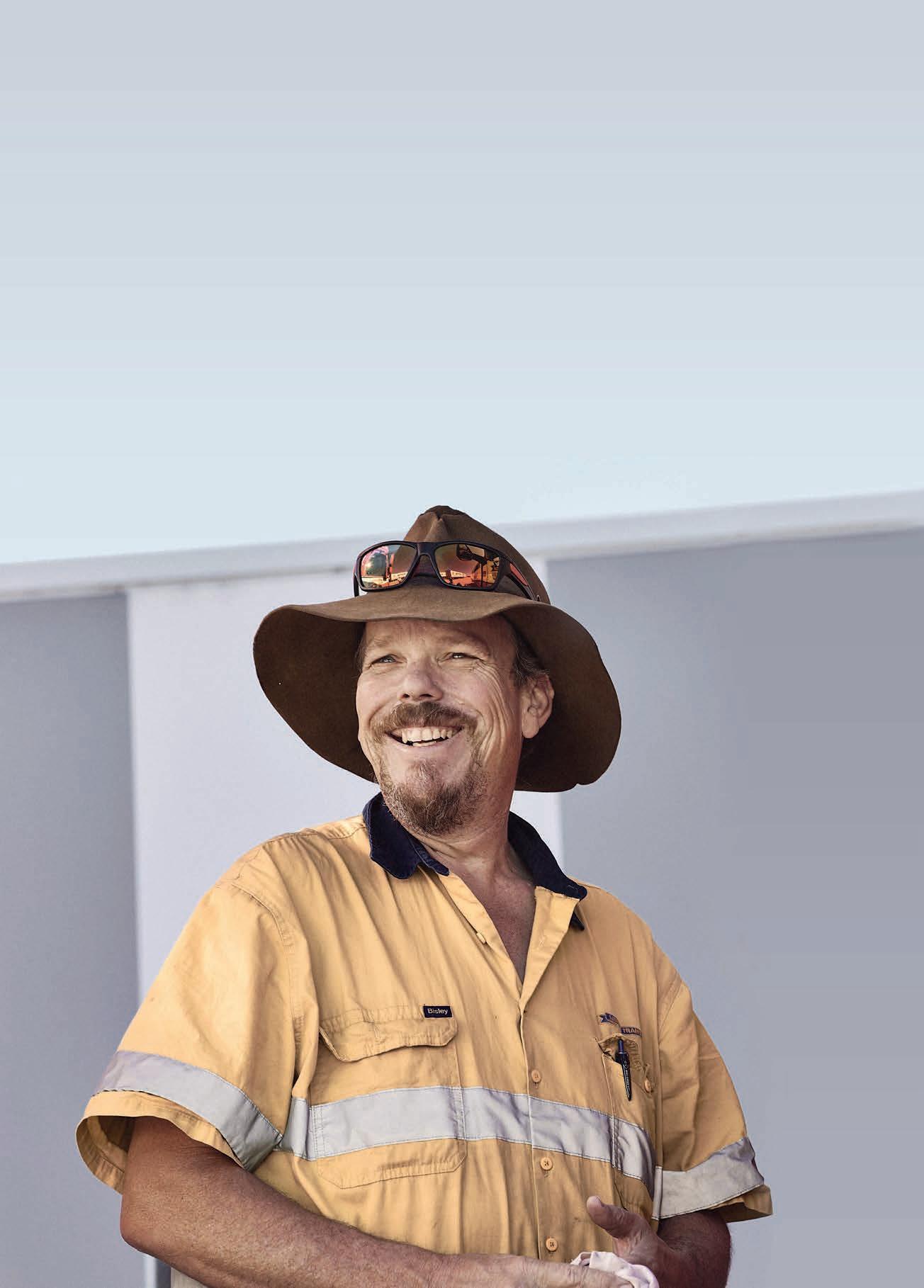
The National Road Transport Association (NatRoad) helps you save money and take the stress out of compliance and workplace decisions. Save thousands of dollars on fuel, tyres, insurance benefits and roadside assistance with NatRoad membership.^
Plus, the NatRoad team can help you with business questions like wages, rates, infringements notices, HVNL compliance and much more. All this for less than a dollar a day per truck.*

NatRoad is the largest national association in the industry for all trucking businesses, big or small. Join today, call 1800 272 144 or scan this QR-code.

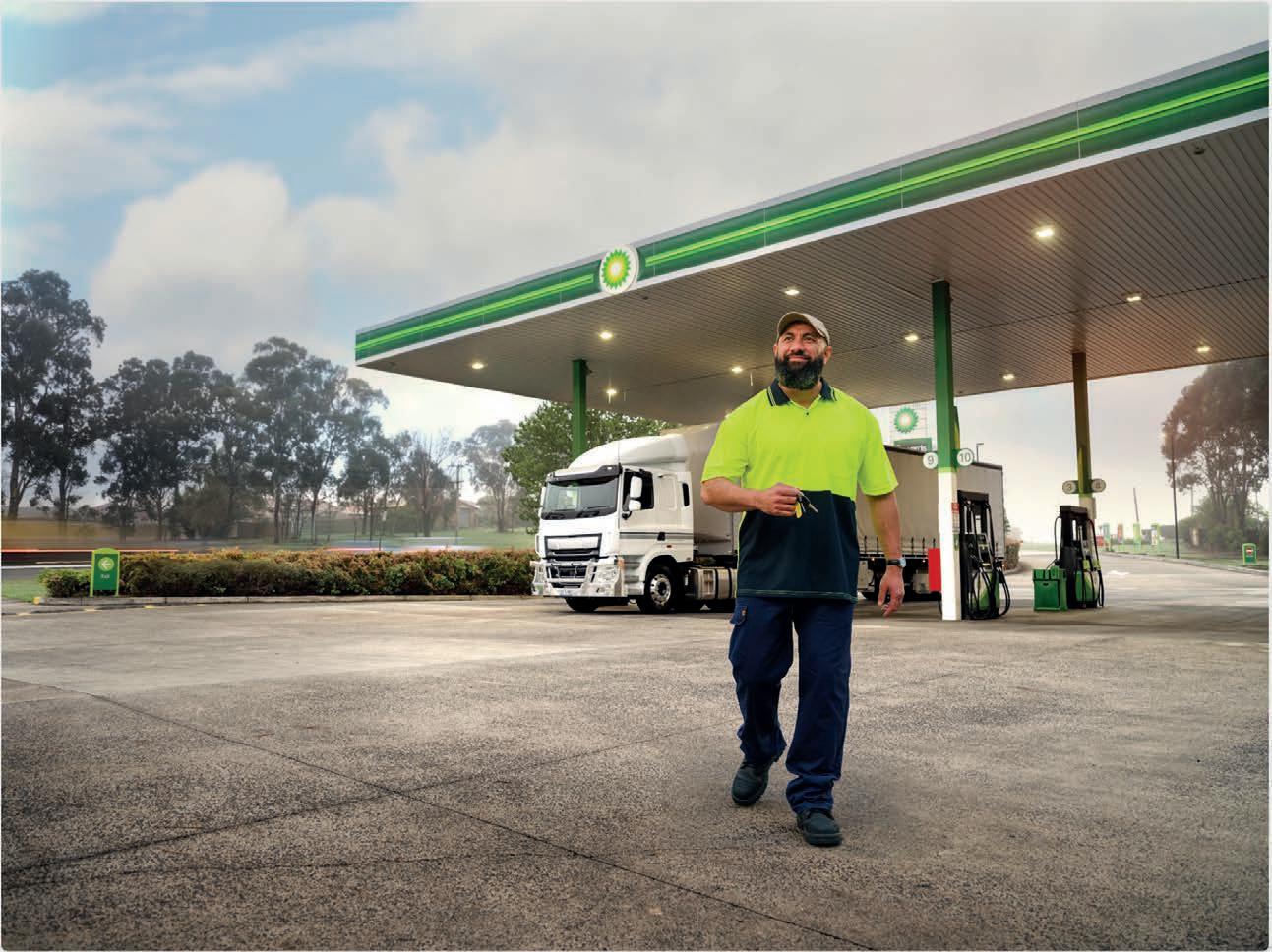
bp is on the road to delivering healthier options at truck stops across Australia, all thanks to its partnership with Healthy Heads in Trucks & Sheds.
Healthy Heads in Trucks & Sheds (Healthy Heads) is a not-for-profit foundation that champions mental health and wellbeing for all people across the transport, warehousing and logistics industries.
Healthy Heads aims to build a psychologically safe, healthy and thriving working environment for truck drivers, distribution centre and warehouse team members, and other supply chain related staff.
Tanya Ghosn, bp Vice President of Fleet and Dealer in Australia and New Zealand, says the partnership enables Healthy Heads to leverage bp’s network and deliver on-site initiatives that reach truck drivers across the country.
“Through our partnership with Healthy Heads, we’ve developed programs to support the hard-working truck drivers and logistics workers who are vital to Australia’s supply chains,” Tanya says.
In addition to impacting physical health, dietary choices can influence brain function, mood and mental health, so Healthy Heads wants to improve the health of workers by promoting longer-term healthy eating.
Which is why bp and Healthy Heads in Trucks & Sheds have been cooking up initiatives that educate, raise awareness and encourage healthy eating.
In 2022, bp and Healthy Heads
developed the Choose Healthy & Save initiative, which offers transport, warehousing and logistics workers discounted meals from a Healthier Choices Menu at 31 participating bp truck stops when they show they have downloaded the Healthy Heads App.
Through this, bp has sold over 21,000 healthier meals and provided over $100,000 worth of discounts to Healthy Heads App users.
Transport, warehousing, and logistics workers can get discounts on healthy options like poached eggs on toast, salad wraps and grilled chicken. bp wants to incentivise workers to make healthy selections when they’re on the road, and the meal options have been developed in partnership with Nutrition Australia.
The freshly cooked meals are on offer 24-hours a day to cater to the needs of those working in the logistics industry, no matter their journey.
In November 2023, bp and Healthy Heads hosted morning teas at logistics centres across Australia, connecting with over 300 transport, warehousing and logistics workers.
These were catered from the Healthier Choices Menu to encourage workers to consider healthy and nutritious options when they are on the road. bp and Healthy Heads also shared tips and resources about nutrition and wellbeing.
Over Christmas 2023, bp and Healthy Heads offered truck drivers
and warehousing team members a free meal on Christmas Day. This was aimed at lightening the mental load for those on the road during the holiday season.
“Just like any other day of the year, Australia’s transport workers visit our truck stops on Christmas Day. These people keep our country moving and we’re really happy to be able to offer them a free Christmas meal while they’re on the road,” Tanya says.
Truck drivers or shed workers only needed to attend one of bp’s participating truck stops and download the Healthy Heads App to be eligible for the free meal.
“By downloading the Healthy Heads App to receive their free meal, these customers will have ongoing access to mental and physical wellbeing resources and information,” Tanya says.
Christmas 2023 was the second year the initiative ran, and many truck drivers and shed workers stopped into a bp to take up the offer.
In 2024, bp’s work with Healthy Heads won’t be slowing down, as they continue to raise awareness of the importance of mental and physical health while on the road. bp will continue to offer healthier meal choices at participating truck stops and plans to expand the menu to include more snack and takeaway options.

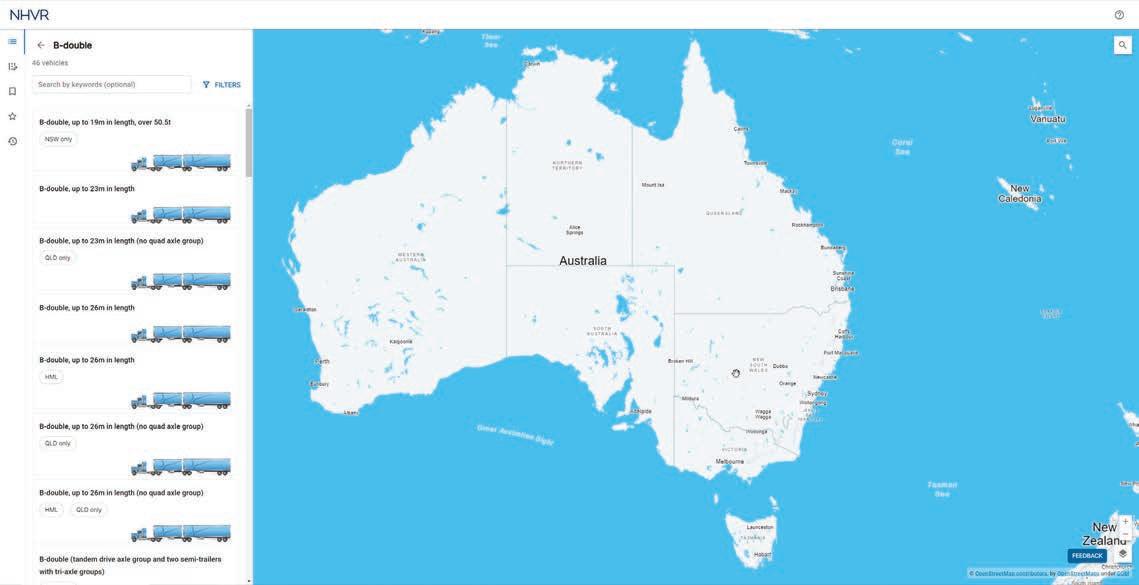




The NHVR’s National Network Map could be a crucial change to the operations of the transport industry, writes NHVR CEO, Sal Petroccitto.
In 2024, the National Heavy Vehicle Regulator (NHVR) is continuing to advance industry standards and improve how truck drivers access routing information on Australian roads.
Last December, we were thrilled to release our highly anticipated National Network Map.
Through this new map, the NHVR has delivered a national first for the heavy vehicle industry.
Though it has never been possible before, the National Network Map now allows operators to view where they can travel, and where they need to seek access approval, Australianwide.
The NHVR has worked closely with our jurisdictional partners, including South Australia, Victoria, New South Wales, Queensland, and the Australian Capital Territory, to
transition their networks and create one central location for all map information.
Designed to improve efficiency and decision-making for industry and road managers alike, the National Network Map is accessible through both web browser and our NHVR Portal.
The NHVR is committed to providing all regulatory services through the Portal and has been working to transform it into a ‘heavy vehicle business centre’.
The National Network Map is just one of the ways we will see our Portal become the single, authoritative location for all of industry’s needs and we will continue to work with state jurisdictions and industry groups to ensure our Portal delivers.
This means the Portal will also include access permits, accreditation, registration details, and more.
Over the next few months, we will continue to see it evolve, to deliver a seamless experience for operators and road managers alike.
Releasing the National Network Map has been a major step in our technological innovations, and reflects the direction the NHVR sees the heavy vehicle industry moving towards.
The map has been built to be intuitive for the user, with visual cues including a traffic light colour scheme to denote access, and conditional and restricted roads easily identifiable.
The National Network Map also includes direct links to operator guides, information sheets and legal instruments, making it easier for operators to access all the information they need to use a network.


The National Network Map is the first of its kind through its transition each of the state maps, however we see its benefits extending beyond this.
While operators can search the National Network Map by state networks, one of the most innovative functions is the ability to search by vehicle category.
Searching by vehicle category provides a vehicle-centred approach to find networks and targets new users who are not familiar with access instruments.
Within the map, vehicles are grouped according to configuration and sub-configuration.
Current maps do not provide full lists of eligible vehicles, requiring operators to look up operator guides or the legal instrument itself, leading to misunderstanding of which networks truly apply.
Selecting from vehicle types and seeing nationally where the vehicle can access provides better visibility, and improves fleet management decision-making.
With over 1,000 different vehicle configurations included, and each associated with its applicable maps, this has taken the guess work out of it for operators, giving a level of detail
that has never been available before in the jurisdictional websites.
Another benefit of the map is the ability for road managers to make real-time changes to networks.
Currently, changes to maps involve specialist teams and email-based change requests.
With the National Network Map, following completion of approval, updates are automatically included in network maps.
This means a richer set of information is displayed on the National Network Map to help plan safer journeys, including clear indication of railway crossings and traffic light intersections.
An in-built portal workflow for road managers facilitates immediate updates to networks on the National Network Map and will be improved over time with Road Manager Network Management tools.
Any updates which expand network access can be published immediately.
Any updates which condition, restrict or remove access (except in cases of emergency) are required by the Heavy Vehicle National Law to go through 28- day consultation providing forward visibility of such
changes to enable operators to better plan for network changes.
Upon completion of this 28-days, the change will be automatically visible on the map.
The National Network Map is designed to continually expand and improve, with routing and the ability to generate printable route cards to be added over the next six months.
The NHVR will also work on digitalising all maps associated with pre-approvals and continue to work with local government road managers to develop faster turnaround for these pre-approval maps.
A huge amount of work has been undertaken to get to this stage, and we are proud the NHVR can continue delivering technology upgrades to ensure a safer and more efficient heavy vehicle industry.
To find out more about the new National Network Map, visit the NHVR website.

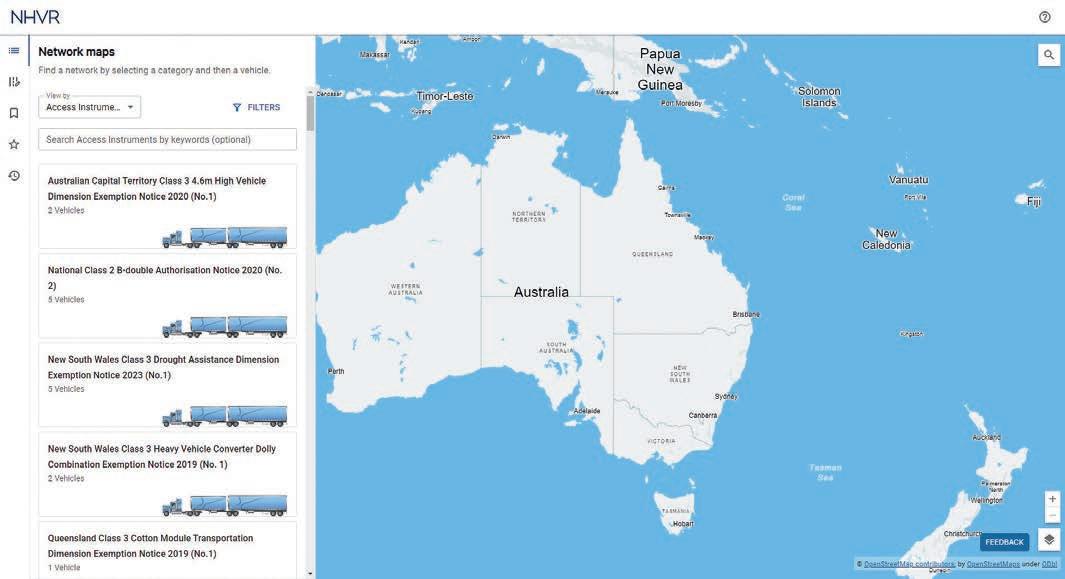
Looking forward to the new technologies on their way, David Smith, Chair of the Australian Trucking Association, sets out the issues.
Arevolutionary transformation is underway in the Australian trucking industry. The Australian Trucking Association (ATA), the leading voice for the nation’s trucking community, is navigating the everevolving landscape of transport technology with a firm stance on the integration of automated trucks.
We recognise that automated trucks, equipped with cuttingedge technologies such as Artificial Intelligence (AI) and advanced sensors, hold the promise of transforming the trucking sector. We believe that embracing automation can enhance safety, efficiency, and sustainability within the industry. The 2019 Australian Infrastructure Audit found that autonomous vehicles could reduce freight times by 40 percent and reduce trucking costs by 47 per cent.
One of the primary drivers behind the ATA’s endorsement of automated trucks is the potential improvement in road safety. Long-haul trucking is a demanding profession, often requiring drivers to cover vast distances. Automated trucks, with their ability to operate tirelessly and consistently, can significantly reduce the incidence of fatigue-related accidents, making roads safer for all users.
As the Chair of the ATA, I am committed to the potential of an automated trucking future. We must continue to collaborate, innovate, and adapt to ensure the safe integration of automated trucks into our transportation systems. Only by keeping the safety of road users at the forefront of our efforts are we going to really make the kinds of changes this technology can be used for. Imagine a world where our roads are safer for everyone. This is the opportunity
that we have in the future, if this technology is rolled out carefully and properly.
The ATA is keenly aware of the scepticism surrounding the adoption of automated technologies in the workforce. However, we stress that the implementation of automation does not mean the elimination of jobs. Instead, it opens new opportunities for skilled workers to transition into roles that focus on overseeing and managing automated systems. The ATA advocates for industry-wide upskilling programs to ensure that the existing workforce remains an integral part of this transformative process. Some journeys will still require a driver, but automation can still help improve safety.
In addition to safety and employment considerations, the ATA recognises the potential economic benefits that automated trucks can bring to the industry. Increased efficiency in logistics, reduced operational costs, and enhanced supply chain management are all factors contributing to the overall economic viability of automated trucking.
The ATA also acknowledges the environmental impact of traditional trucking practices and sees automated trucks as a key player in promoting sustainability. By optimising fuel efficiency, reducing emissions, and implementing smart routing systems, automated trucks can contribute significantly to the industry’s environmental responsibility.
The Association is actively engaging with policymakers, industry stakeholders, and technology providers to establish a regulatory framework that fosters the responsible integration of automated trucks. We are also
advocating for real-world testing, learning as we collaborate with our networks across the globe. We stress the importance of comprehensive guidelines that address issues such as liability, cybersecurity, and ethical considerations in the deployment of autonomous vehicles. The ATA calls on the government to accelerate the development of smart infrastructure and the regulation necessary to support rollout of autonomous vehicles. Australia does not want to be left behind as other countries rapidly deploy this technology as it matures.
We are not blind to the challenges posed by the adoption of automated trucks. We acknowledge that a seamless transition requires collaboration and open communication between the government, industry players, and the broader community. Through forums, workshops, and industry events, we are actively fostering a dialogue that addresses concerns, educates stakeholders, and facilitates a smoother integration process.
As we steer the industry towards a future dominated by automated trucks, we do so with a clear vision – a vision that prioritises safety, embraces technological progress, and ensures that the benefits of automation are shared across the entire trucking community. In doing so, we are not just driving trucks; we are driving the industry towards a safer, more efficient, and sustainable future on the roads of Australia.


In this issue of PowerTorque, Rachel Smith, Executive Director of the Australian Livestock and Rural Transporters Association, addresses an ongoing issue which cuts right across the transport industry.
It is a well-known fact the transport industry is facing a skills shortage in Australia.
Our domestic freight task is set to double by 2030, only 6 years away and yet we need 10,000 to 15,000 drivers to meet our current demand.
As our cities grow, the demand for food and fibre increases, as such the role of livestock and rural carriers increases, to move freight from farm gate to processors and supermarket shelves, and onto export markets.
ALRTA is highly supportive of moving to competency-based training and heavy vehicle apprenticeships to attract and retain candidates to livestock and rural transport. This would enable young persons to commence working in the industry from school age and move through structured learning and competencies to ensure they are able to safety and efficiently operate a heavy vehicle.
Diversity is key in ensuring the industry can retract and retain drivers, and as an industry we need to be looking at ways to attract school leavers, mid-career and those returning to the workforce or that require flexible work.
As those in the industry appreciate, livestock and rural transport is a complex and varied industry with no two days the same. On top of driving, operators need to understand complex regulations that apply including heavy vehicle national law, animal handling, biosecurity and small business compliance and operational requirements.
Government also plays a role in supporting the sector to be viable and attractive as a career option through reducing unnecessary regulation, ensuring the training and education sector is adaptable and flexible to meet industry needs and ensuring
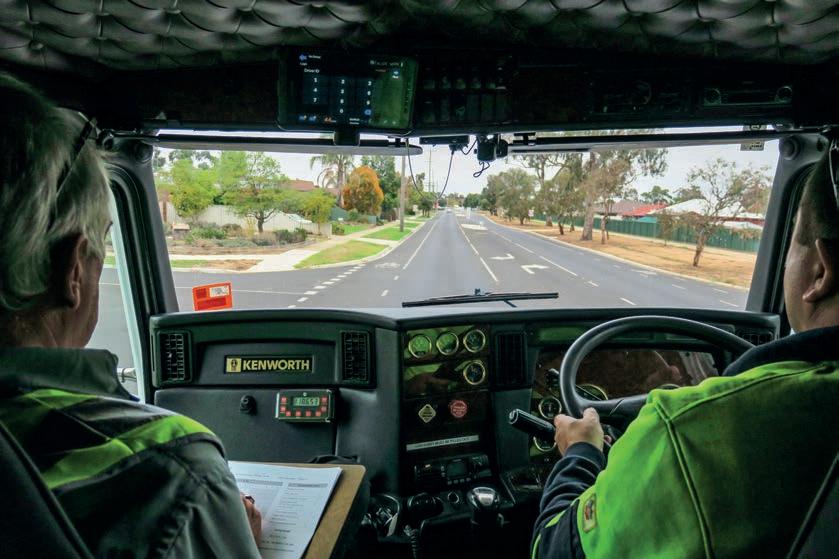
the industrial relations model is fair to both employees and employers.
Industry associations play a key role in supporting industry to meeting the changing and increasing demands and pressures on members. A priority of ALRTA is to assist members with workforce development and widening of the pipeline of candidates coming into the sector. ALRTA’s role as an industry body is to prevent and limit detrimental impacts of poorly designed legislation and regulation, this assists with ensuring the sector can remain viable and sustainable into the future. Some key issues for ALRTA include: HVNL and its enforcement, small business compliance and regulation costs, licensing and registration, road access, road funding, animal welfare and biosecurity.
ALRTA is committed to working with our members and partners to design and implement workforce
development initiatives. Awards and industry recognition form an important piece of this puzzle. ALRTA Rural Transport Rising Star Award is now in its second year with thanks to foundation sponsors, Power Torque and bp.
ALRTA extends an invitation to industry to attend the ALRTA/LRTAQ Combined conference in Toowoomba, 21 – 23 March 2024 to listen to thought leaders, develop skills and knowledge, and acknowledge the success of industry operators, both seasoned and emerging. It is an event not to be missed.

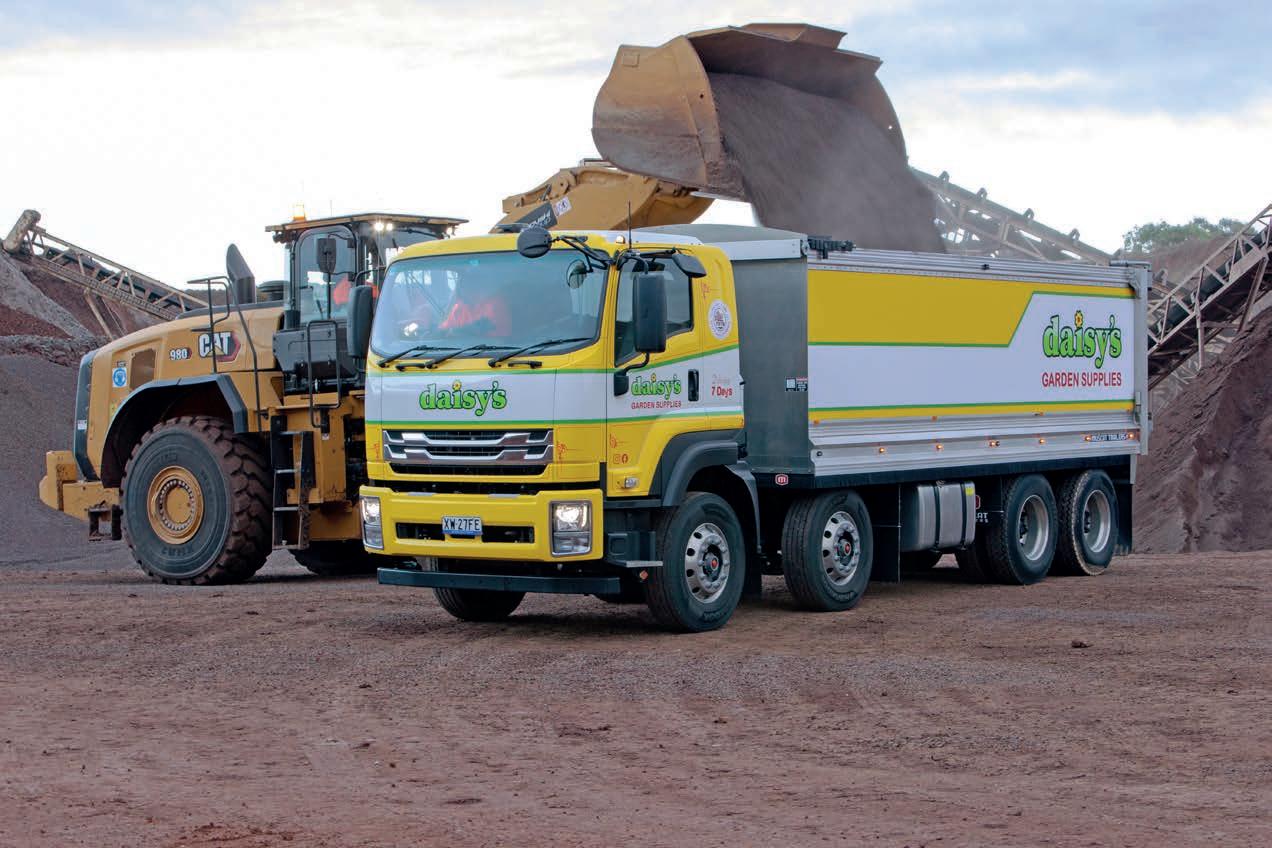
The continued growth through a difficult period of life for landscaping company Daisy’s Garden Supplies almost defies all odds.
Turn the clock back four years to March 2020—the news of the day was the first lockdown of the COVID-19 pandemic in Melbourne.
Hundreds of businesses would go on to feel the pain of those extended lockdowns, but for others such as local garden and landscaping company, Daisy’s Garden Supplies, this period was a turning point with huge change on the horizon to meet the demands of busy growers who were investing in their backyards and gardens.
First established in 1975 by Neil and Margaret Mulcahy, Daisy’s is now managed by their son Evan, who holds a record 30-year career in the business after his introduction at the tender age of 10 years old.
Evan explained that at the time of the initial lockdowns, they were supplying garden and landscaping products for residential, commercial and civil projects from three sites in Melbourne.
“We were so busy during that period, it was quite overwhelming,” he remembered.
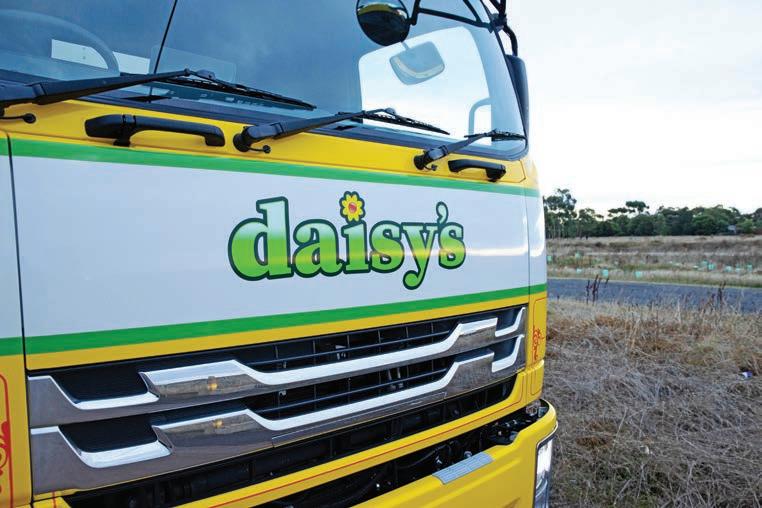
“When we came out of the end of it, we were very, very frantic.”
It was also crunch time for Evan, who said he was keen to get structures in place to support the massive upturn in business—so he didn’t spend the rest of his life with a phone glued to his
ear and weekends spent driving heavy machinery instead of spending time with his wife and two young sons.
“We needed to restructure what we were doing and how we were doing it,” he succinctly summed up.
And restructure, Daisy’s did.

The stars seemed to align when Daisy’s engaged a new accountant, who happened to specialise in family business.
Around the same time, Evan’s brother-in-law joined the company as Commercial Director, bringing with him decades of commercial experience.
With a new team in place, Daisy’s Garden Supplies began a rapid expansion to triple in size within a year.
They made several new acquisitions including complementary businesses that extended the company’s product offering and other local family operations without their own up-andcoming generation willing to take over.
At the end of the expansion phase and as it stands today, they have approximately 175 staff at eight retail sites, two production facilities, three quarries and a sandpit.
“The business has lots and lots of moving parts,” Evan said.
“It’s certainly hard to manage for one person, so you’ve really got to rely on your team around you.
“We’ve been able to get a lot more people—good people—around the table that can help manage the load.”
The addition of more staff – and more hands on deck – has allowed Daisy’s fleet to expand substantially since the days of the COVID outbreak.
Before the pandemic, Daisy’s ran a transport fleet of 50 vehicles.
Now the company has more than 100 vehicles, including 25 Isuzu trucks covering light, medium and heavyduty categories, decked out in the company’s eye-catching yellow, red, and green signage.
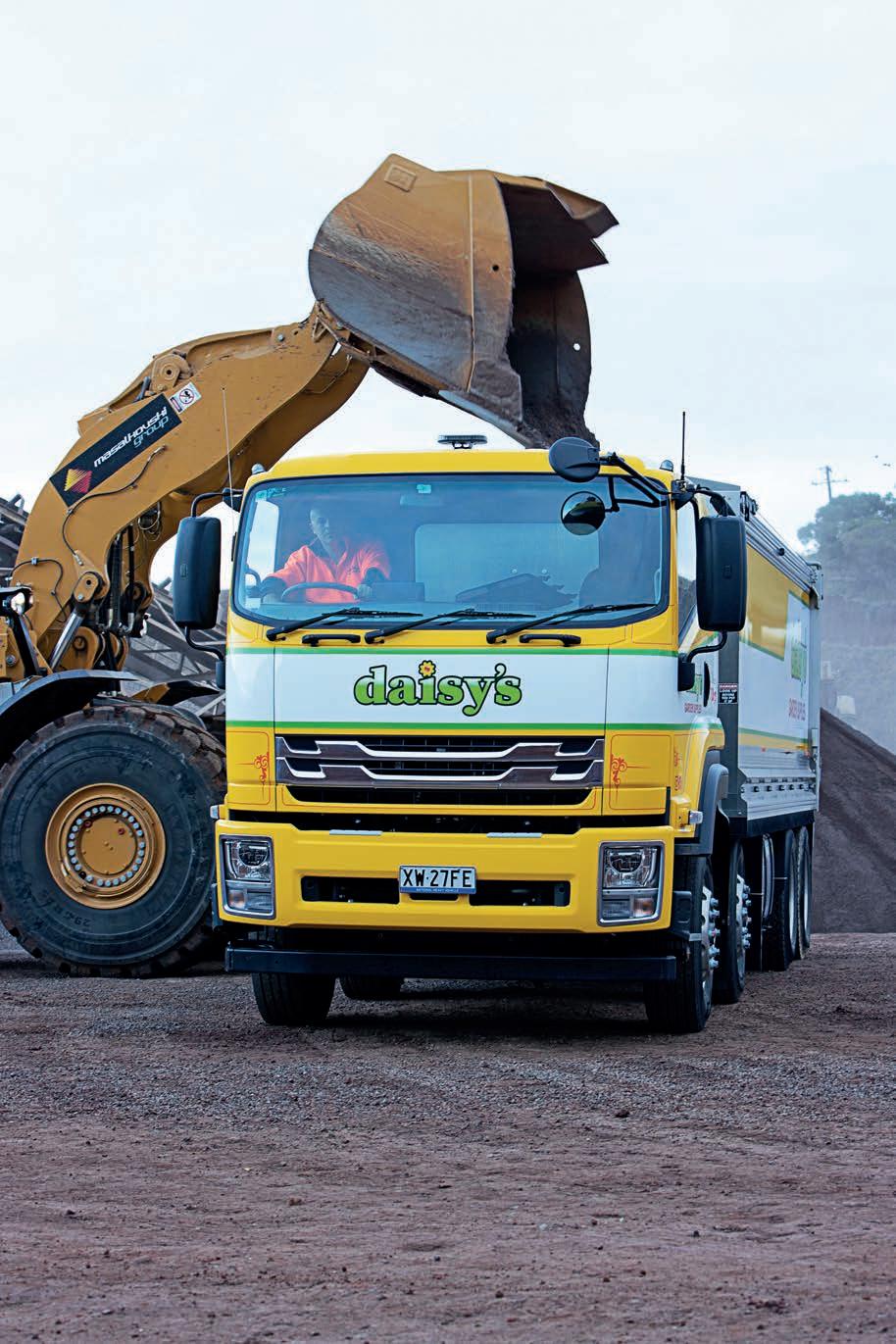
Daisy’s models range from light-duty Isuzu Tippers through to the twin-steer heavy-duty FYJ 300-350, with each truck averaging around 50,000 km a year.
The business recently took delivery of two additional Isuzu trucks to assist with increasing demands.
First-up, a brand-new FXY 240-350 with a tipper body. Featuring a GVM of 24,000 kg and a GCM of 45,000
6UZ1-TCN engine, the FXY also has plenty of punch with power at 257 kW (350PS) @ 2,000 rpm and torque of 1,422 Nm @ 1,400 rpm.
The FXY was soon joined by a ‘big brother’, the heavy-duty FYJ 300-350 with a tipper body and a twin-steer front axle, featuring a GVM of 30,000 kg and a GCM of 45,000 kg.
Evan said all Isuzu trucks in Daisy’s fleet were specified with two-pedal transmissions, so they’re not ‘burning out clutches and gearboxes’.
good run out of the brand, extending to the maintenance which we take care of ourselves at our two workshops.”
Though Evan noted he was lucky enough to inherit a successful operation, he’s proud of the work spearheading his family’s business into its next phase of life.
Daisy’s is now looking forward to the next generation of Mulcahys to take the helm—and if they’re anything like Evan, they’ll get a head start as soon as they can.
Remember the iPhone 3G? When it came out in July 2008, it was a big deal. Now, it’s nothing more than a memory for those who lived through that golden era of technology. The same goes for the network it operated on
3G has become superseded by 4G and 5G. As a result, Telstra has decided its 3G network is ready for closure and will shut it down in June 2024. That’s not long to go.
3G brought the Internet to our hands, with a ‘whomping’ 3.1 megabits per second (Mbps) of transmission and bandwidth speed. With this, you instantly got a bird’s eye view of what was happening on the road with your fleet. This was real-time information previously unheard of.
During the past decade, two telecommunication trends overlapped: 3G mobile phone handsets were superseded by faster 4G standards, and the Internet of Things (IoT) began to take off. The Internet of Things, or IoT, are devices that are not traditional computers or mobile handsets that communicate through the cellular network, including telematics systems in fleets, factory equipment, or even remote sensors.
What do 4G and future-proofed devices offer? One of the key advantages is the bandwidth upgrade it provides - this speed opens the door to advanced telematics solutions. Vast amounts of real-time insights into your fleet’s performance, driver behaviour, and advanced vehicle diagnostics. All this data from the vehicle, video footage, and information entered by your drivers is streamlined and communicated instantly to the cloud, meaning you get a real-time view of multiple information flows, even allowing for AI capabilities. This opens the door to increased efficiency, safety improvements, and a boost in productivity because the technology can do A LOT more.

DO YOUR FUTURE SELF A FAVOUR BY MIGRATING TO 4G.
As the shutdown quickly approaches, demand increases. If you’re not thinking about it now, there’s a real danger you and your operation could be left without functioning telematics systems come June 30. You risk your business being left without functioning telematics. This means that after the date, there is no guarantee of real-time tracking, alerts,
for your fleet doesn’t need to be a hassle. Our professional teams will work with you to smooth the shift to our secure and future-proof platform, ensuring you and your fleet stay connected, no matter what. As the deadline approaches, demand for the technology and its installation will go through the roof. The earlier you start your migration journey, the easier it will be.
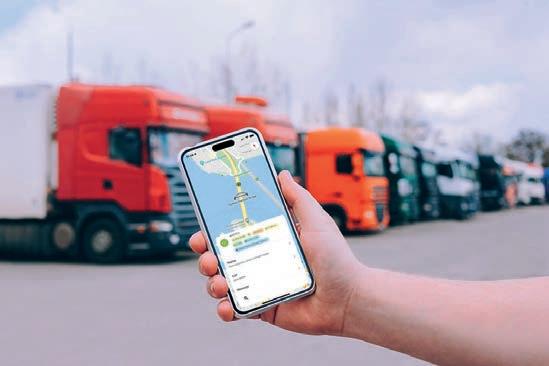
Our dedicated customer support, provisioning, after-sales, and customer success teams are always ready to assist you, helping to ensure a seamless experience from implementation to ongoing support. We’ve got your back every step of the
Moving to future-proofed technology by choosing Teletrac Navman as your fleet management partner. These technologies mean your drivers are empowered to make better decisions on the road, contributing to improved safety for themselves and other road users.
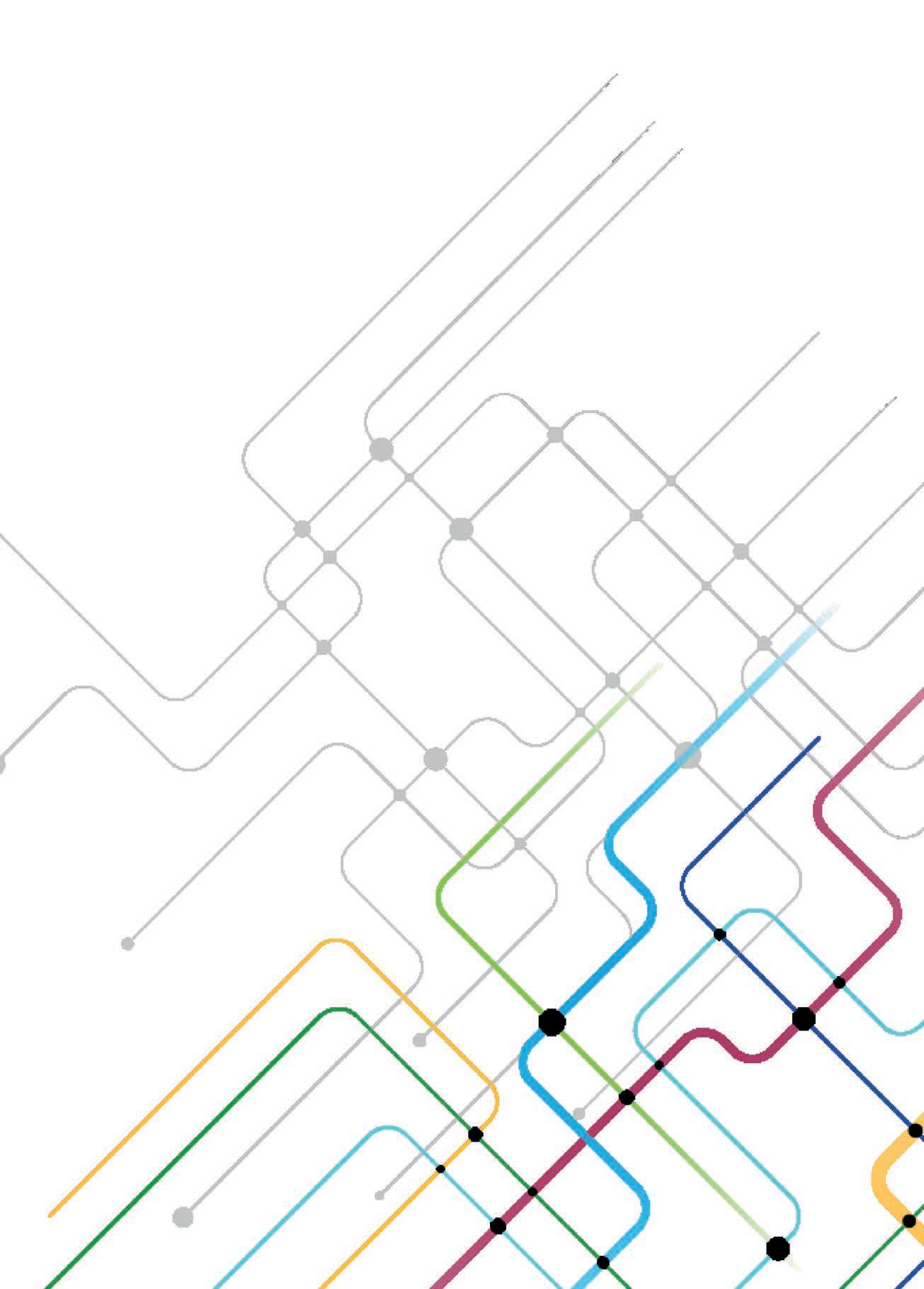
Manage compliance with Teletrac Navman’s fleet management solutions
TN360 provides the tools to help eliminate guesswork. See past the dayto-day to identify and mitigate risks that would previously have been invisible for a safer and more productive operation.




Data and connectivity is vital to the running of a modern trucking operation and on board data on a vehicle can be vital for compliance and/or safety, but some system can be compromised.
In the complex realm of fleet operations where efficiency and safety are critical, Bluetooth wireless technology, though useful in some scenarios, often falls short in effectively pairing trucks with their trailers.
This shortfall is particularly evident when the length of a vehicle surpasses the operational range of the wireless device, leading to persistent connectivity problems with the last trailer in a combination, and often resulting in vehicles being noncompliant with Performance Based Standards (PBS) or Smart On-Board Mass (OBM) conditions.
Additionally, the laborious process of manually selecting and pairing wireless devices with each trailer can be overwhelming and time consuming for drivers. More worryingly, research has shown drivers often neglect or forget to use the necessary applications, again resulting in noncompliance with permits, PBS and Smart OBM requirements.

Images: eMax
On the surface, low-cost wireless OBM solutions might seem attractive due to their affordability, but their drawbacks become apparent when they are installed and put into use. These shortfalls often result in placing undue stress on drivers, compromising operational efficiency, and potentially leading to safety concerns and compliance issues within fleet operations. The apparent initial savings can be overshadowed by the long-term operational challenges and risks they introduce.
Unlike traditional hardwired systems, the Air-Weigh system eliminates the need for additional cabling between trucks and trailers, utilising the preexisting 7-pin electrical suzie coils that power the lights. As a result, the operation essentially becomes
‘wireless’, making it effortless for drivers who only need to ensure that the mandatory 7-Pin electrical suzie coil is connected.

Air-Weigh’s world leading advanced system also automatically assigns trailers in the correct order every single time, ensuring that every truck-trailer configuration complies with the company’s PBS permits without any driver input. It’s as simple as this: No extra cables (effectively wireless), and no driver input beyond turning the ignition key.
Moreover, the system enables ‘hot swapping’ of trucks and trailers in the fleet. No need to worry about pairing or reprogramming trucks and trailers
again, it’s all about plug and play, whether truck to trailer or trailer to trailer.
“Air-Weigh does reduce driver distraction, but creates a safer environment,” say Ben Harris, Head of Sales and Operations eMax. “Without the need for expensive mobile phones or tablets and data/phone contracts, it lowers the risk of on-road distractions and significantly enhances safety.
“Air-Weigh understands the crucial role telematics play in modern fleet operations. Therefore, Air-Weigh is compatible with all telematics providers approved by Transport Certification Australia (TCA), offering a flexibility most OBM providers can’t match.”
“Air-Weigh brings the future of fleet management to your doorstep, accommodating everything from small fleets to those numbering in the thousands. Embrace the ease of use, enhance safety, and ensure seamless fleet operations with Air-Weigh’s unparalleled OBM solutions. Call: 1300 850 575 or email info@air-weigh. com.au and speak with an Air-Weigh Specialist today.”

Geotab’s telematics offerings have grown with the release of its new reporting solution.
Global telematics technology company Geotab has announced the release of its Electronic Logbook specifically designed to meet the needs of Fringe Benefits Tax (FBT) reporting for businesses in Australia.
Fringe Benefits Tax (FBT) is applicable when employees utilise company-owned vehicles for personal use, resulting in a taxable benefit in place of salary or wages.
Under Australian taxation law, employers are obligated to pay FBT on such benefits. Australian businesses providing company-owned vehicles to their employees face stringent recordkeeping requirements for FBT from maintaining detailed records of motor vehicle usage to submitting reports to the Australian Taxation Office (ATO).
This process can be arduous for employers without the proper technology, such as an in-vehicle telematics system.
Geotab has developed an Electronic
Logbook for FBT as an Add-In to address the challenges faced by businesses in meeting the reporting requirements.
This add-in feature empowers drivers to categorise their trips for “Business” or “Personal” use, facilitating easy selfassessment of FBT liability and vehicle use records.
This information will be available in real-time via the MyGeotab app, giving administrators an overview of the FBT vehicles, drivers and classification status of a trip.
This tool aims to help easily calculate the required FBT of any trip within the app, streamlining trips and making life on the road easier.
By leveraging this solution, businesses can efficiently manage their fleets and enhance the accuracy of FBT reporting.
In line with industry standards, Geotab Australia has successfully obtained an ATO Class Ruling in January 2024, confirming the tool’s compliance for FBT reporting.

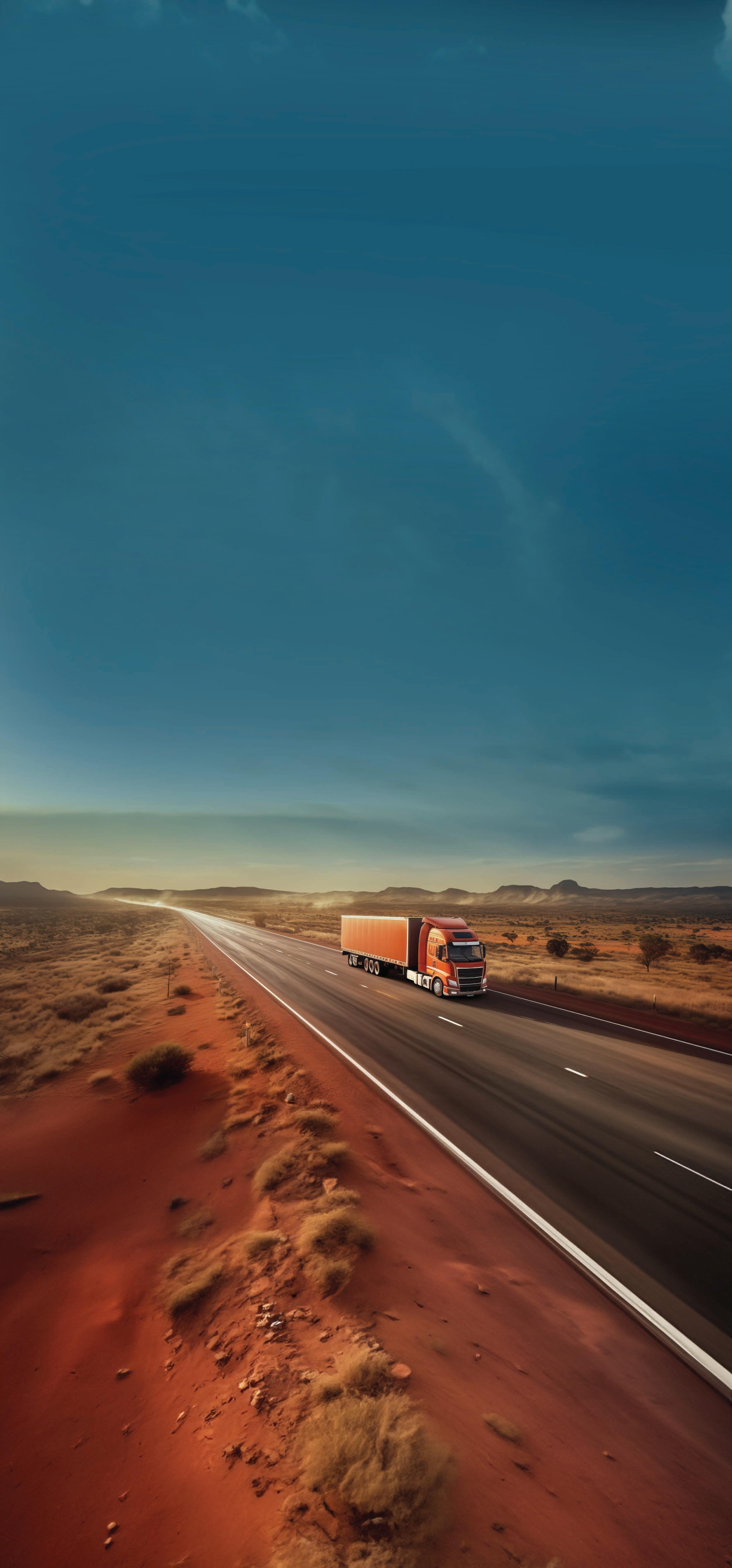
In Australia, transport contributes 19% of the country’s total carbon emissions. By 2030, it is estimated that the transportation sector will become the country’s largest source of emissions. Driven by this concern, many organisations are starting to adopt Electric Vehicles (EVs).
In 2023, Australia has seen a 120.5% increase in the sale of EVs as compared to a year ago. For fleet managers, transitioning an entire fleet is a gradual and complicated process. From ensuring that the new EV fleet reduces its carbon footprint to maintaining operational objectives in a cost-effective manner, here’s how telematics can contribute to a seamless transition process.
Telematics assists fleet operators navigate the complex transition by providing data and industry-leading support. As the transition usually occurs in batches, organisations run on a mixed fleet strategy before they turn fully electric. With Geotab’s data-driven telematics and comprehensive reports, operators can learn how to effectively manage their mixed fleet while operating the new EVs.
Telematics provides fleet operators with improved visibility over all vehicles on a single platform, easing the transition process. Geotab provides heavy equipment fleet managers with both integrated and hardwired options to manage their vehicles.
Ruggedized telematics solutions like the GO Device combines traditional fleet management tools with industry-leading data analytics to provide rich, actionable insights.

Telematics takes the guesswork out of the transition process, provides transparency over emissions, fuel consumption and maintenance costs for existing ICE vehicles. Geotab’s Electric Vehicle Suitability Assessment (EVSA) report gathers data about a fleet and compares it with the manufacturers data for EVs in each country, empowering fleet owners to make informed decisions.
After making the switch, remote monitoring and diagnostics capabilities allow access real-time data, enabling prompt and effective vehicle maintenance. Telematics also optimise range management, addressing the common concern of range anxiety and promoting greater confidence in EV usage.
As the climate crisis builds, the need for cleaner forms of transport becomes more prevalent. Telematics will support the expansion of EVs by giving fleet managers the transparency they need to make the change successfully, and by helping governments assess their infrastructure needs.
global telematics
www.geotab.com/au/
Since the concept came out a few years ago, and after initial resistance from drivers, the job of integrating an EWD into a trucking fleet gets easier and more effective.
As the number of electronic work diaries (EWDs) grows and trucking operators grow in understanding of the valuable job they can do in a business, the devices are becoming simpler to use and more effective as a fleet management tool.
The Hubfleet EWD app is available on Android and IOS (Apple) devices, making it possible to use as a ‘Driver BYO device’, or it can be installed on a company device fixed to the truck.
One of the fleets which has taken up the EWD idea and run with it is Jim Pearson Transport from Port Macquarie in NSW, and is using the system to manage drivers and driver fatigue.
“We’ve got a couple of different advanced fatigue management setups and we needed to get an EWD tailored to that, which Hubfleet have done” says Jim Pearson. “We also needed something that was mobile and the fact our guys can either do it on their phone or they can use an iPad, that sort of just means there are less things people have to carry around. It’s been a great thing and the driver acceptance has been good and more guys are going onto it all the time.”
Drivers download the Hubfleet mobile app and register for free. Fleet managers, or owner drivers, create a ‘Record Keeper’ account on the Hubfleet web portal and invite drivers to connect using their mobile phone number. Record keepers pay a monthly fee for each driver they connect to. All records created by the driver are updated in real time and can be accessed via the web portal.
During a shift, a driver can create, edit or delete any record. They can even delete the entire shift, so fixing mistakes is straight forward. However, when ending a shift, a driver must sign off on the driver declaration by entering their four-digit pin. After this
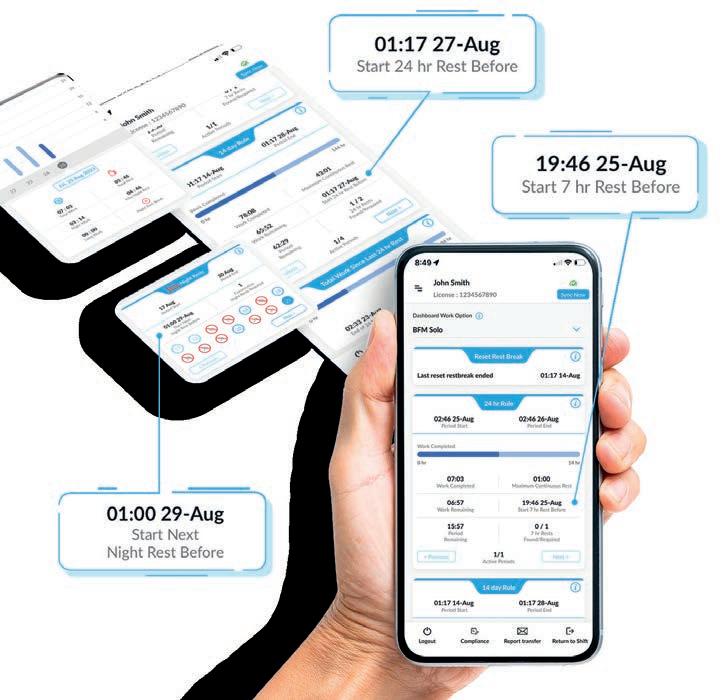
compliance view mode. This means the officer can only see the last 28 days of records and cannot access any other part of the EWD, or any other apps or features on the device.
“We’ve given it to some of our drivers, who sort of spread the word about how good it was, and others are just coming on,” says Jim. “It’s pretty much able to sell itself. It’s good for the drivers, too, because they know straight away if they’ve made a mistake, or they’ve done something wrong.
“They know if it’s saying everything’s right they’re going to be pretty right. It’s not like someone goes back through a book and tells them they made a mistake several weeks ago. They know and the EWD gives them warnings, before it’s going to
doing things wrong.
“We wanted something where we could see what our drivers were up to. We needed to be able to see if there were any issues each day. We needed to get reports to make sure that people were following the rules, and not making mistakes . The way it reports back to us is very good.”
Put simply, Hubfleet takes the guess work out of fatigue compliances and helps drivers and office staff improve safety and efficiency.

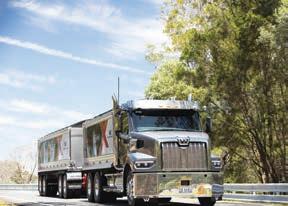

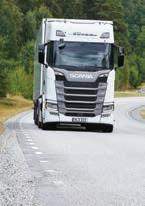
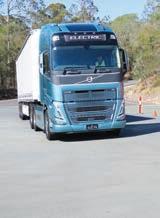
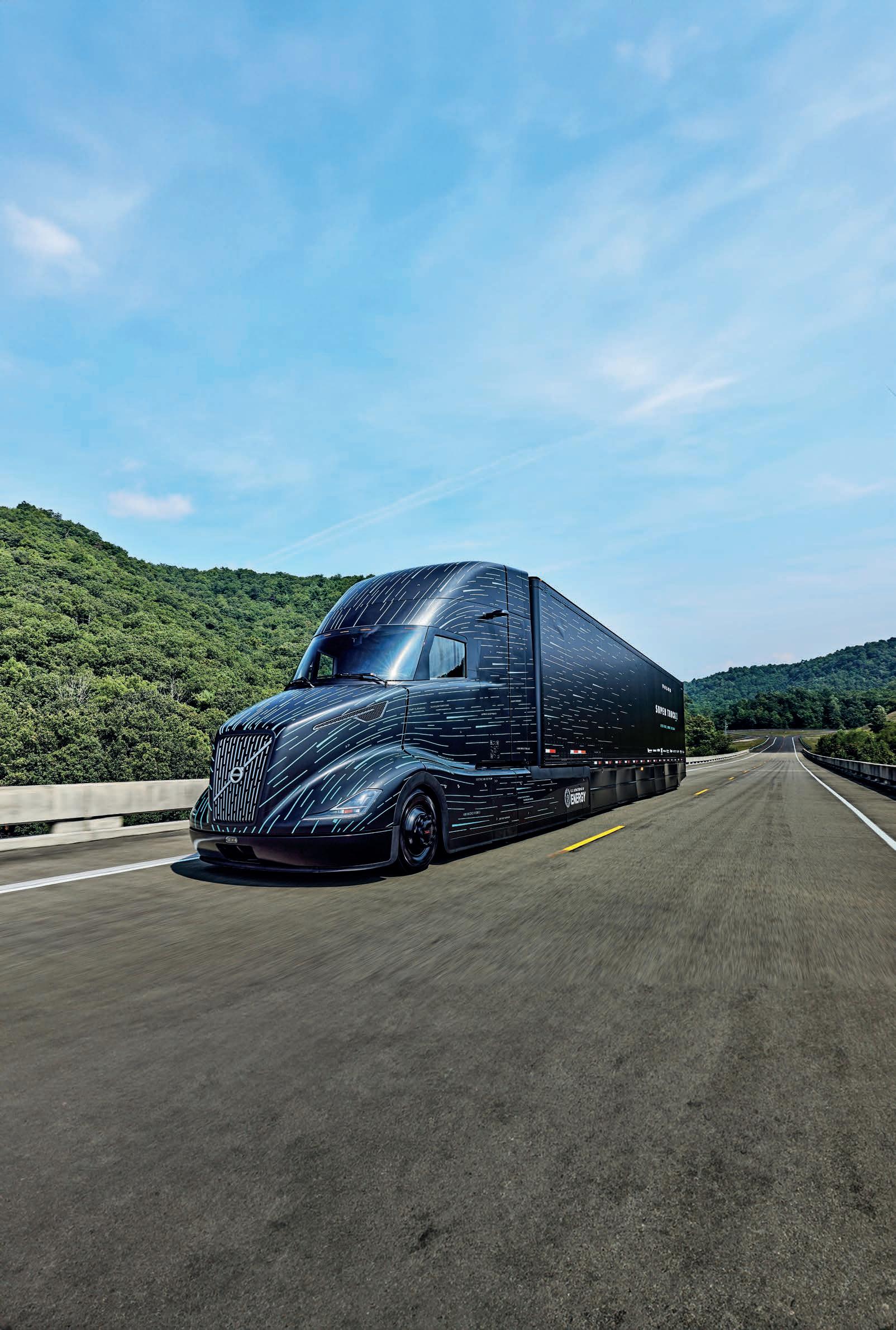
PowerTorque’s European Correspondent, Will Shiers, crosses the Atlantic to bring us a glimpse into the future with Volvo’s SuperTruck2

Film sequels are rarely as good as the originals, one of the few exceptions to the rule being The Godfather: Part II. But does the same logic apply to energy-efficient concept trucks? That’s the question that I set out to find the answer to on a recent visit to Volvo Trucks’ North American HQ in Greensboro, North Carolina.
Volvo’s original SuperTruck was the trucking equivalent of a box office smash, so when the United States Department of Energy (DOE) challenged the truck maker and its partners to improve on the original, the pressure was on.
Before I delve into SuperTruck 2’s story and plot, let’s rewind the clock to 2011, and view the trailer for the original SuperTruck.
SuperTruck 1 was a five-year challenge set by the DOE to various truck manufacturers to improve the freight efficiency of a class 8 truck (a vehicle with a GVW exceeding 14,969kg) on a ton-mile per gallon, by 50 per cent.
Using a 2009 VNL 670 as the baseline, Volvo set about doing just that. It took a complete vehicle approach, and together with some partners, got to work on the prime mover, trailer and powertrain. Improved aerodynamics, the use of lightweight materials, and a turbo compound engine all helped it to smash its ambitious targets. The finished truck achieved an 88 per cent improvement in freight efficiency, and 70 per cent better fuel efficiency.
In late 2016, the DOE set a new challenge.
“With SuperTruck 2, they raised the bar,” explains Eric Bond, project manager and principal investigator for Volvo SuperTruck 2. By this he means that they introduced far more stringent targets, and stipulated that SuperTruck 2 had to utilise commercially viable technology.
“And instead of a 50 per cent improvement in freight efficiency, this time they requested a 100 per cent improvement in vehicle ton-miles
per gallon, when compared with a best-in-class 2009 truck,” he explains. However, Volvo took that one step further and set an internal goal of a 120 per cent improvement.
Fast-forward to October 2023, and the truck maker unveiled SuperTruck 2 to the world.
“This has been a chance for engineers to pursue technologies and ideas beyond the boundaries of what they’d normally have the opportunity to work on,” explains Bond. “The team took a lot of the learnings from SuperTruck 1 and were able to apply them to SuperTruck 2.
Let’s find out what the cast did, and more importantly, whether SuperTruck 2 has been a box office hit.
Aerodynamics played a key role in this project, with the team focussing on making both the prime mover and trailer as slippery as possible. This explains the large number of gap closure fillers, including around the wheel arches, and a lack of door handles.
Bond explains that windscreens are one of the worst offenders in terms of destroying a truck’s aerodynamics, so the decision was made to give it a curved, wrap-around shape. Giving it the same sweep and rake as the wedge-shaped cab minimises swirling air, and instead sends it from the front of the truck to the top of the trailer as quickly as possible.
“Having done that, Eric and his team then had the challenge of trying to get the windshield wipers to work,” says Keith Brandis, Volvo Trucks vice president of partnerships for North America.
Also helping to reduce drag is Volvo’s Camera Monitoring System, which replaced conventional external mirrors with cameras and screens. While not yet legal in the US, Volvo has permission to use the system on test vehicles.
The truck rides on air suspension, which adjusts automatically depending on speed. It drops by 7.5cm at highway speeds, and raises for low speed manoeuvring.
Another easy win in terms of aerodynamic savings came from
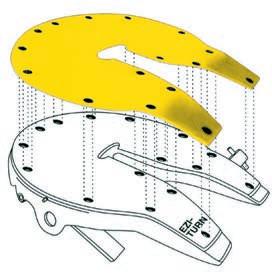
•
•
•
•
• Environmentally friendly
•
•
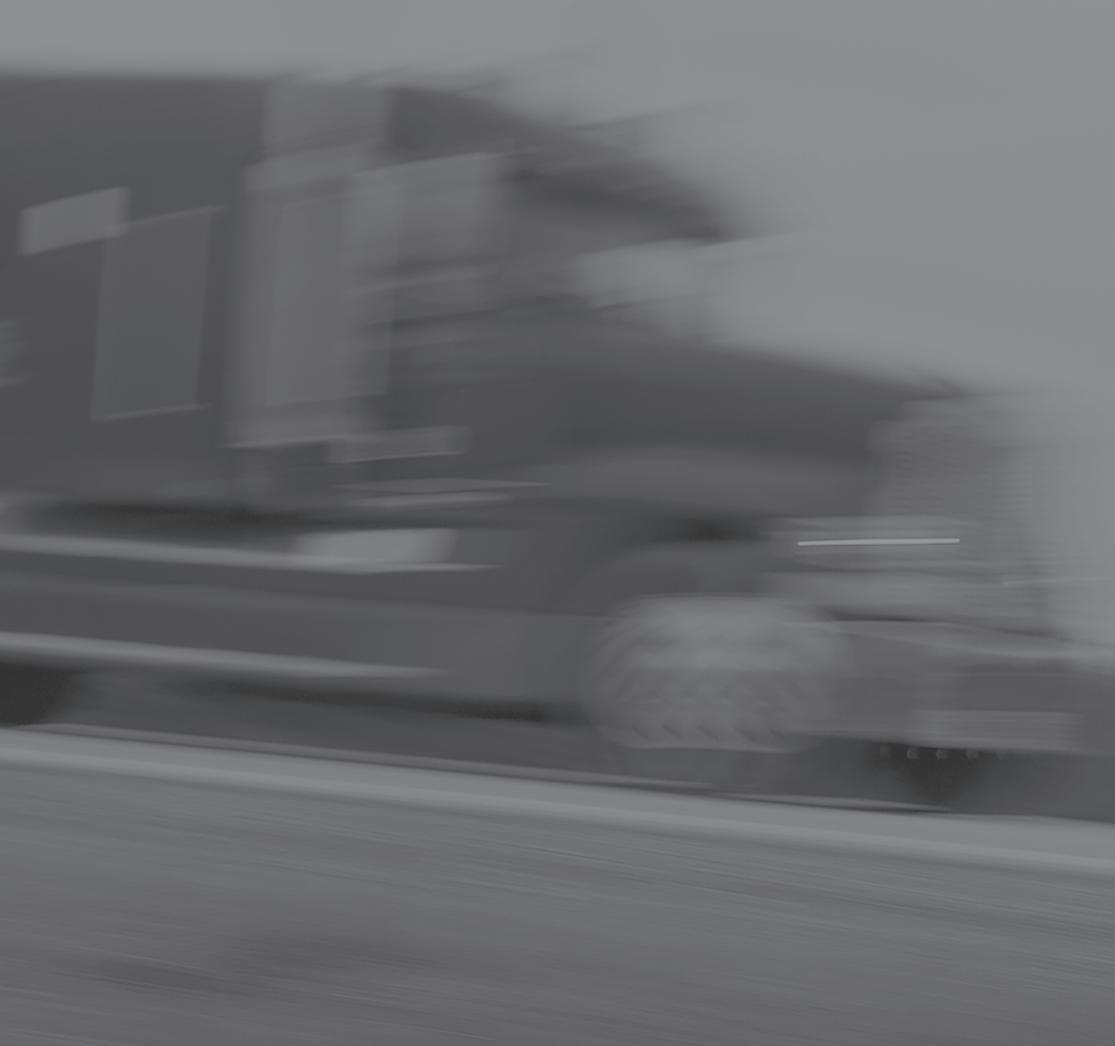

closing the gap between the back of the cab and the front of the trailer.
Brandis explains that every 300mm of space between the truck and trailer equates to a loss of between one per cent and two per cent in fuel efficiency. SuperTruck 1 had a 1,000mm gap, but SuperTruck 2 is 180mm less.
Acknowledging that the trailer has a significant impact on aerodynamics, SuperTruck 2’s Wabash tandem-axle semi-trailer features numerous custom aero aids. It’s also significantly lighter than a regular production trailer, rides on low-profile tyres, and features a collapsible boat tail at the rear end.
Michelin was one of the project’s partners, and supplied lighter, lowrolling-resistance tyres for the prime mover too. They’re on 19.5in wheels, which not only reduces weight, but lowers the ride height in order to improve aerodynamics.
Together, all of these aerodynamic enhancements have made SuperTruck 2 20 per cent more aerodynamic than its predecessor, and drag is 50 per cent less than the base 2009 class 8 truck.
“You don’t usually see these kinds of breakthroughs in our industry, as typically improvements come in small evolutionary steps,” says Bond.
Under the truck’s shrunken hood sits a 325hp 11-litre diesel engine. This

engine was deemed suitable, given that SuperTruck 2 has a GCW of 29.5 tonnes. Whereas diesel engines normally operate with a thermal efficiency 45 per cent, the target for SuperTruck 2 was 55 per cent.
In order to achieve this, it underwent numerous changes, including fixed geometry turbocharging, a higher peak pressure and a smaller aftertreatment system. Friction was reduced wherever possible, with new oil and piston rings. The powertrain features a 48V micro hybrid system. And because it eliminates the belt drive, the coolant pumps and fan motor run only when needed, improving engine efficiency by reducing parasitic losses. All the accessories are electrically driven, which has the added benefit of creating a clean air flow beneath the prime mover.
The engine is matched to a regular I-Shift transmission, and powers a single drive axle.
The truck’s chassis features lightweight aluminium chassis rails, built by partner Metalsa.
You access SuperTruck 2’s interior via electrically operated fold-out steps towards the rear of the cab. It’s more akin to walking into a motorhome than climbing into a truck.
“Moving it here allowed us to remove the split in the A-pillar that you get with a conventional door, and meant we didn’t have to deal with an opening door right at the curvature of the windshield,” explains Colton Kidd, who was lead builder on the truck. He says this one-point access allows drivers to board easily and safely while carrying a bag.
Once inside, you are greeted with what resembles an aeroplane cockpit.
Sat in the driver’s seat, you are immediately struck by the superb visibility. You can’t see the hood, and it would be easy to see even the smallest of pedestrians in front of the truck.

Although the driver sits more inboard than usual, the decision was made not to give SuperTruck 2 a central seating position. Kidd says it was considered, but was dismissed early on due to feedback from operators, who wanted it to feel familiar to drivers.
The speedometer and essential dials are located directly in front of the driver, and there’s a large screen located towards the centre of the dashboard. Buttons and switches are minimal, giving it an uncluttered, simplistic feel.
Kidd tells us that the truck has been designed for the ‘long haul driver of the future’, who it is assumed will want to be at home every night. This explains the lack of a bunk. It

does however have a passenger seat that wouldn’t look out of place in an aeroplane’s business class cabin.
“It’s not designed to be out on the road for days or weeks at a time,”explains Kidd. “But with the convertible passenger seat you have the ability to lower it completely flat, and rest as needed.”
SuperTruck 2 is described as a ‘learning laboratory’, a chance for Volvo to trial different ideas, which may or may not one day make it into production trucks.
“What you see here is a peek behind the curtain, a glimpse into how we work with advanced engineering concepts and go through the evaluation process before we actually bring stuff to market,” explains Brandis.
These are sentiments echoed by Bond, who adds: “It’s a proof of concept one-off demonstrator. Not everything is ready for production, but we have shown it to people [within the
Volvo Group] to a point where they can take those next steps and decisions. Some ideas will arrive sooner than later, and some will need more development.”
“Well you would certainly need a big chequebook to buy it,” laughs Brandis, when I ask him how much SuperTruck 2 cost to develop. “It has so many prototype parts, some hand built, and a few are even 3D printed.
“But in answer to your question, this was a cooperative agreement with the United States Department of Energy. It was a 50 per cent cost share and they put $20m (AUS$30m) towards it. So, with our portion of the cost share, it’s essentially a $40m (AUS$60m) project.”
Now for the all-important question. Is this sequel the automotive equivalent of Terminator 2, or Dumb and Dumberer?
“In the end, we were actually able
to achieve, not 120 per cent, but a 134 per cent improvement in freight efficiency,” Bond says, answering my question with pride.
“And if you could extrapolate that on all the trucks that are out there running, you can imagine the millions of gallons of fuel that you would save, and the improvement to air quality,” adds Brandis.
Volvo Trucks, together with Paccar and Daimler, is already embarking on SuperTruck 3. This time the DOE is asking OEMs to look at alternative drivelines, which is in line with President Biden’s pledge to have half of all vehicles sold in the US to be zero-tailpipeemissions by 2030.
I’m struggling to think of decent threequals - Indiana Jones and the Last Crusade, Die Hard with a Vengeance and Toy Story 3 perhaps?
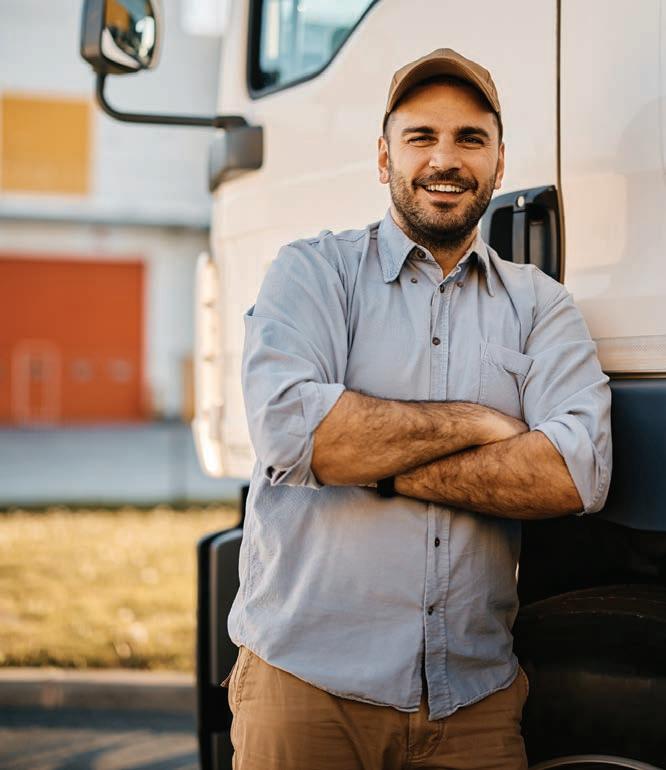
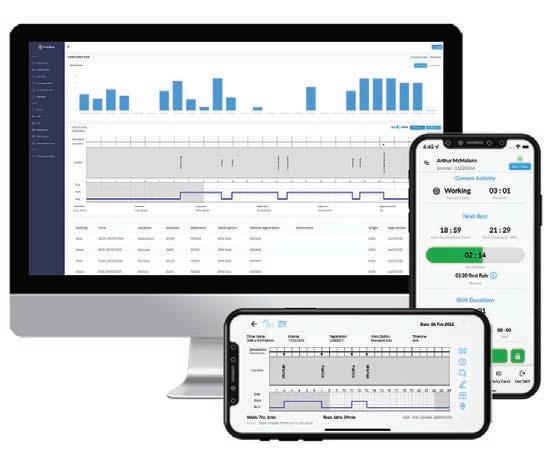
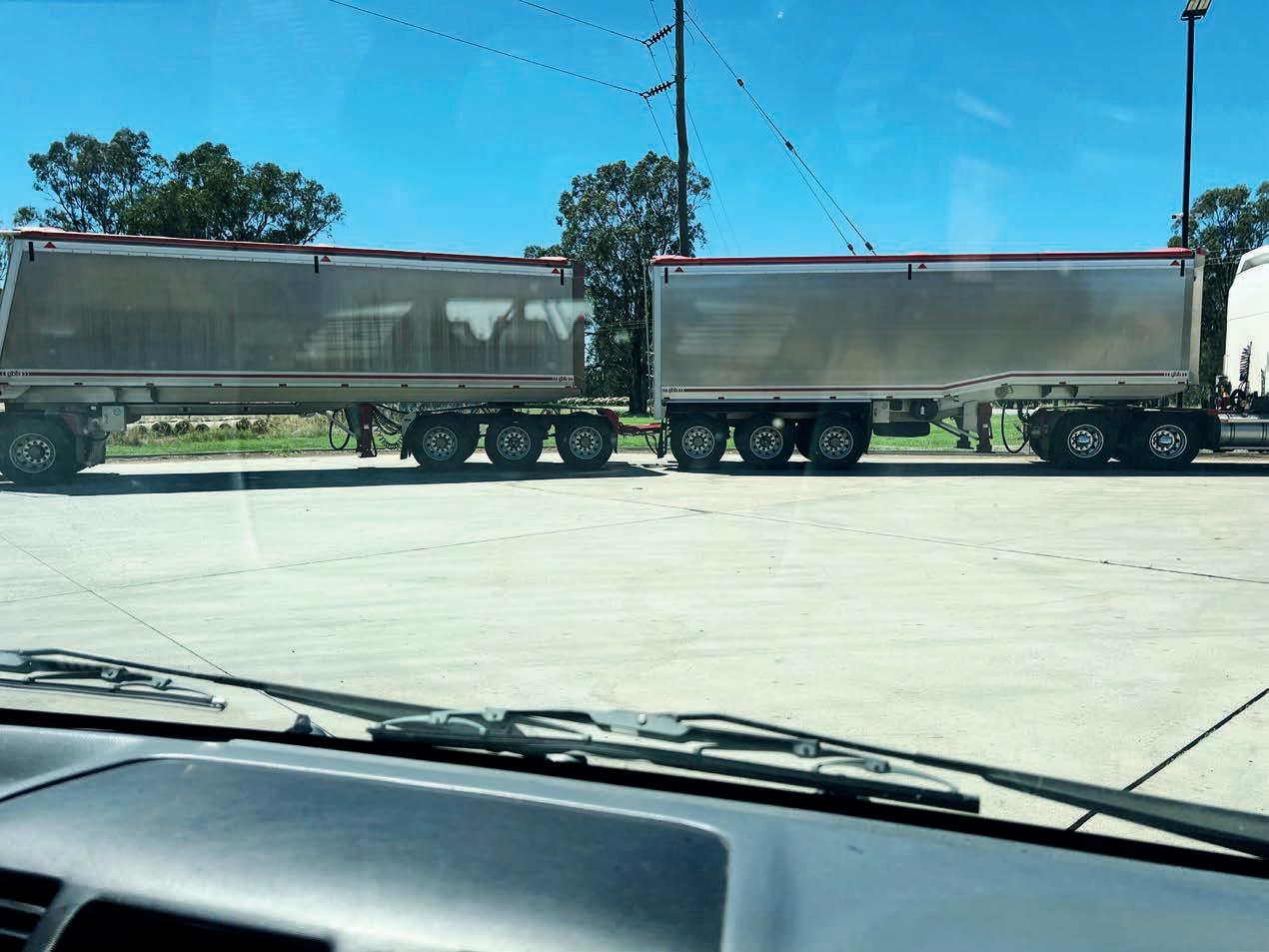
By the time this edition of PT hits the shelves the memories of 2023 will be dim. 2024 has brought new challenges, but the more times change the more things remain the same.
Late last year I followed a BA-triple (six decks of cattle) in regional NSW, it should not have been on the road! The performance compared to an AB-triple (six decks of cattle) on the same road was chalk and cheese.
I had an associate send me a photo last week of a converted dolly that had been ‘modified’, supposedly on the recommendation of an enforcement officer, to get a combination within the category overall length.
A technical description of ‘modularity’: a very general set of principles for managing complexity. By breaking up a complex system into discrete pieces, which can then communicate with one another only through standardised interfaces within a standardised architecture, one can eliminate what would otherwise be an unmanageable spaghetti tangle of systemic interconnections.
Applied to vehicle configurations the modular approach has two objectives: coupling complying
vehicle units in configuration will (should) result in sub-configurations being compliant. However, in some examples the smaller configurations are not compliant.
Type 1 and 2 road trains have been modular, as maximum trailer length increased so did the overall length of road trains ,typically removing the last dog trailer from a type 2 resulted in a complying type 1 road train. If a type 1 road train is more than 36.2m or a type 2 is more than 53.4m then at least one
vehicle unit is non-complying; but rule makers of the day opted for roundingup 36.5 and 53.5m. Why hasn’t this maths logic been applied to the recent better performing configurations?
A 36.5m AB-triple may not disassemble to a legal B-double, the 36.5m reference is too short for general freight. The modular B-triple has enjoyed some recent adoption (good news) where the requirements stipulate that any two trailers assemble to a compliant B-double. Whilst there
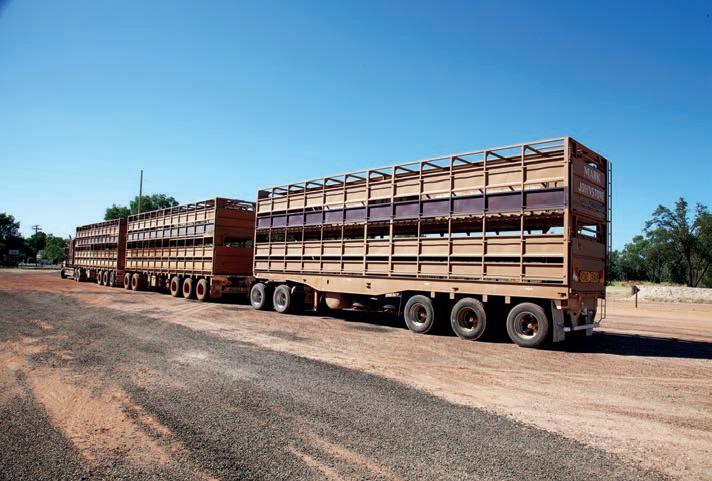
will continue to be debate as to how long a B-triple should be, and what constitutes a modular B-triple the same approach doesn’t apply to a modular AB-triple.
A modular AB-triple should begin with a complying B-double; overall length ≤ 26m; kingpin to rear ≤20.6m: Provided internal axle spacing comply, the lead trailer can be longer in conjunction with appropriate shortening of the trailing trailer. ADR 63 requires that the tow coupling be not more than 300mm forward of the rearmost projection of the trailer.
Research completed by Roaduser Research in the late 90s identified that the drawbar of a converter dolly generally should not be shorter than 4.1m. Increasing length beyond 4.1m that did not significantly improve high speed dynamics but degraded swept path performance.
The simple mathematics: B-double length 26m less say 0.2m for coupling location, 25.8m; Converter dolly drawbar 4.1m, maximum semi-trailer reference 12.3m overall length 42.2m. Industry lobbied for 42.5m (converter dolly flexibility, up to 4.4m) but the bureaucratic brains trust opted for
42m, sound familiar!
To our knowledge there is not a published PBS Level 3B network outside of SA. Operators are then left with specific route assessments or a type 2 road train network. If limited to a road train network, why bother with the smaller configuration?
A recent regional newspaper article referred to the Murray Darling Water Plan. Conclusion, the current water minister appears to have minimal understanding of the water policy and management complexities. But when there is a change of government or cabinet reshuffle the minister will move on but little will change; the bureaucrats will just be left to indoctrinate a new minister. And when we have the realisation that the water plan was poorly modelled or poorly delivered, no one will be held accountable.
Operators have long recognised the benefits in trailing dynamics of factors such as a longer converter dolly drawbar, where trailers are typically shorter, for example livestock and bulk transport, dolly drawbar length
is typically the ADR maximum (excluding PBS).
Operating complying modular B-triple and AB-triple in parallel, means that the configurations can be disassembled into three B-doubles with an additional complying B-double prime mover. The principles of modular B-triples should be adopted to AB-triples and further embrace the concept that a modular AB-triple should require that the prime mover and any two trailers assemble to form a legal B-double.
But let’s not stop here: Modular ABB-quads and BAB-quads have safety performance benefits above conventional road trains and ABBquad is potentially a better dynamic performer than a BAB-quad, but the BAB quad is more convent for assembly and disassembly and more suited to extreme operating conditions.
Initiate a new perspective on productivity by moving proven combinations from PBS to modular prescriptive, develop and publish access networks for all classes across all states and territories, and deliver outcomes and BE ACCOUNTABLE!
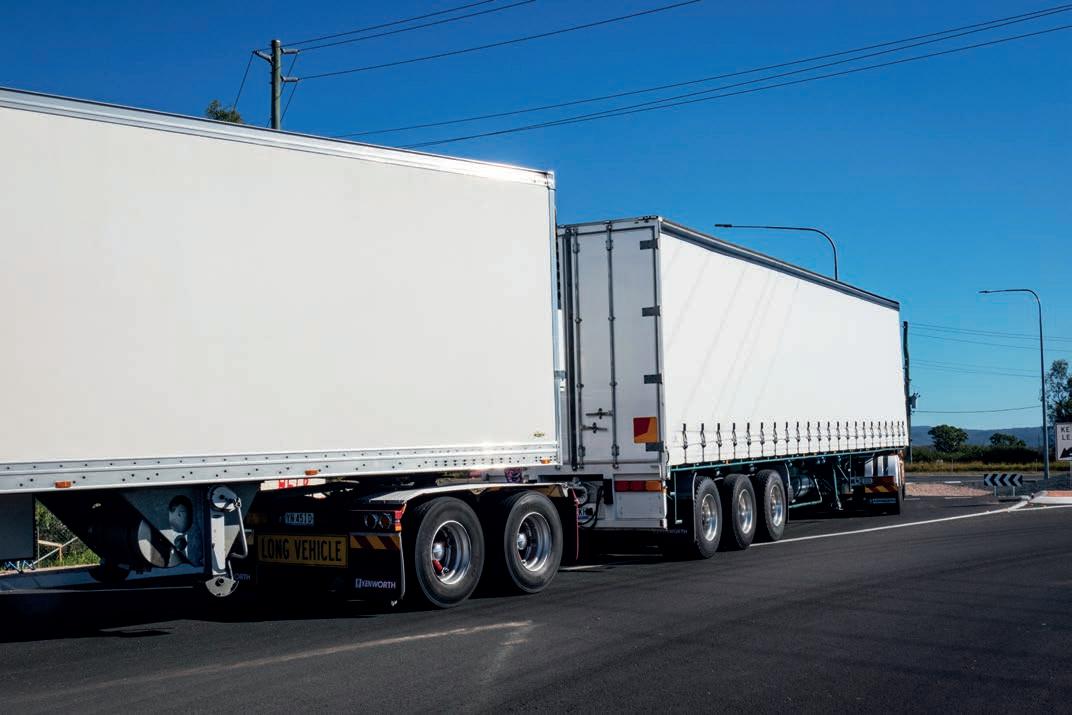
Finding good staff is a challenge for more than half (51 per cent) of all Capricorn members — up 12 per cent in the last calendar year. That’s the big take-out from their State of the Nation Special Report: The Skills Shortage.
Capricorn, one of Australasia’s largest automotive cooperatives with over 26,000 members across Australia and New Zealand, has released its State of the Nation Special Report: The Skills Shortage, which shows over half of all respondents labelled the skills shortage as their most urgent issue.
The report focuses on the importance of finding quality staff in an industry that is continuing to suffer from a skills shortage in various sectors.
One of the biggest challenges raised in 2023 was the difficulty of finding and attracting young people who want to work in the automotive industry.
Capricorn’s report states that 45 per cent of its members believe that this is one of the biggest challenges facing the industry at the moment.
The report found that it’s taking an average of almost seven months to fill a vacancy for a qualified mechanic, almost nine for a panel beater or spray painter and closer to 10 for a qualified electrician in NZ.
By a significant margin, members said the lack of qualified staff was the biggest challenge facing the industry as a whole (61 per cent, up from 50 per cent in 2022).
Just 44 per cent of members said they were adequately staffed, a third were looking for staff and a quarter said they had unfilled positions.
For commercial trucking businesses, finding good staff was easily the biggest challenge, listed at 66 per cent, followed by finding the time to take a break or holiday at 41 per cent and then a shortage of parts at 38 per cent.
Work-life balance has also played a major part in this. 43 per cent of member respondents said that they struggled to have an adequate work-life balance while running an
automotive business.
David Fraser, Capricorn Group CEO said while members were confident in the future of their sector, finding skilled staff is an increasingly stressful burden.
13,600 vacant skilled positions across member workshops in Australia and New Zealand with these vacancies taking an average of up to eight months to fill,” David explained.
apprentices to help with a pipeline of skilled labour, and whilst appetite to hire an apprentice is increasing, retaining them is a challenge.”
however, also found that their members were very confident about the future of
their businesses.
Only five per cent of members said they were not at all confident in their business’ future, while seven per cent responded saying they were not at all confident in the future of the automotive
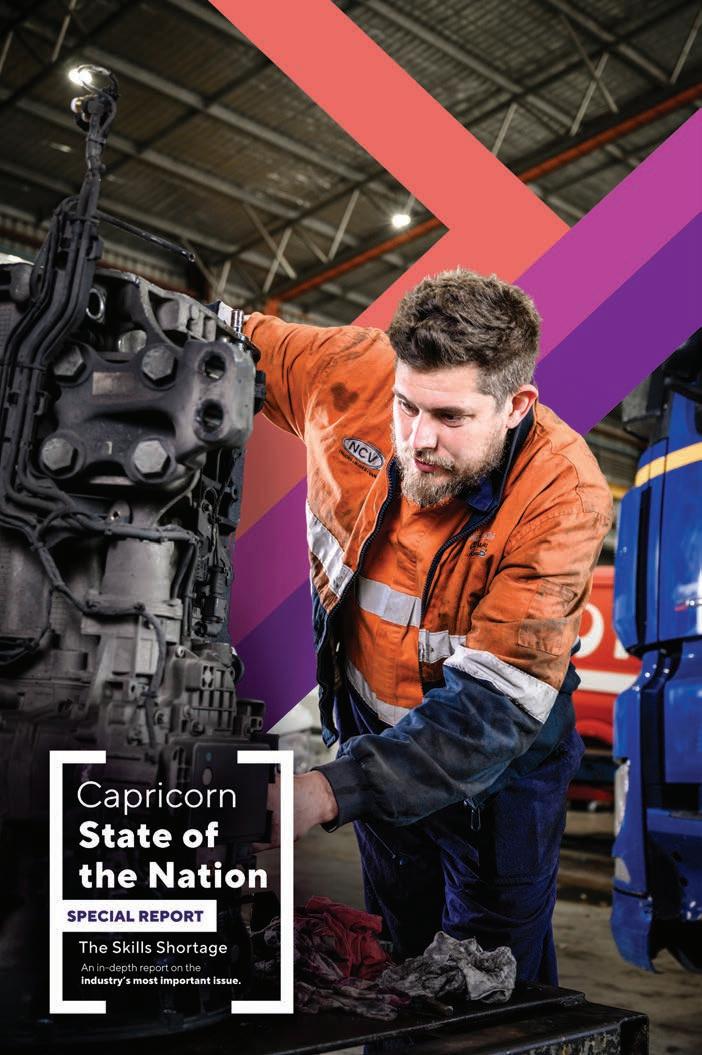



This year is cause for celebration for PACCAR, as it celebrates one of its major brands turning 30.
2024 marks the 30th anniversary since the introduction of heavy vehicle manufacturer PACCAR’s global aftermarket brand, TRP, in The Netherlands.
In those three decades, it has expanded to other markets worldwide, including its launch in Australia in May, 2013.
TRP’s 30th anniversary is a global celebration of the brand’s expansive range of all-makes products for customers operating any make of truck or trailer.
This milestone recognises the past, present and future evolution of the TRP brand as a regular and reliable customer choice.
It celebrates the ever-expanding product portfolio and growth of the TRP retail parts and service network, currently standing at 319 world-wide, with 17 stores located Australia and New Zealand.
Thirty years ago, the brand’s acronym stood for Truck Related Parts; however, the offering has grown to include trailer parts, load restraints, cleaning products and other accessories.
PACCAR’s attention to releasing products backed by a minimum 12-month warranty led to the brand to adopt its current tagline: “Trusted. Reliable. Proven.”
General Manager of PACCAR Parts

Australia Mark Santschi oversees the aftermarket division of PACCAR that sources and distributes TRP products, and has international experience with the brand, overseeing the sales and marketing of TRP products across North and South America, and now in Australia.
He harbours a strong passion for the brand after being a part of PACCAR for 17 years.
“TRP is a great example of how PACCAR develops a global strategy that can be tailored to local markets,” Mark says.
“Over the years, we’ve leveraged our international expertise and refined our process to develop, test and support products with trusted partners.
“We’ve developed a unified focus on quality and value that has helped the brand meet the needs of our customers in a variety of markets, and that is certainly true here in Australia.”
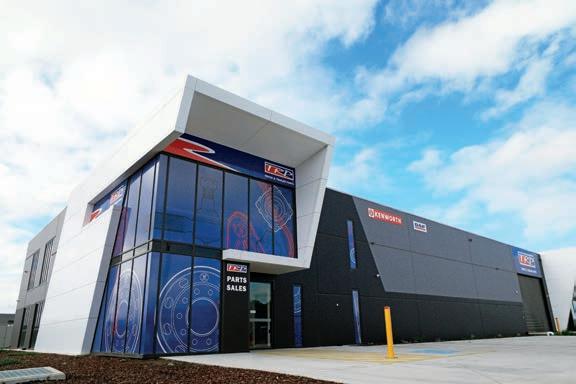
TRP’s customer centric approach is mirrored in the brands product offering, reflected by Niels Holm, Product Manager for TRP Parts
“The TRP product range has expanded considerably since being introduced here in Australia,” Niels
“Most notably is the TRP range of brake drums and brake shoes which have stood the test of time, selling in the thousands each year.
“As the brand has become more established, so has the range of TRP products with truck cleaning products,
Just a hint of the huge TRP range of products available
now becoming staple purchases by workshops and owner drivers alike.
“PACCAR takes pride in offering a range of quality TRP products to our customers.
“All products go through a rigorous selection and testing process before they are released to the market, ensuring they are fit for purpose and made to survive Australia’s tough conditions.”
Vincent Offenbaker is Parts Manager of TRP Bibra Lake, which won the 2023 TRP Global Store of the Year Award.
He puts TRP’s success down to its strategies when it comes to working with customers.
“Our strategy is to look after the customer,” Vincent says.
“TRP products have a no-fuss warranty so if a part fails, the customer can bring it back and we’ll swap it over no questions asked.
“If that’s not looking after the customer, I don’t know what is”.
Parts Manager for TRP stores in Geelong, Somerton and Ballarat Peter Mammarella believes much of the same.
He says the options available for TRP products put greater choice into the hands of their customers.
“TRP products give our customers choice,” Peter says.
“It allows them to use a high-quality part whilst ticking the box on cost savings, as everybody is trying to do in the current economic climate.”




WOMEN IN INDUSTRY NOMINATIONS ARE NOW OPEN.
Now is your chance to nominate an industry leader who you believe is advocating for positive change and deserves to be recognised.
PROUDLY PRESENTED BY
MHD
Thurs 20 June, 2024
The Women in Industry Awards recognise outstanding women leaders from across Australia’s industrials sector.
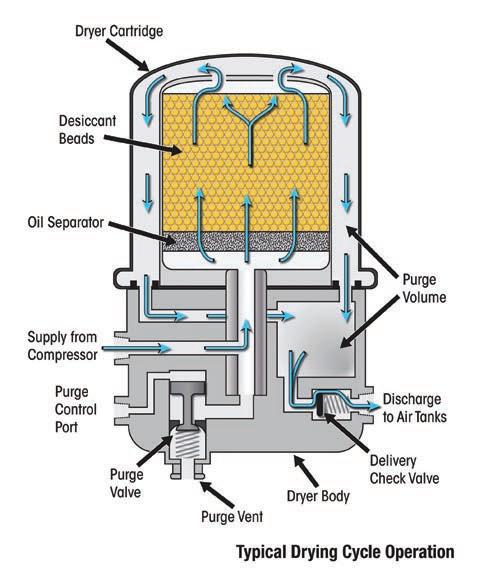

For any truck air dryer system to work, the pneumatic truck and trailer air supply must be completely clean and dry. Air naturally contains a certain amount of moisture – this is where your air dryer comes in.
If left unchecked, this moisture will cause corrosion and damage to pneumatic components, such as brake components, height control valves, Hendrickson lift axle control valves and TIREMAAX tyre pressure control systems.
It is the dryer’s job to remove as much of this moisture as possible before it passes into the rest of the pneumatic system.
Compressing air requires a lot of energy, some of which can become heat and can reach up to 150°C after leaving the compressor. It is important therefore to reduce the air temperature, otherwise it becomes very difficult to remove any moisture.
Initial cooling occurs in the outlet pipe from the compressor, but most dryers also have an ‘aftercooling’ function to allow the compressed air to cool further. Some even use external
cooling fins to improve cooling efficiency.
Before removing any moisture, it is important to remove any oil vapour that may have been discharged by the compressor.
Most dryer designs use mesh, baffles to do this, or alternatively, a series of passages as an initial stage to separate any oil mist, so that it does not contaminate the desiccant.
The main feature of the dryer is this desiccant, which is quite different to the silica gel desiccant found in packaged goods. It is usually made up of special ceramic beads.
These beads are designed to condense moisture onto their outer surface as the air passes by them. The water, now in liquid form, adheres to the beads until the purge cycle.
Dryers use a purge cycle to force air, in reverse, down past the beads and out the purge valve. When air pressure is applied to the purge control port it will open the purge valve, which releases air through the vent at the bottom of the dryer body.
The purge air carries the liquid water away from the desiccant, along
with any accumulated oil, dispelling it from the dryer. This ensures that dryer is regularly cleared of waste matter, which would otherwise choke it.
A delivery check valve is integrated into the system to ensure only air within the dryer is released. There are purge volume areas in the dryer to ensure that there is sufficient air volume and flow to clear the dryer of condensed water and oil.
Eventually the desiccant beads will lose efficiency and require replacement. Therefore, dryer cartridge replacement must be carried out at recommended manufacturer replacement intervals or if water starts accumulating in the tanks.
Systems with high air requirements benefit from using twin cartridge dryers. These twin cartridge systems enable high air flow without any reduction in air quality.

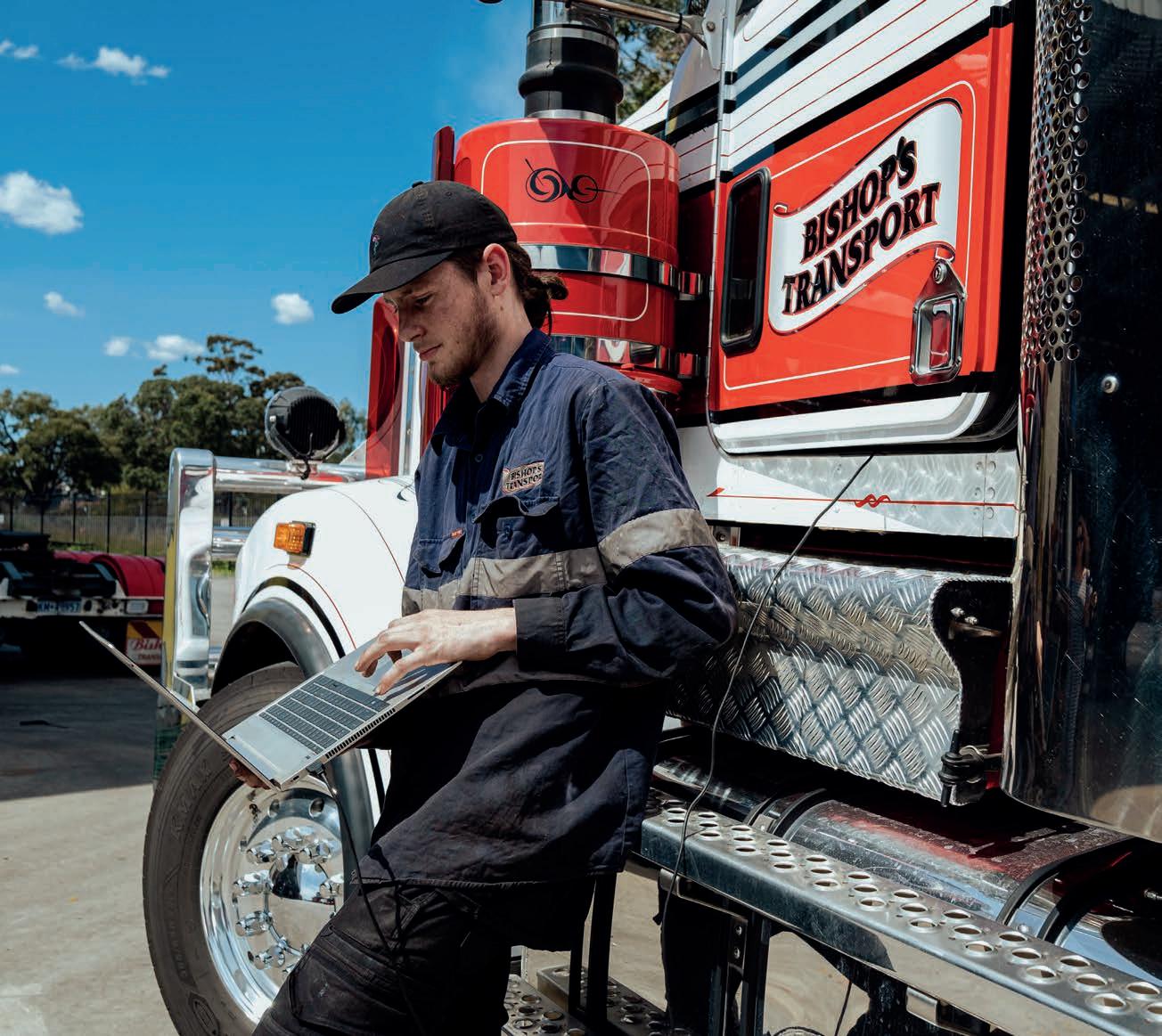




In this second instalment looking at the road to zero emission refrigerated transport, in this article, Revora examines the options available to fleets in the near term, the first stage of the transformation of the fleet.
Refrigerated trucks come in many sizes, require high payloads and do various delivery run types. Runs can be mainly urban, about 100km per shift, moving up to regional and long haul at well over 500km per shift, and beyond to multi-day routes.
Rigid trucks come in various sizes, suited to differing tasks and driving licences. Rigid trucks come in various sizes, suited to differing tasks and driving licences. Electric refrigerated trucking leader Revora has done wide and deep market analysis of all models available and assessed future options.
“All electric vehicles (EVs) on the market in 2024 have an increased tare weight over their diesel counterparts, some more so than others,” says Revora GM Nathan Gore-Brown. “This will narrow over time but it’s important to bear in mind.”
This is a particular concern where there is a GVM ceiling (like 4.5tonne max), a cab chassis, plus body, plus fridge leaves little capacity for a substantial payload. With some trucks on the market you’d be better delivering food out of a caravan fridge in a Tesla from a payload point of view.
Not all typical sizes of refrigerated truck have a suitable electric truck option, at this time. The popular six pallet segment is an example, while some models offer an LR electric chassis they all have GVM of about 7.5tonnes, reducing payload potential, when compared to the 8-8.5tonne diesel standard in the market.
The battery size also needs to be right for the task, in this case around 110kWh is about right. 2024 may see new options in this class but it’s not yet clear.
While there are good products in the eight pallet class, when you look at larger capacity, it gets really difficult.
In this segment models can run into front axle mass constraints and GVM/ payload limitations.
In the medium and heavy rigid sector, trucks may well use chassis sizes that would typically service a 12 pallet truck, fitted with a 10 pallet body. The chassis will be bigger (taller, wider, higher GVM) than typical to give the payload required. This means the largest in this segment, the 14 pallet truck is unlikely to be an option for some time.
Hydrogen chassis’ being used for concrete mixers and waste might offer larger units but there are still packaging issues with fuel tank location.

A lightweight, high thermal efficiency refrigerated body is imperative to ensure EVs are competitive. For example refrigerated body leaders Eurocold and its partners have optimised bodies and installation methods for its EV solutions offering greater payload and reduced energy use.
Refrigeration adds an extra challenge with access to energy to run the fridge. Typically, we’ve used pulleys from diesel engines or dedicated diesel engines to give us the power to cool our loads, when using electric power alone it takes a lot of kilowatts to run the compressor. On an electric unit, we have a high voltage battery but this can only be used if we can get access to it via an ePTO. Not all models offer this and others can be problematic.
For those developing refrigerated trucks, this is the first hurdle. Fridge OEMs are also coming to grips with the change, and their adaptability will be key to make building the right truck for a refrigerated freight task.
Carrier are leading the way with home grown, and global solutions,
while Mitsubishi have used their electric fridge knowledge to gain early market share. This space will evolve rapidly over the coming years with various approaches being trialled.
When choosing an electric truck for your task, the charging solution needs to match. If it’s too slow, it won’t be ready for the next day, too fast and you end up paying too much. A package from Revora/Eurocold should provide an operator with right sized to fit an operation’s need now, one which can evolve over time.
Good zero emissions solutions exist in the three pallet body offering, as seen in the Woolworths home delivery fleet, with Foton T5s providing around 150km of urban delivery capacity, with a fridge.
The Volvo FL offers a platform for an eight pallet truck that will provide the right payload and a little over 200kms of refrigerated deliveries. Revora continues to monitor the marketplace stating, ‘these options will continue to evolve and will see fierce competition over the coming years’.
In the final instalment, in the next issue of PowerTorque, we’ll explore some of the solutions we will see on our roads in the near term


































































































































































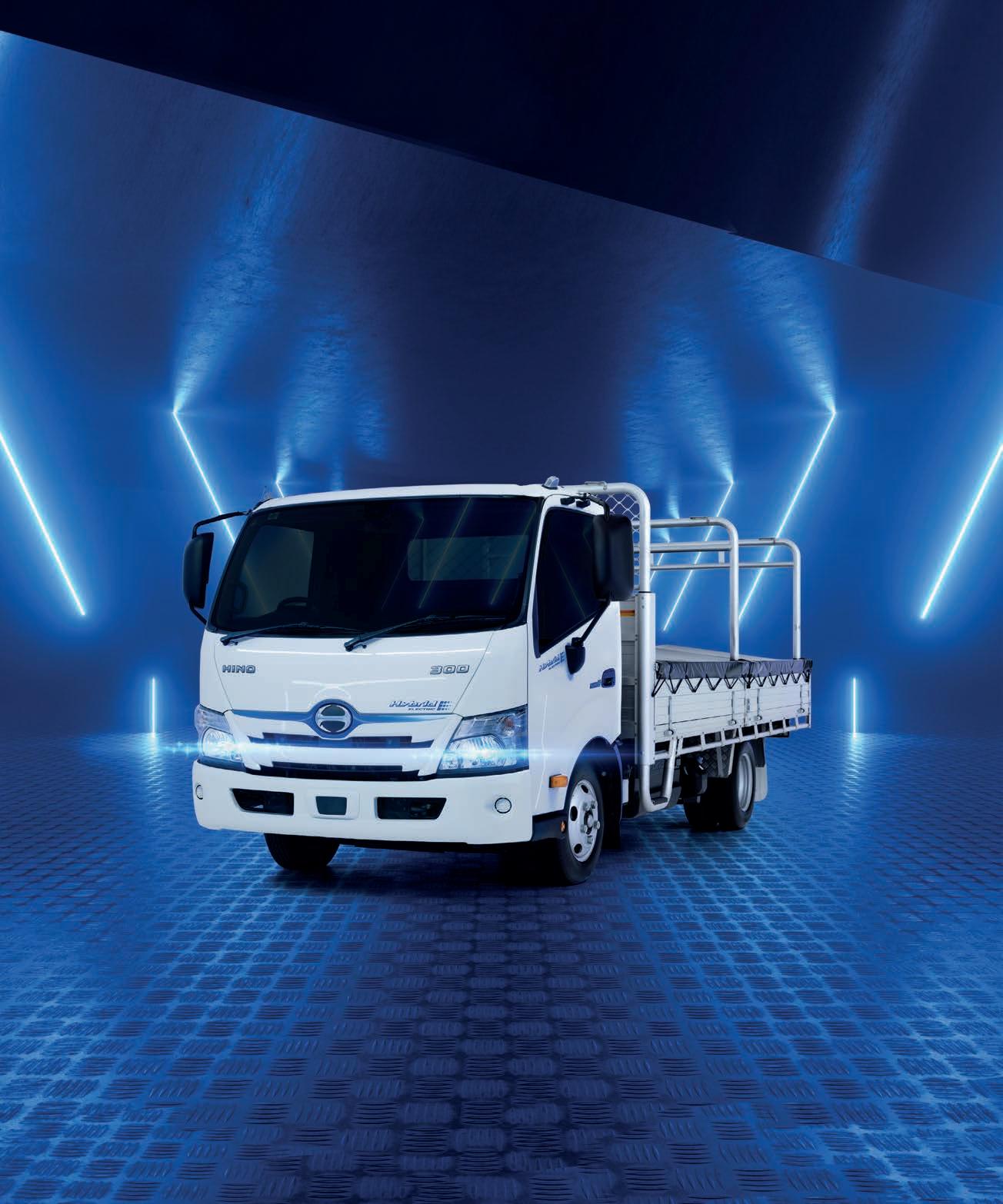
Change is inevitable, by embracing it with the Hino 300 Series Hybrid Electric, you can gain a genuine competitive advantage. Make real savings from your fuel and maintenance costs, reduce your operating costs and more. With superior technology at work, the Hino Hybrid Electric will deliver up to 20%* reduction in both fuel use and emissions, compared to a traditional diesel truck. As there is no starter motor, the regenerative braking system charges the batteries which means increased on-road time with no recharge requirements, and a 16% annual maintenance cost reduction due to less wear and tear on the brakes. That’s the power of change, that’s the Hino Hybrid Electric. Visit hino.com.au
*Actual